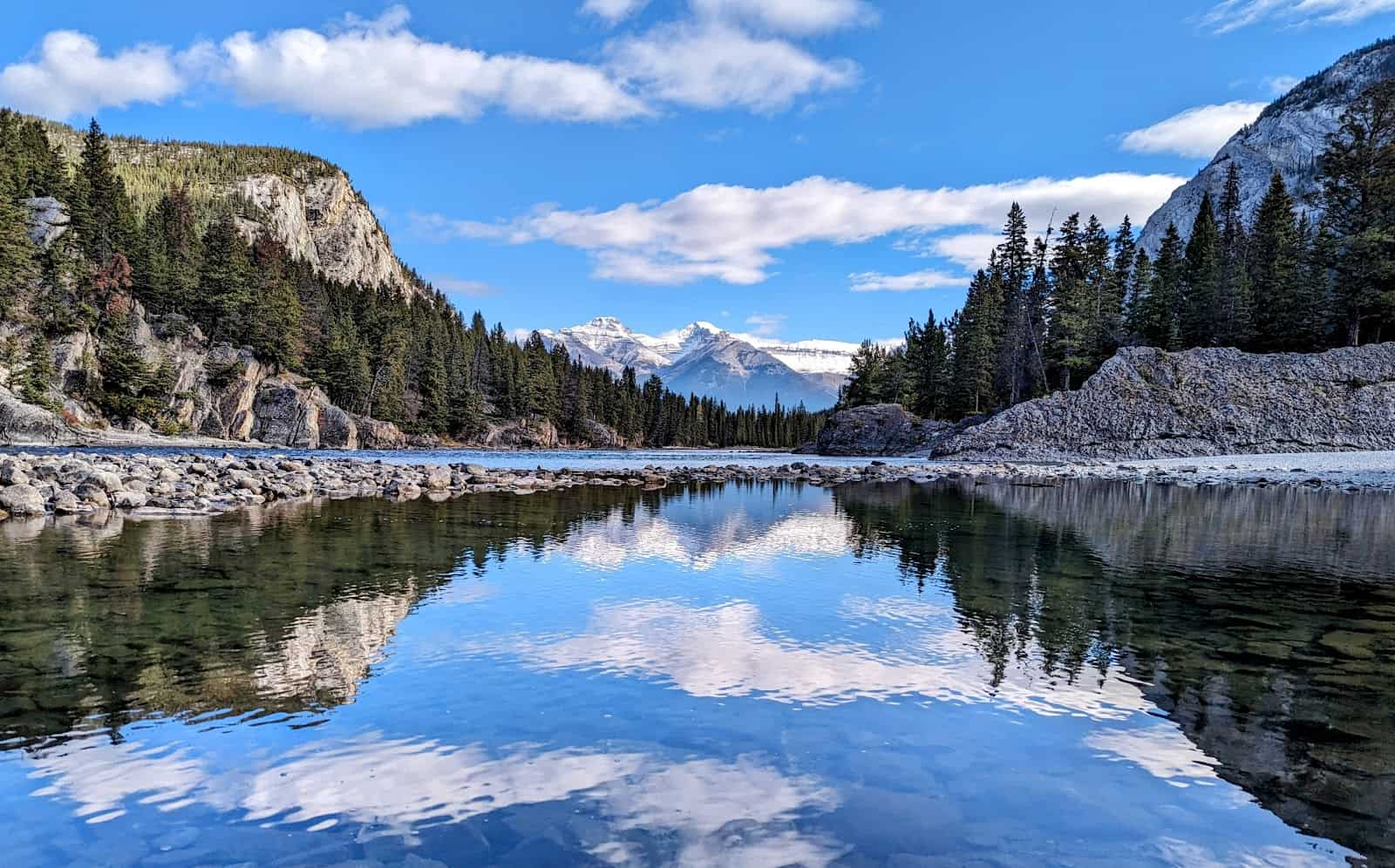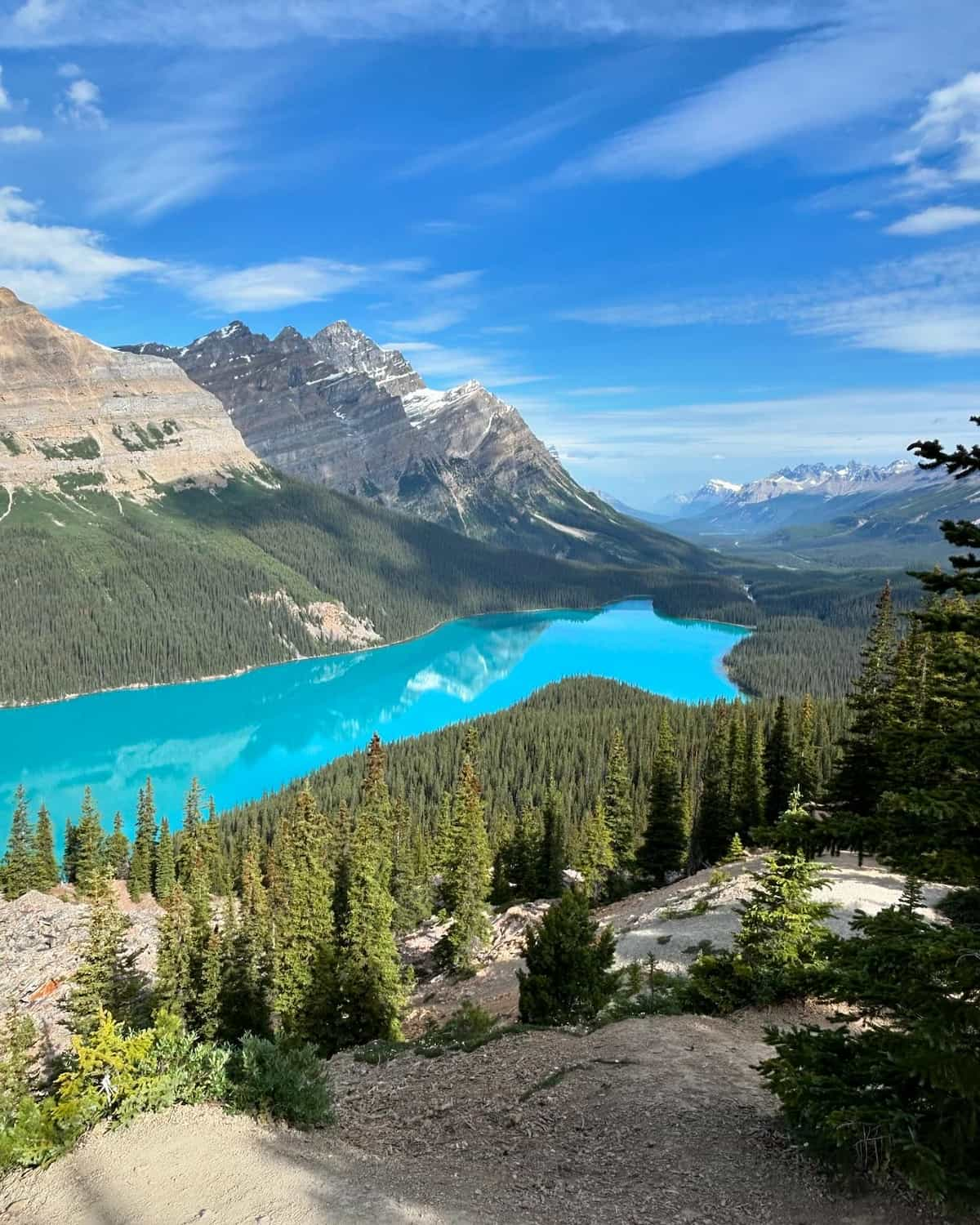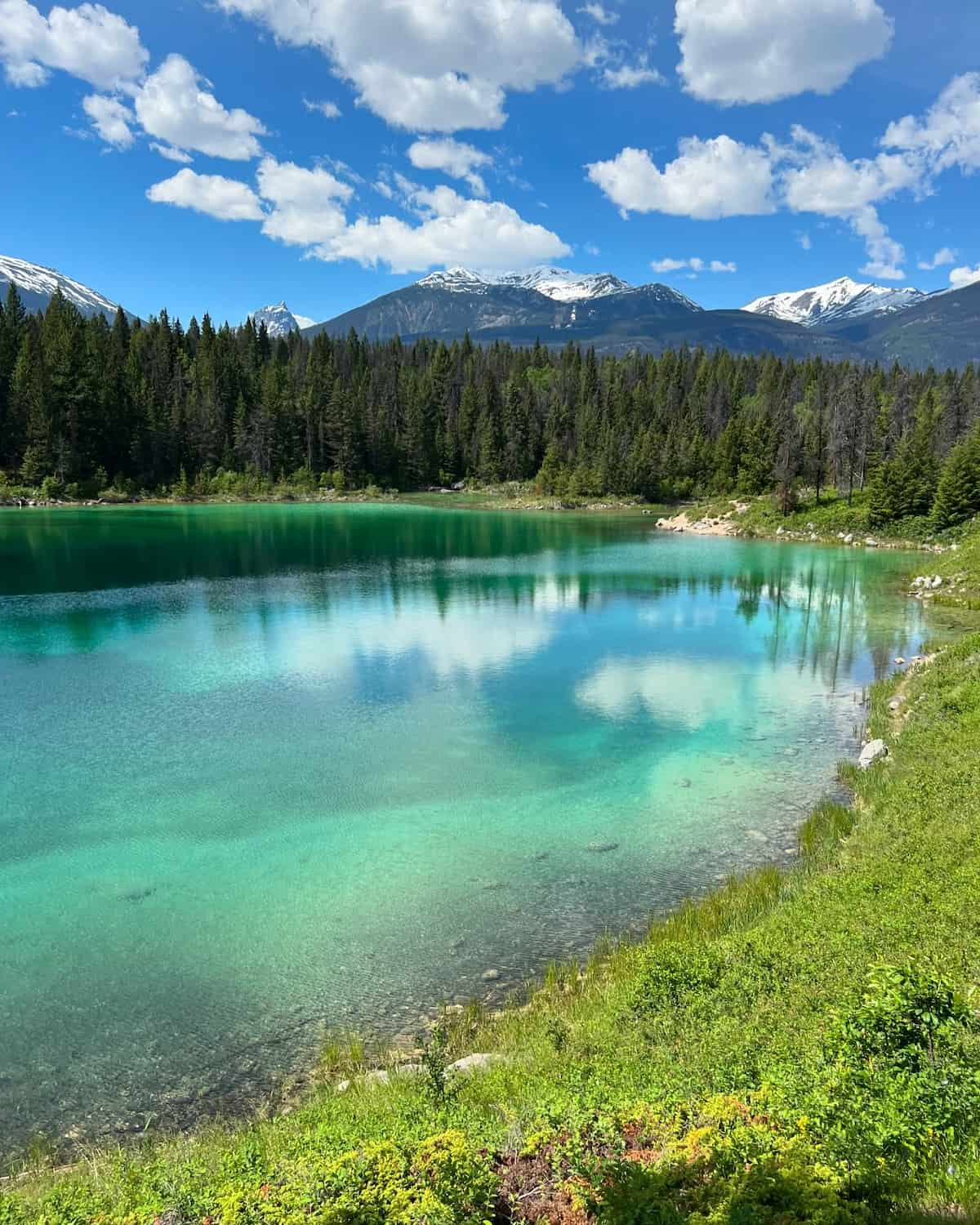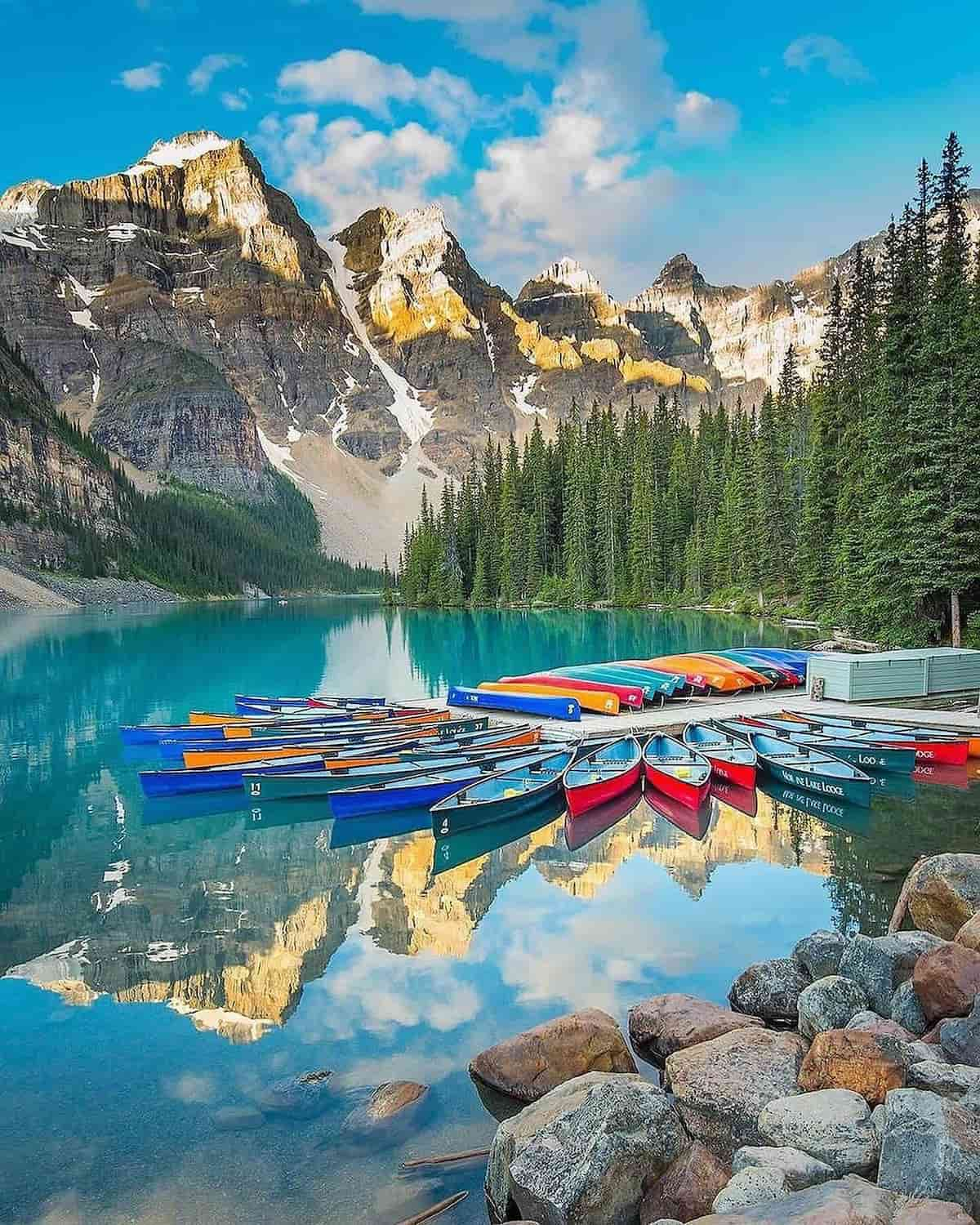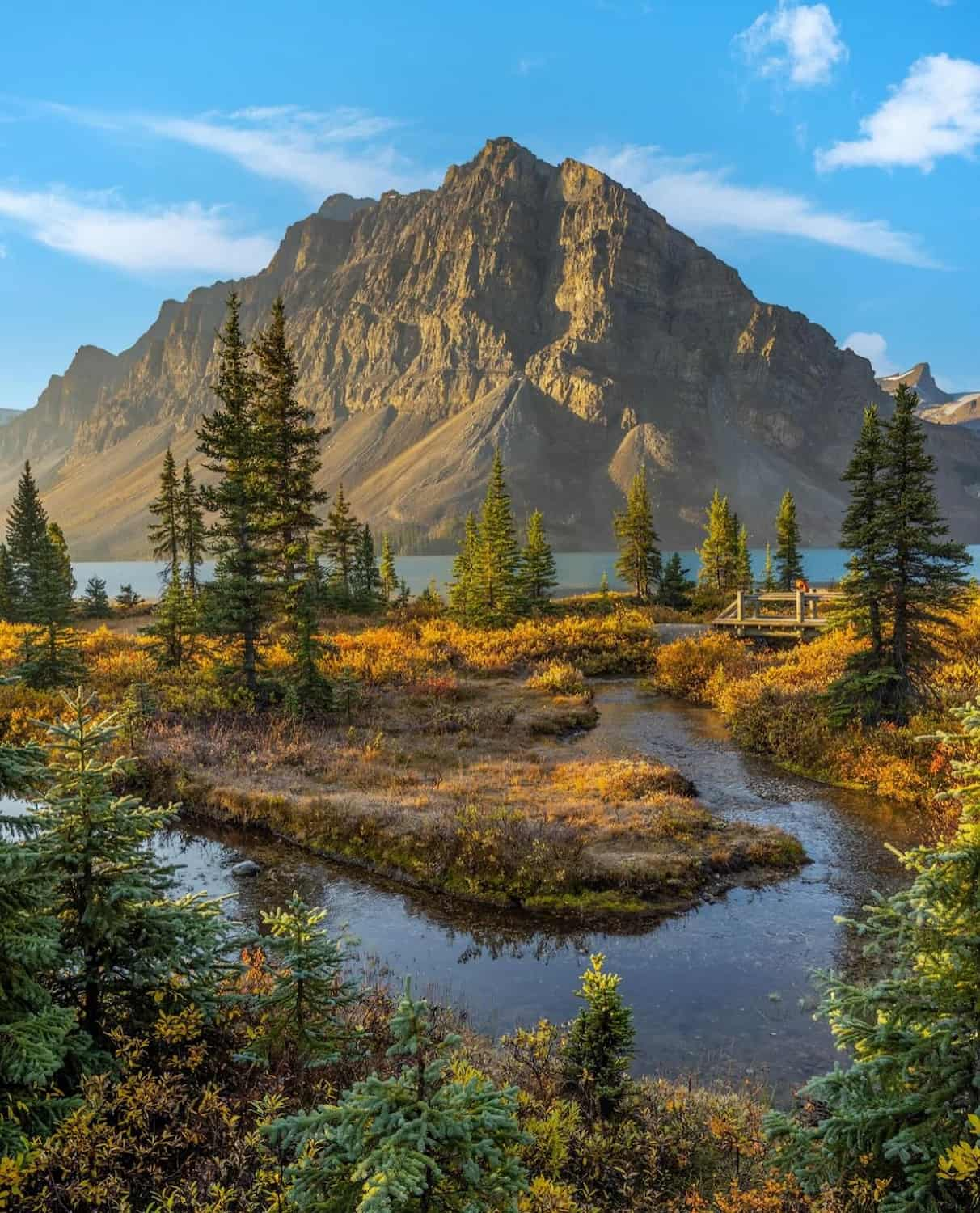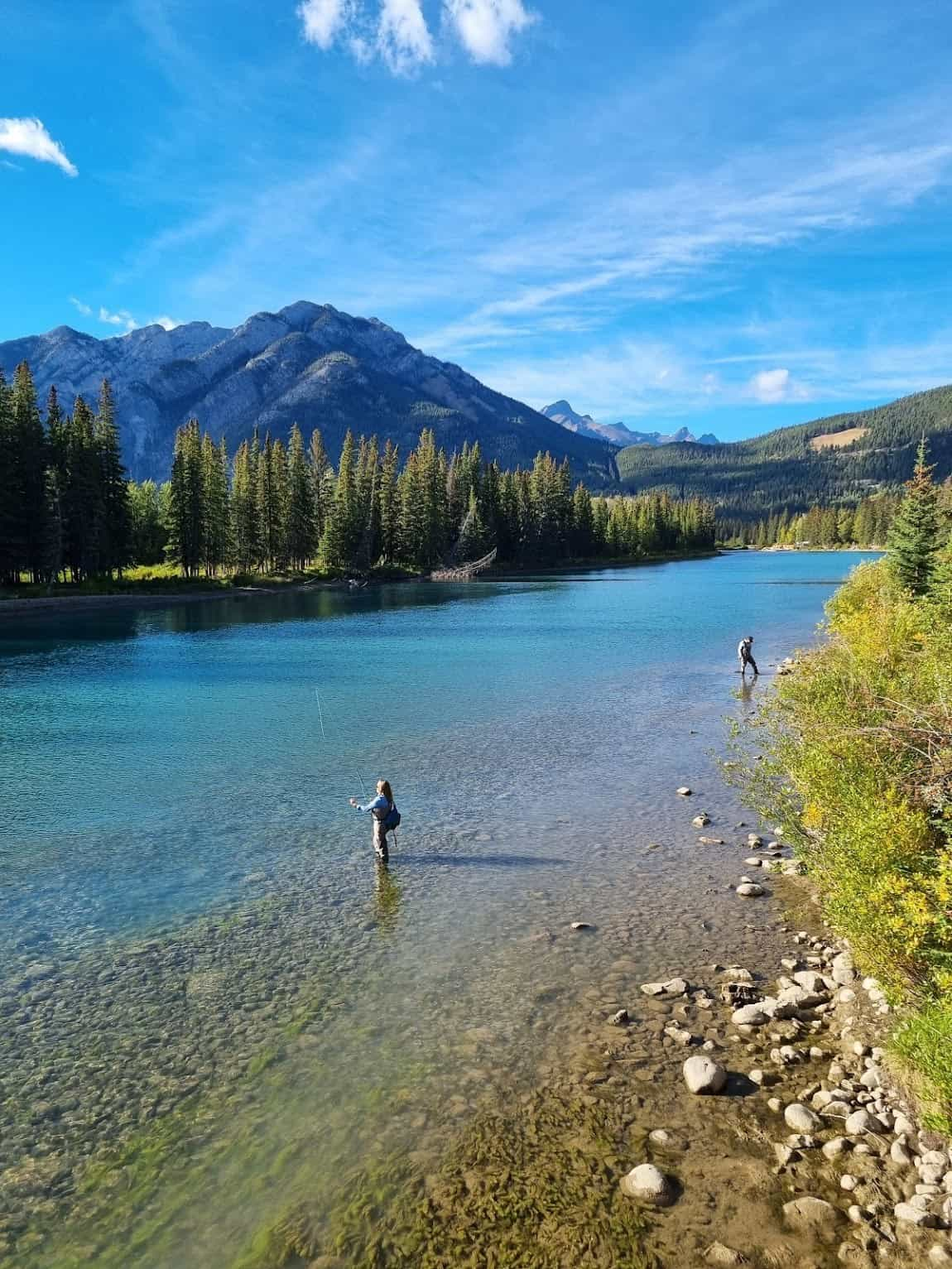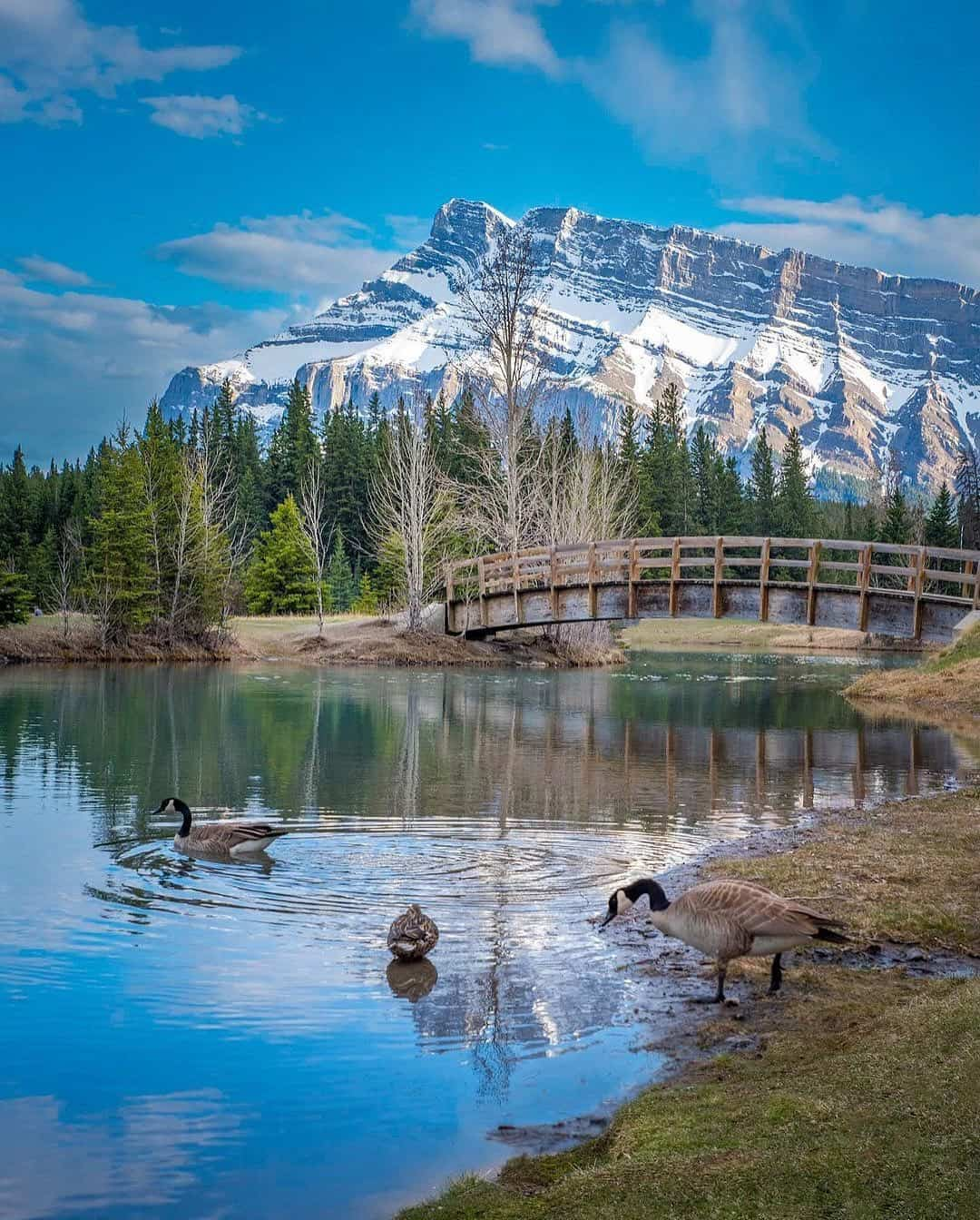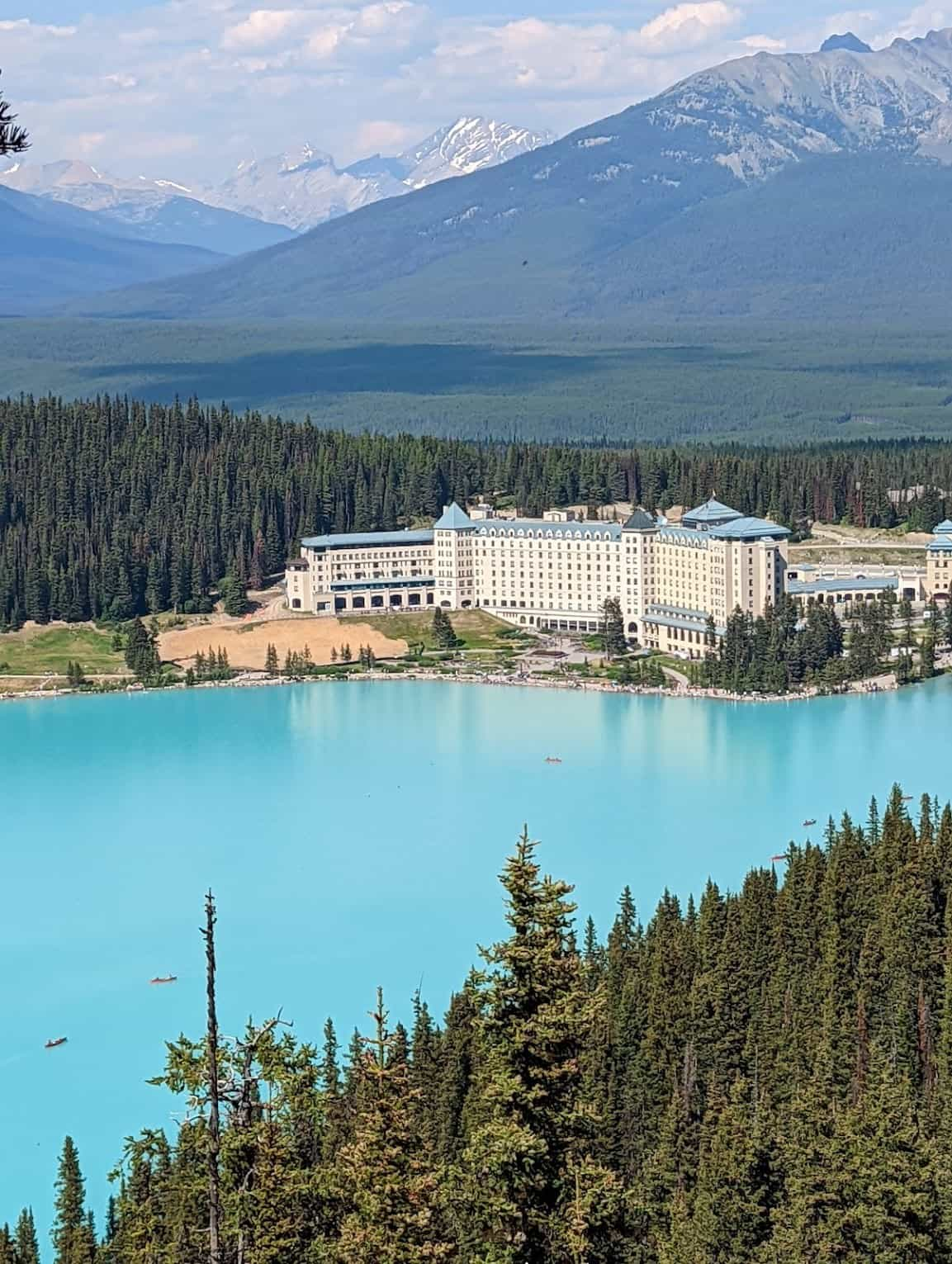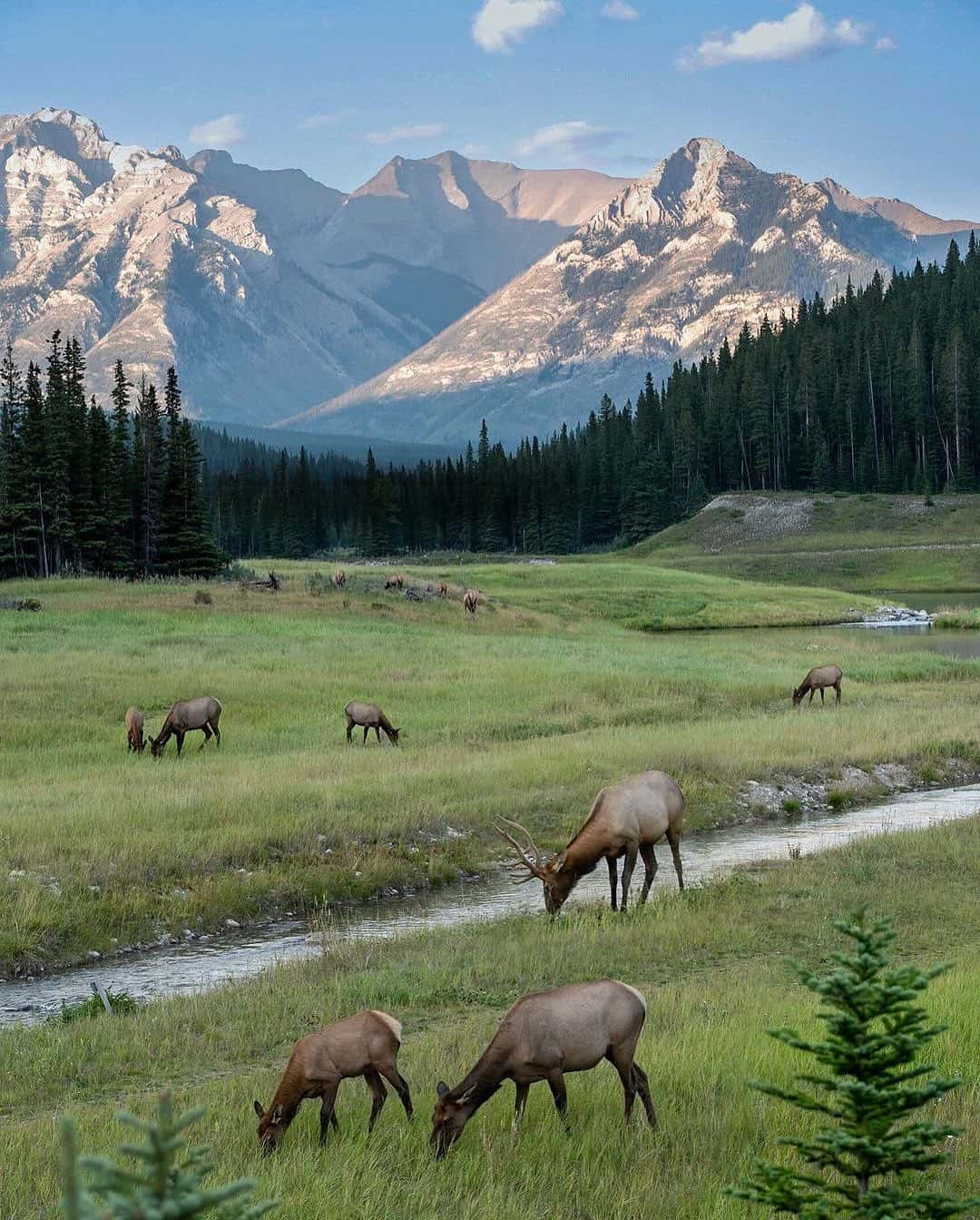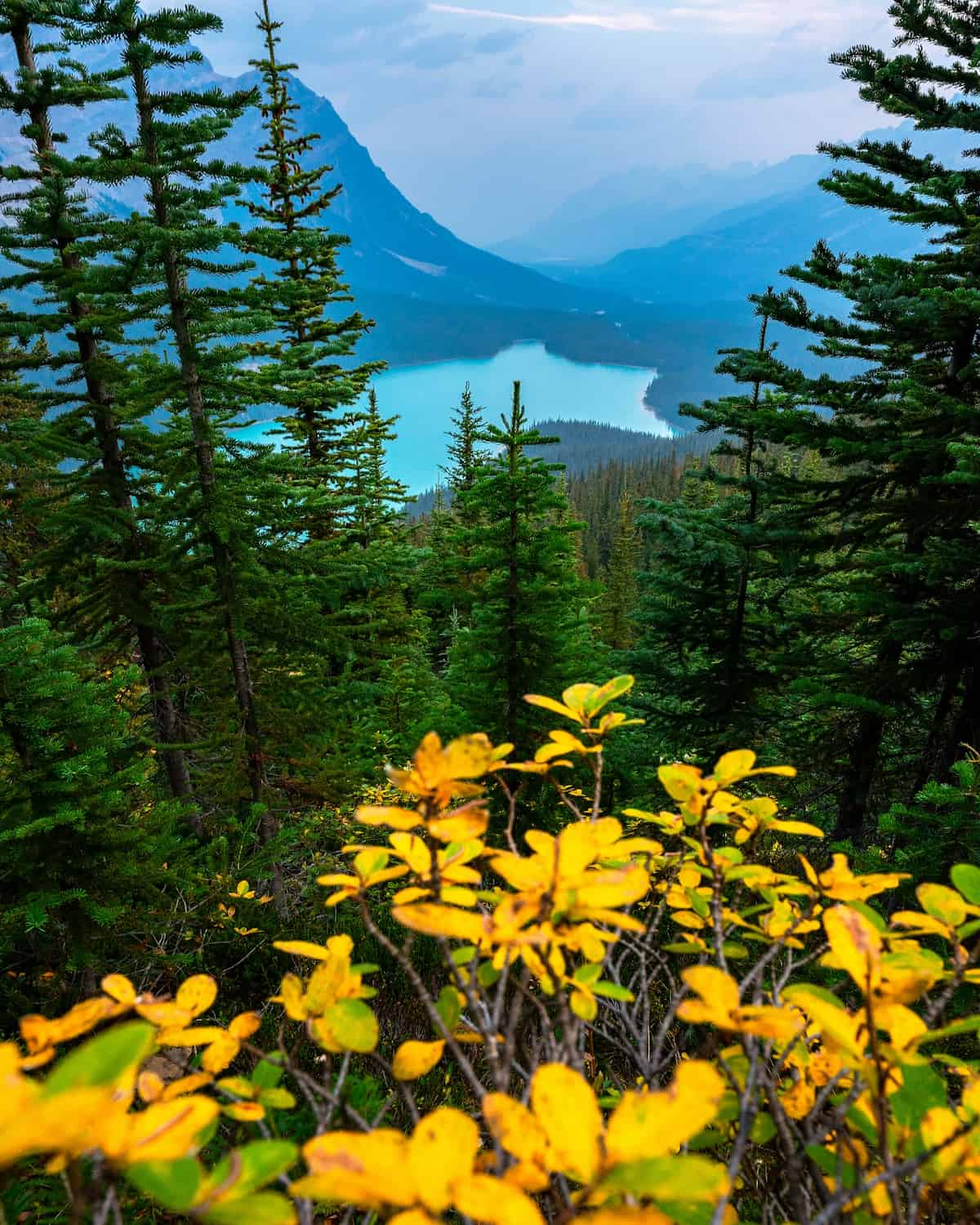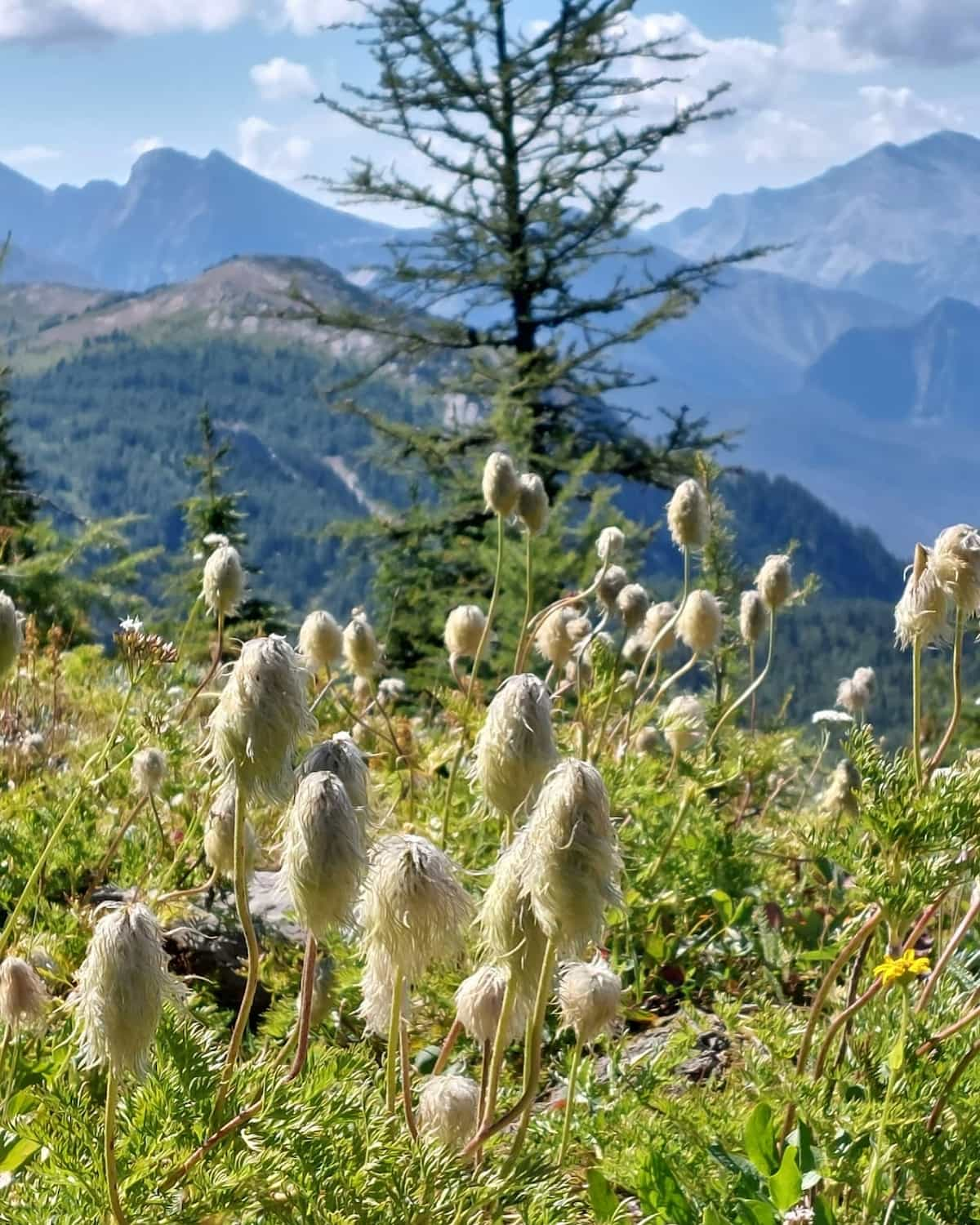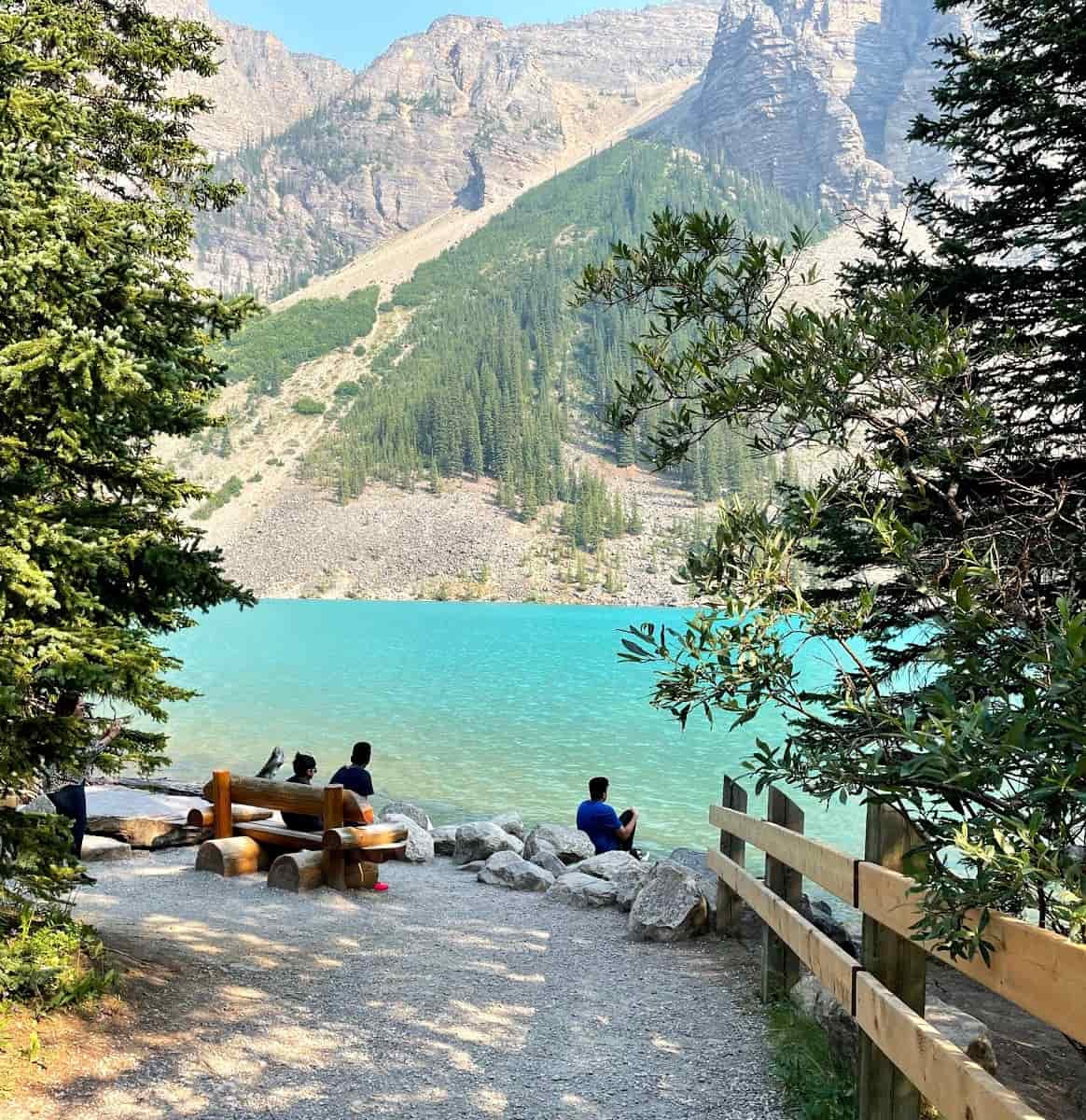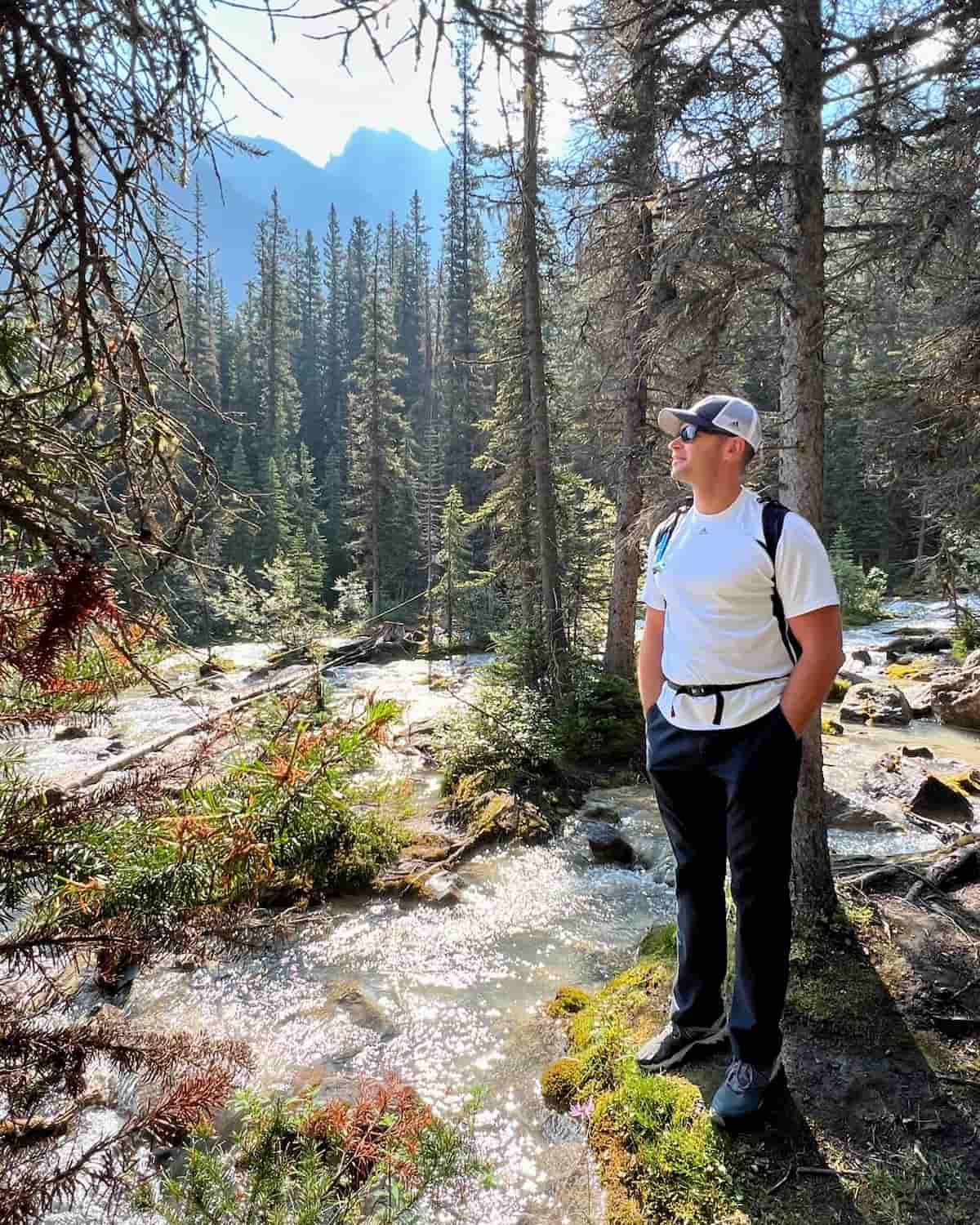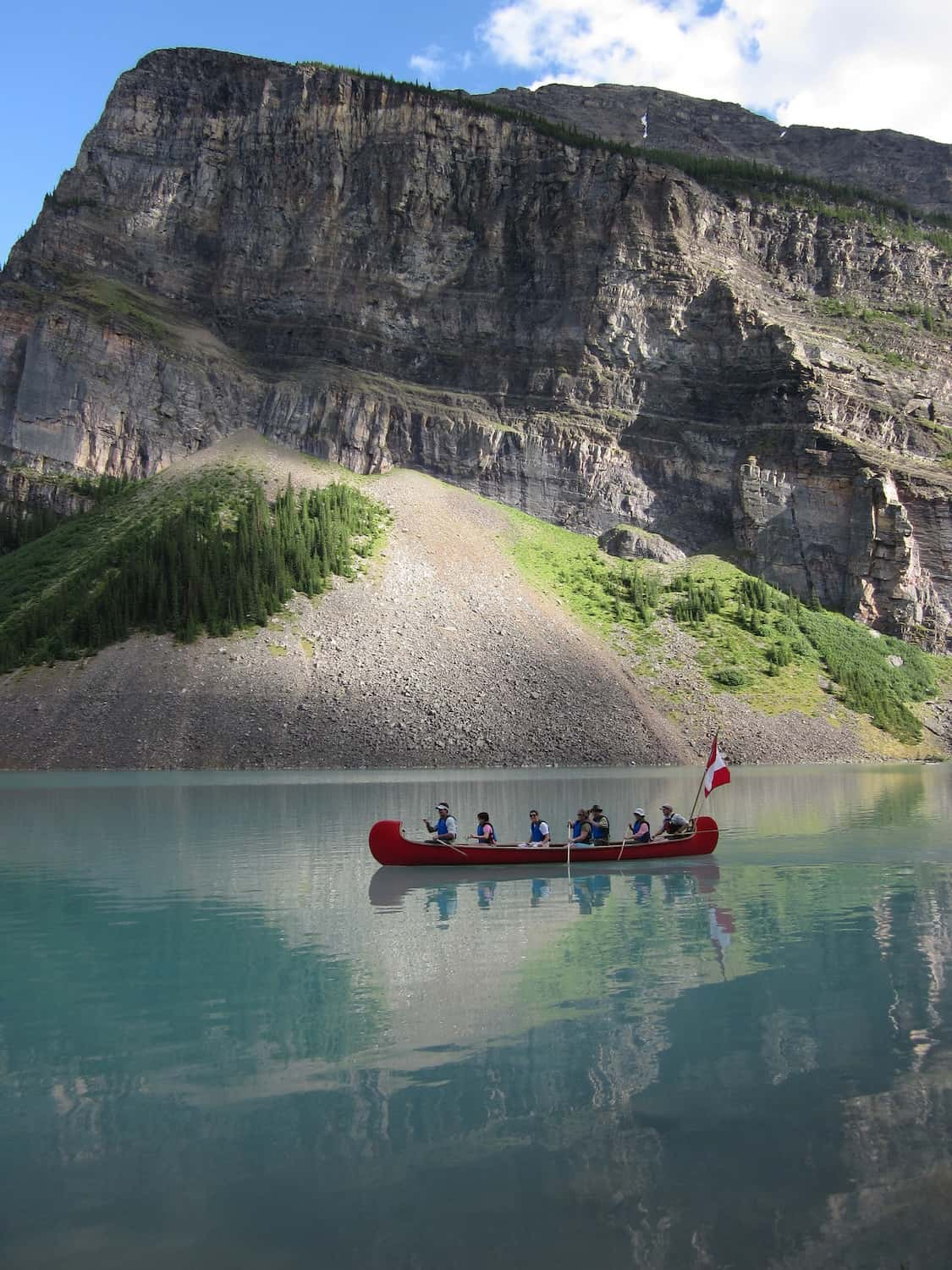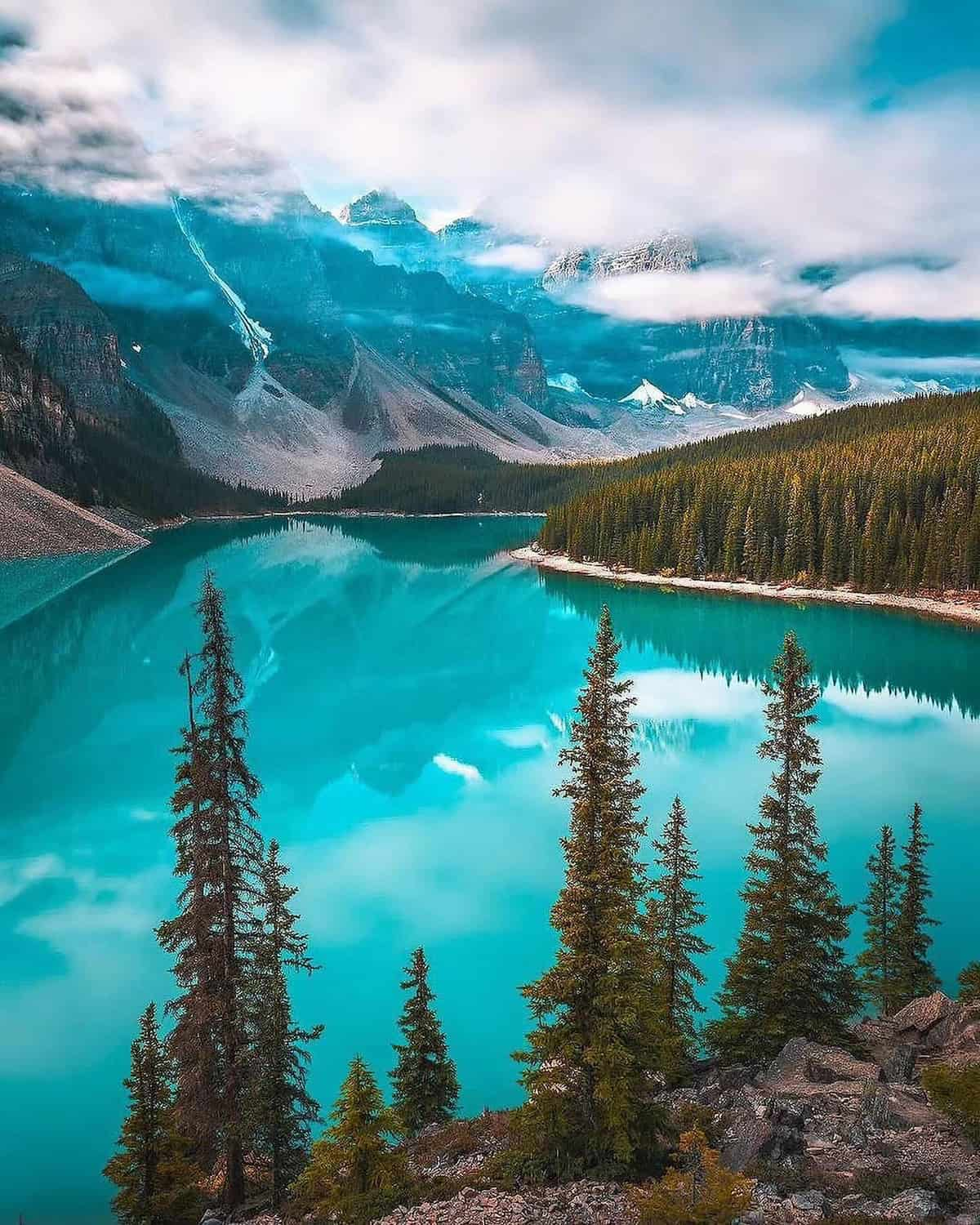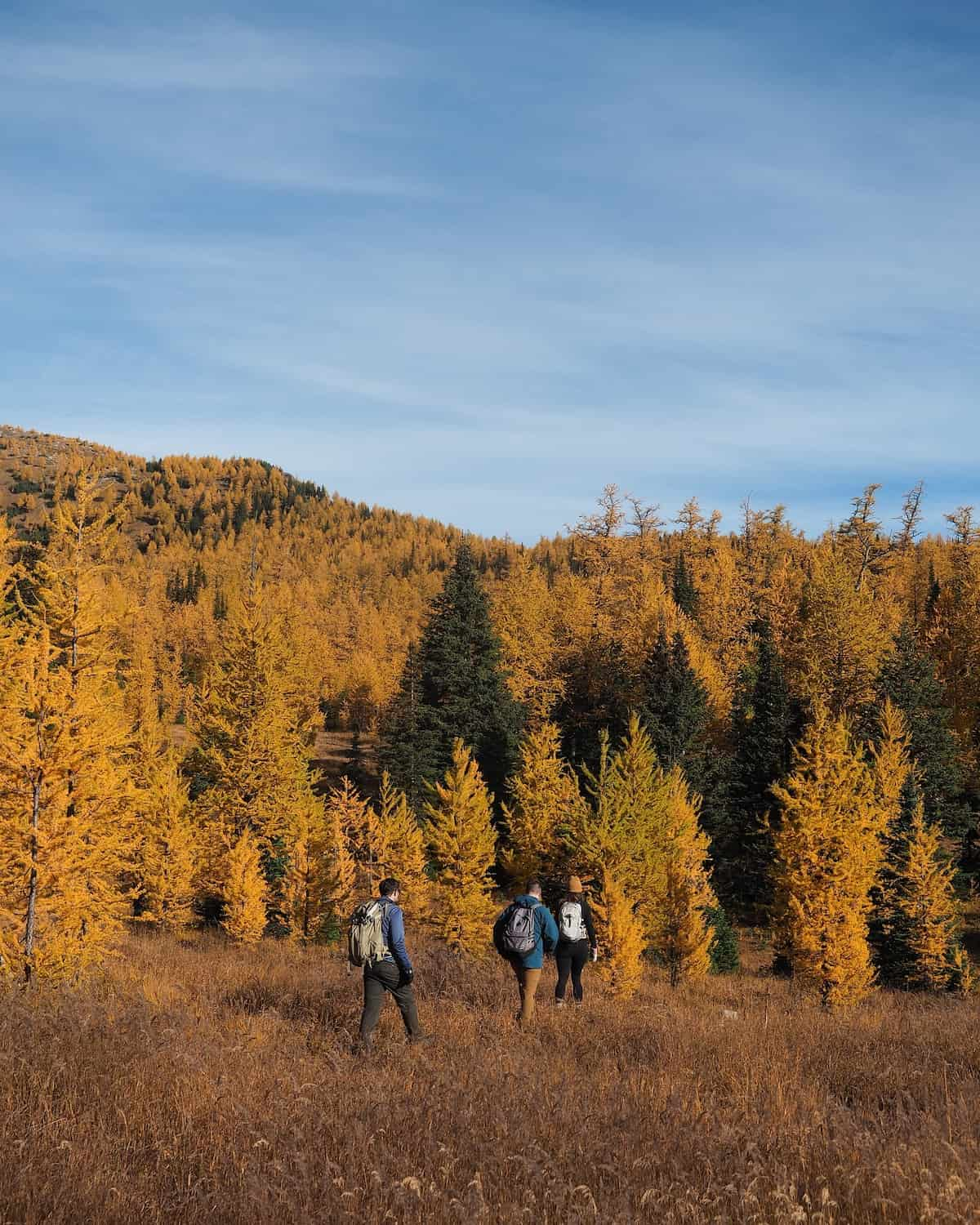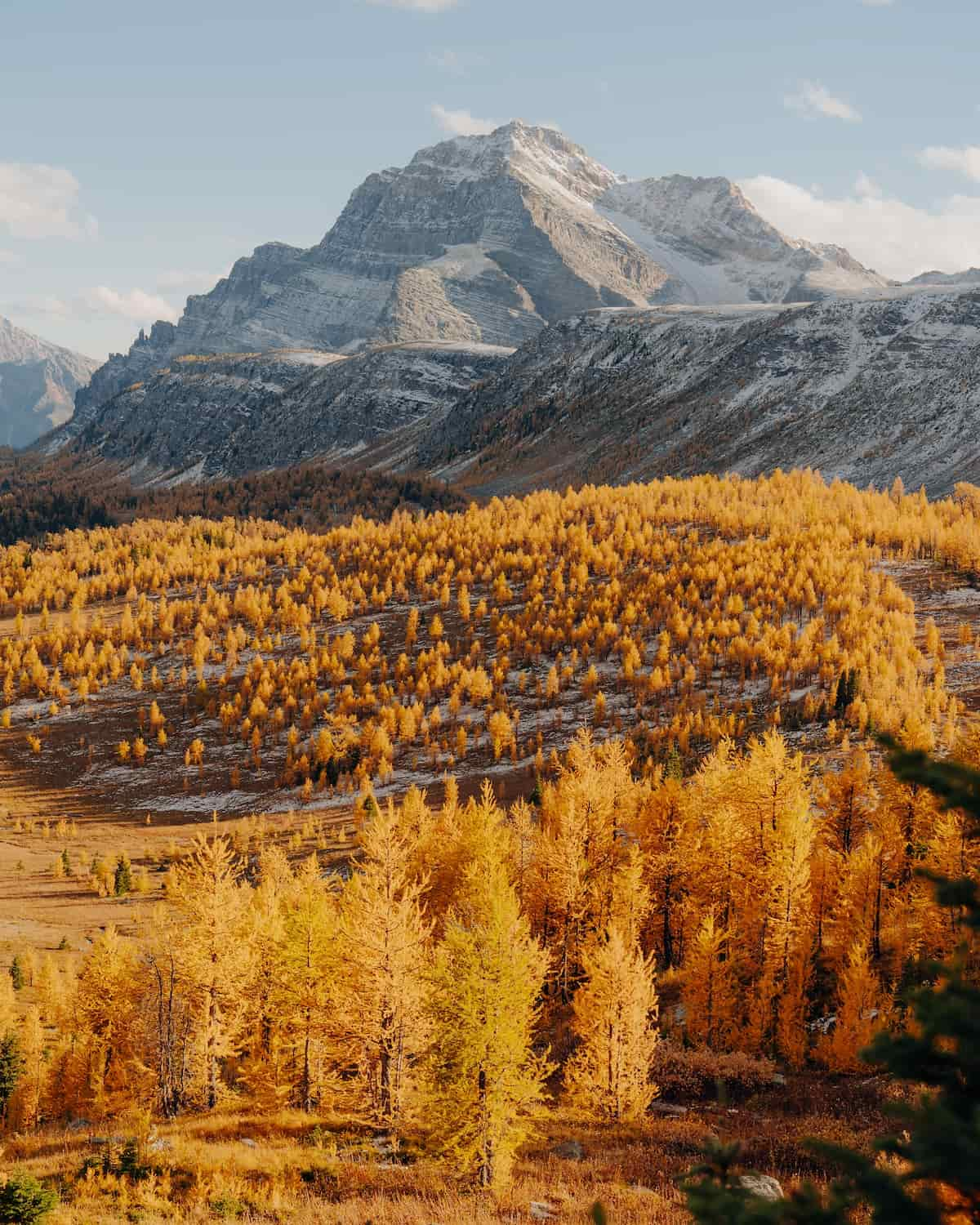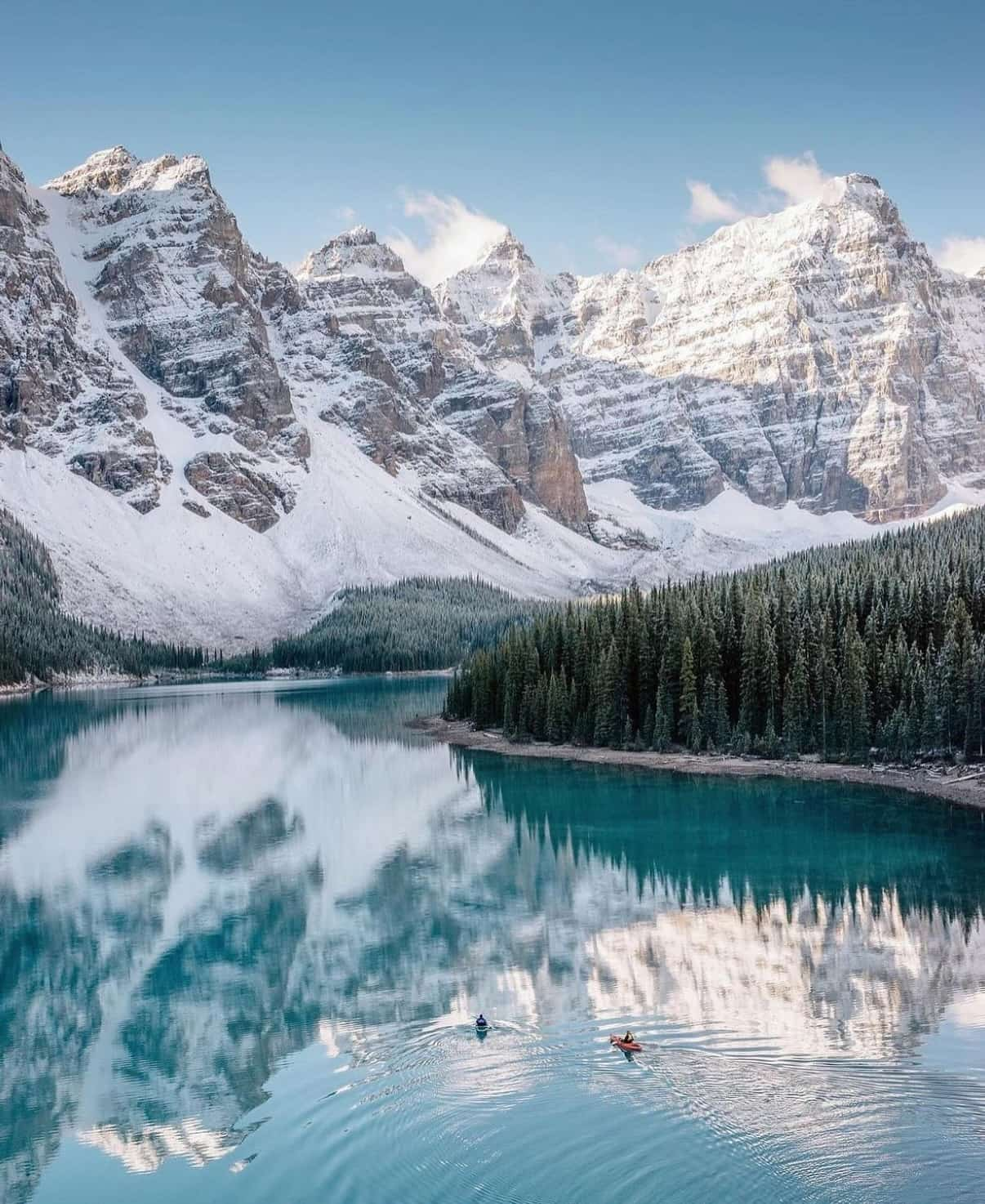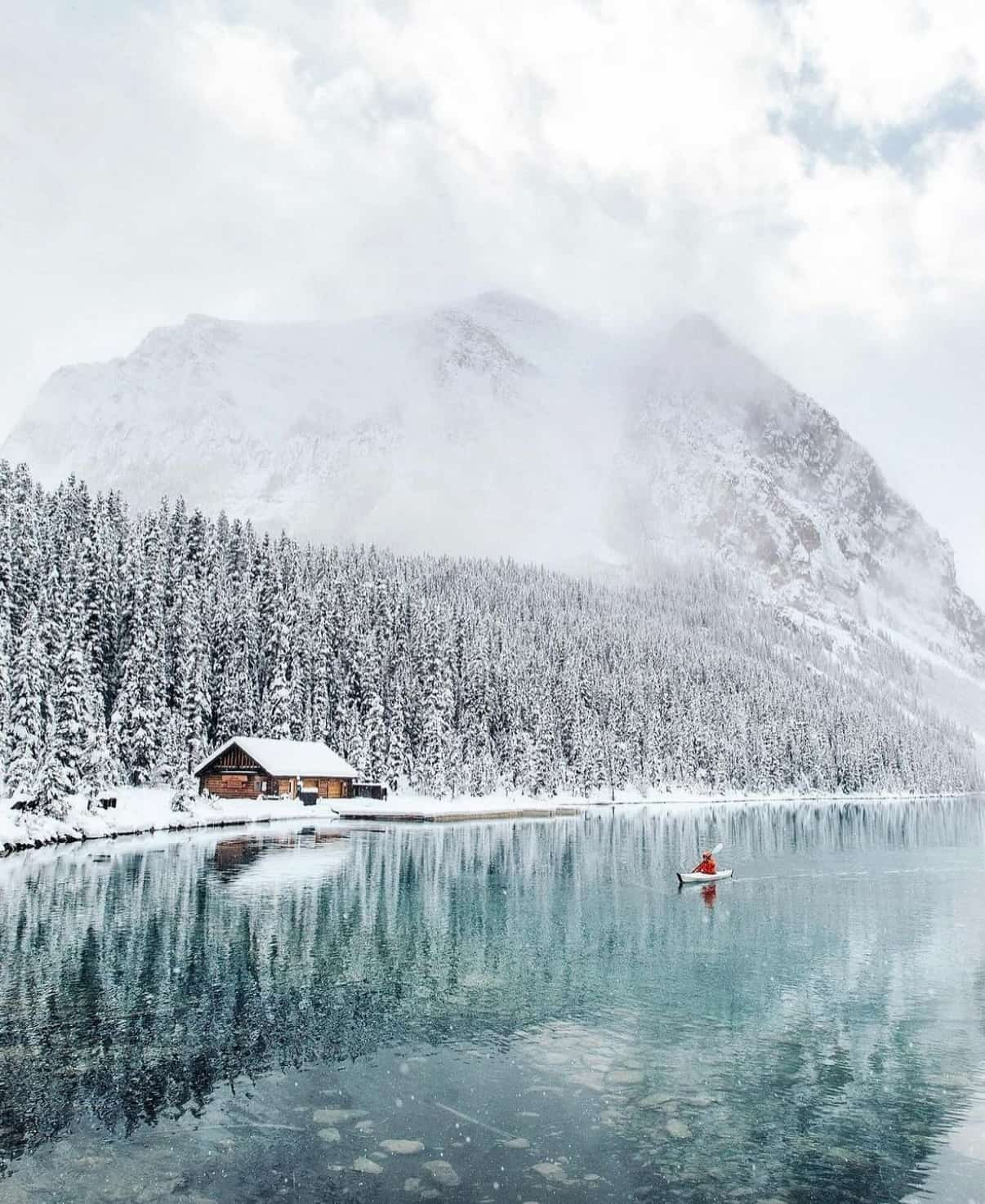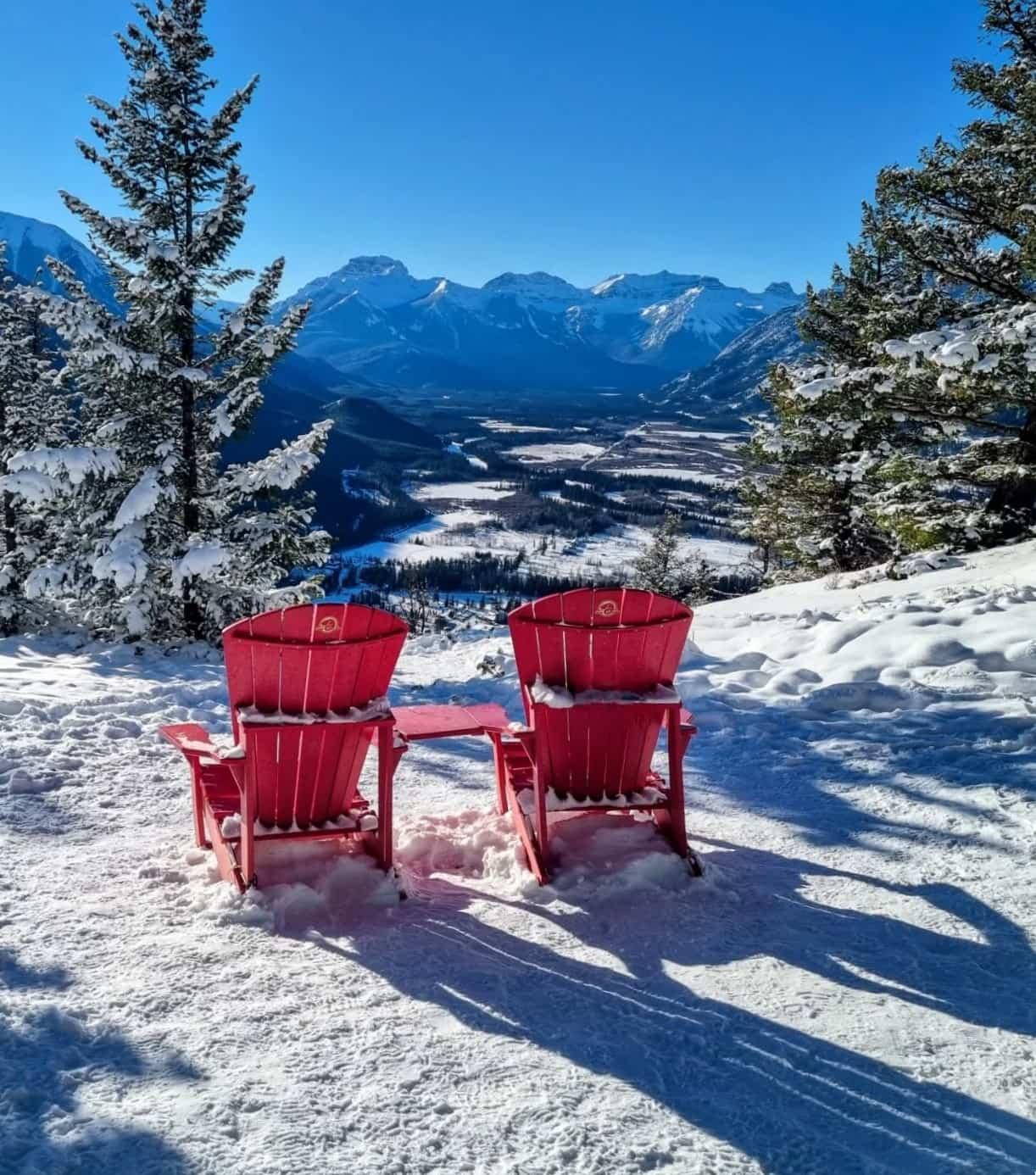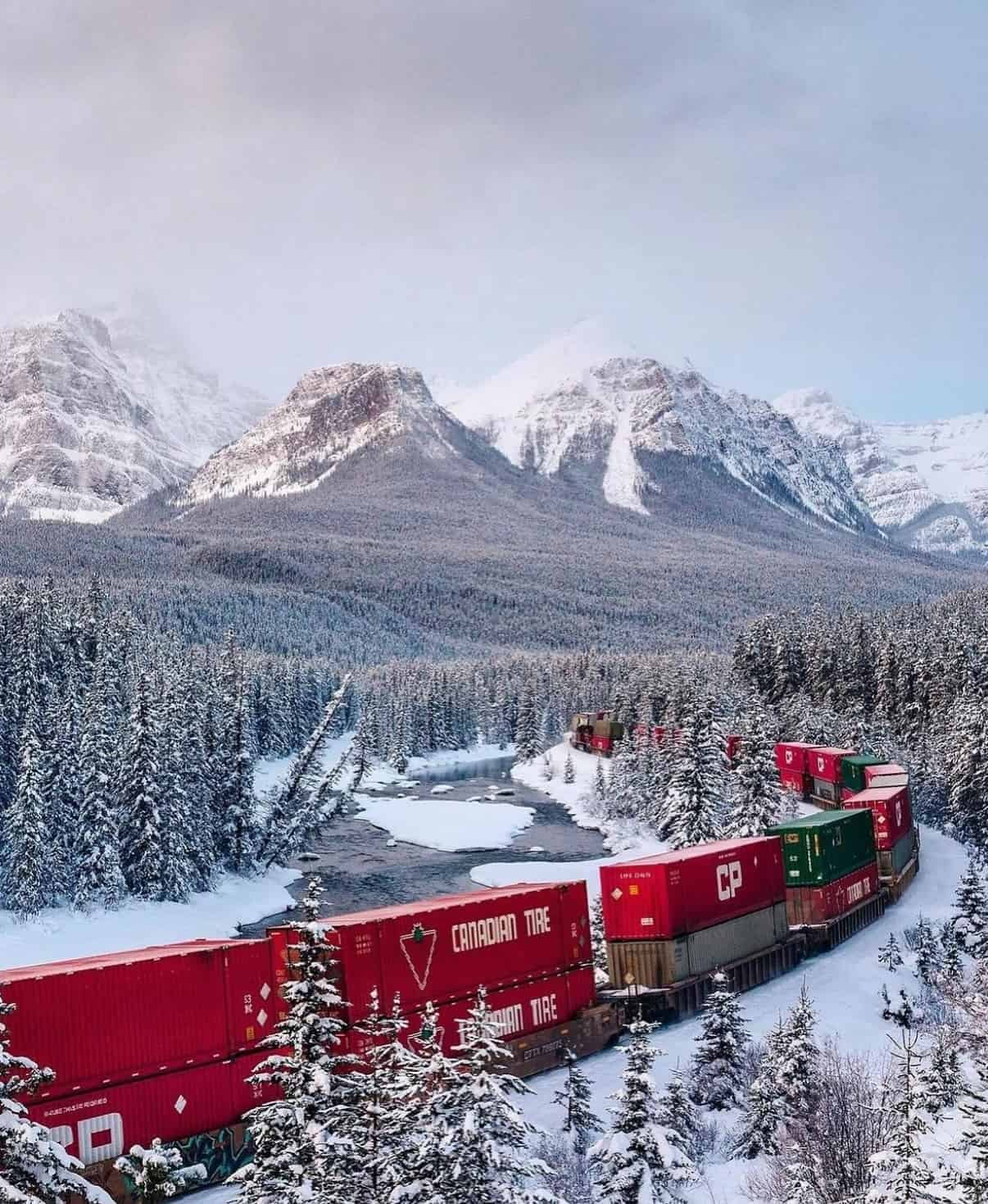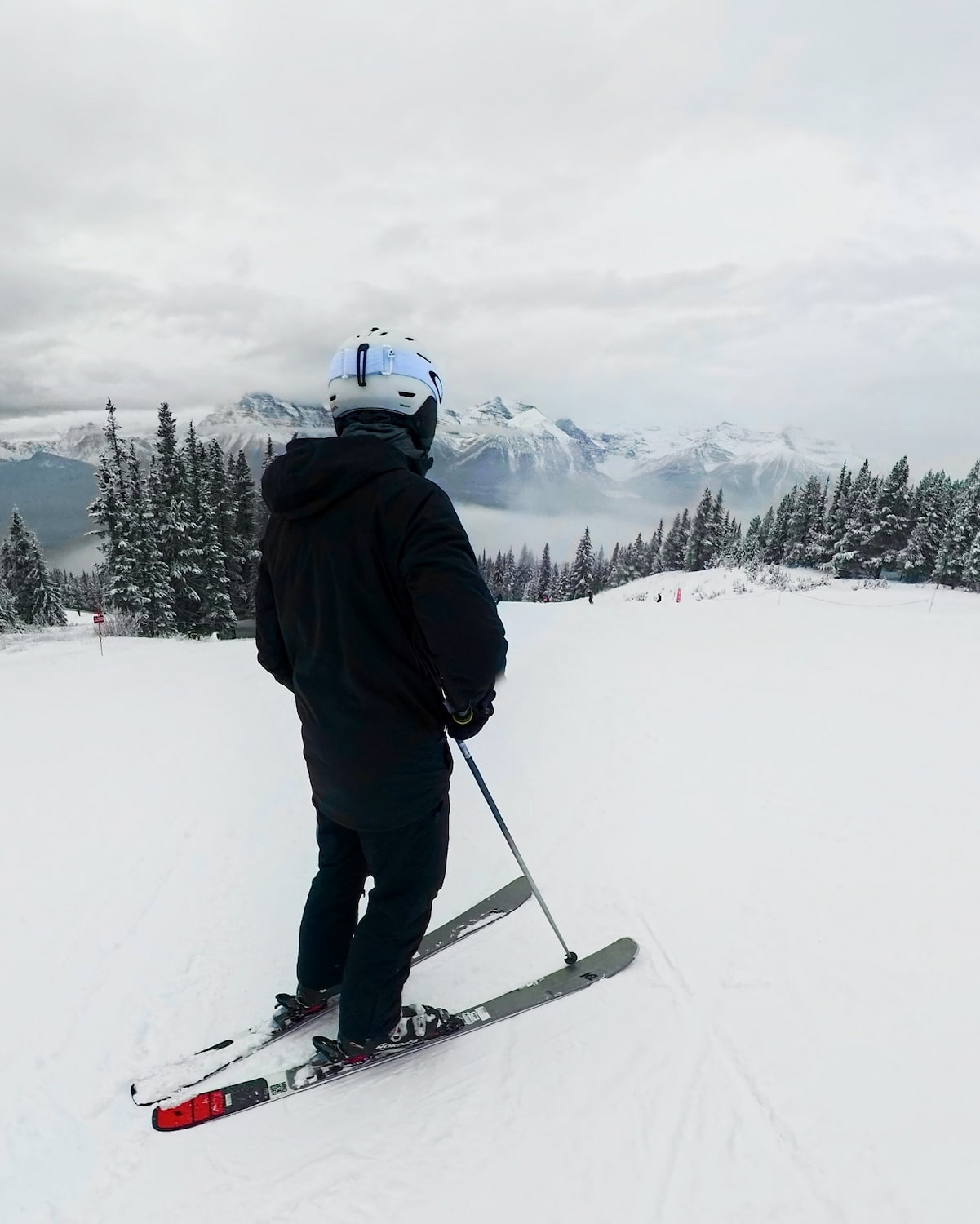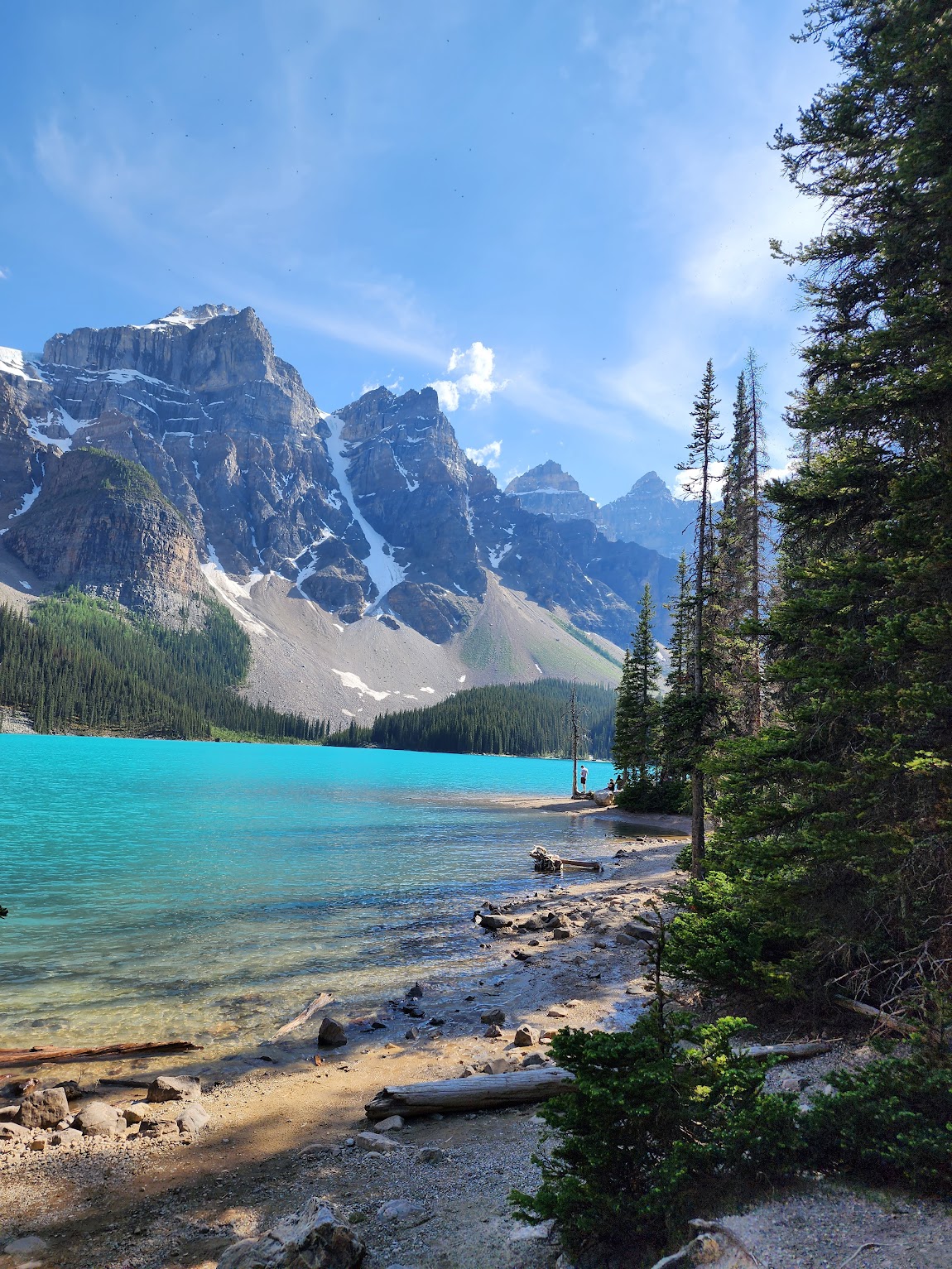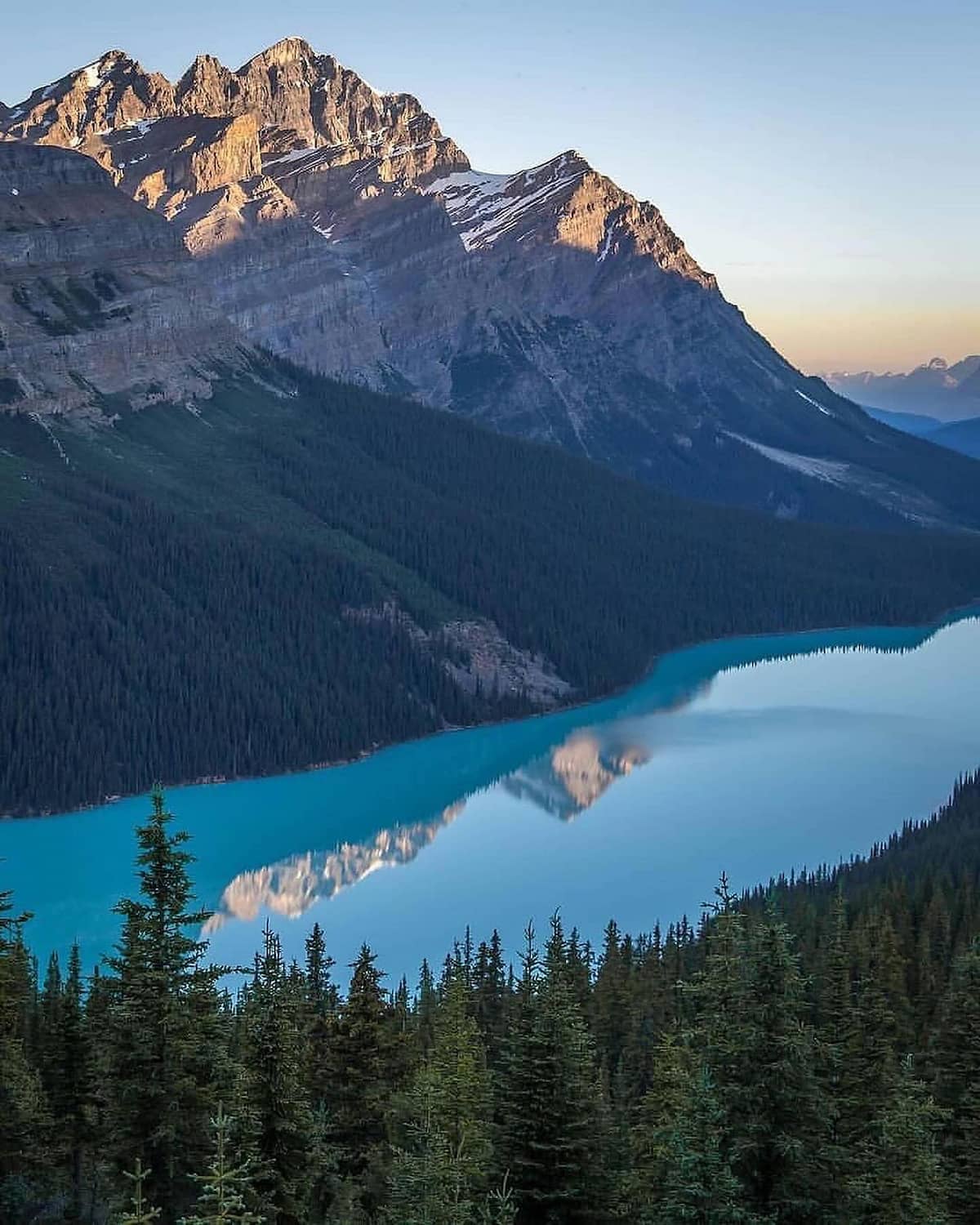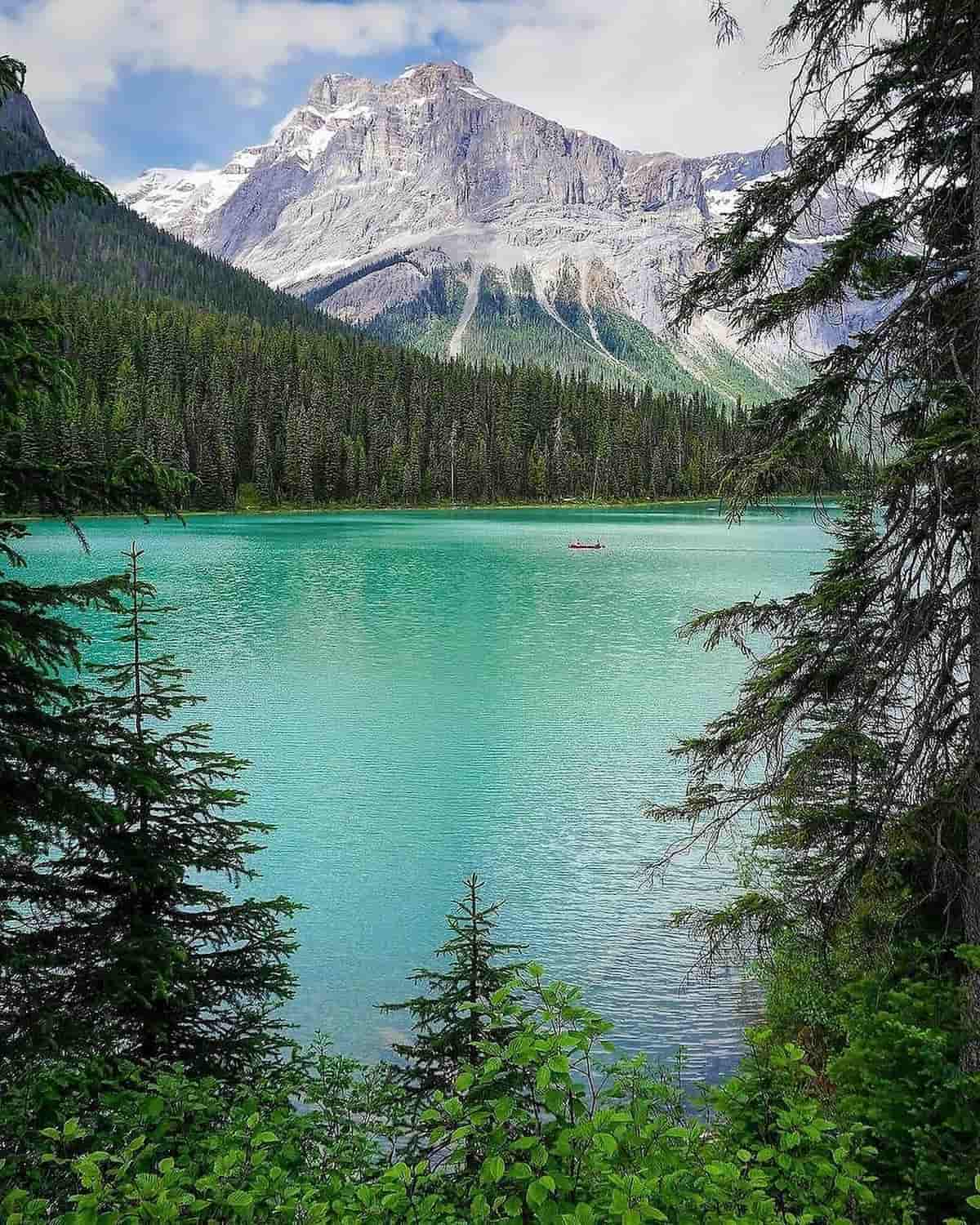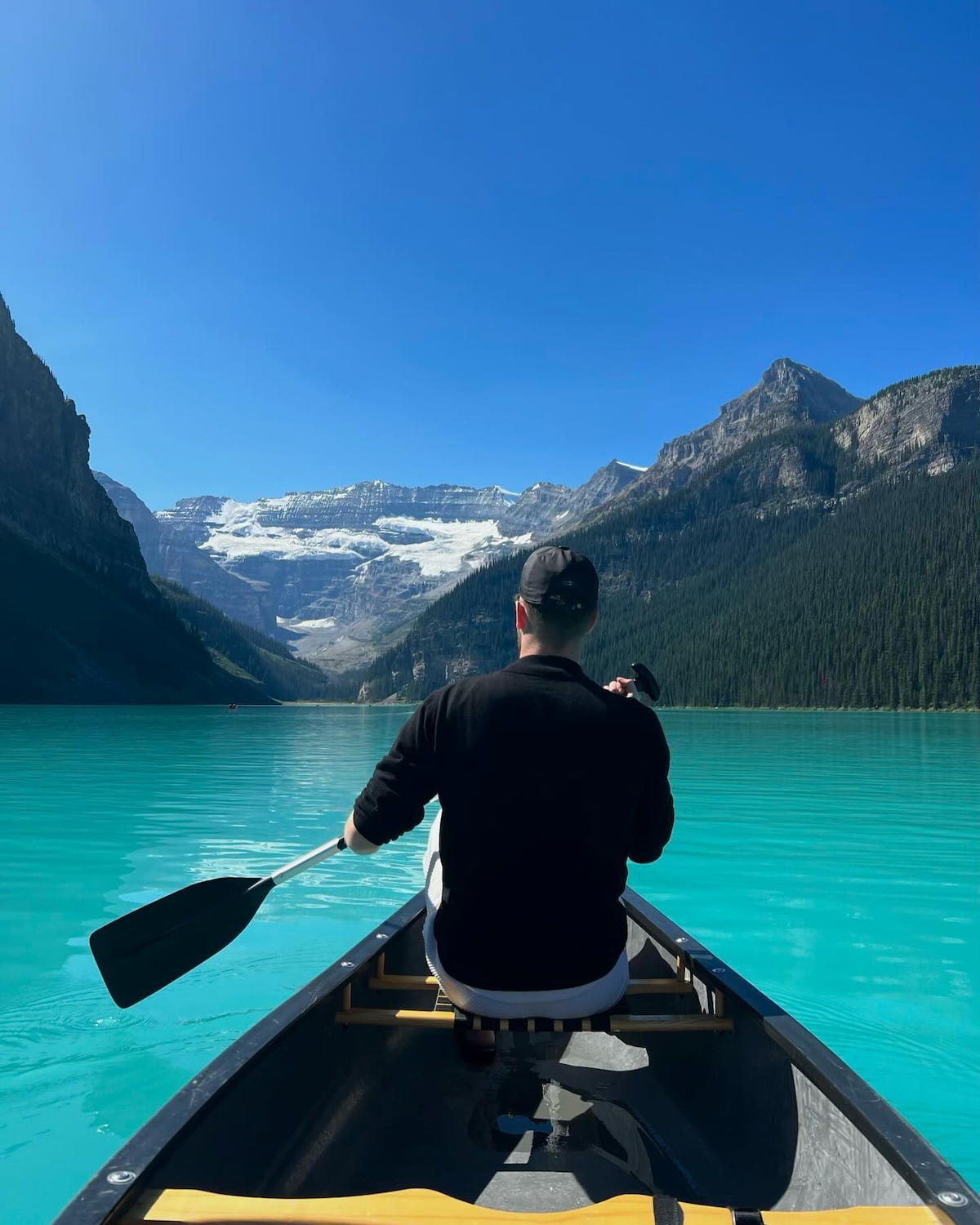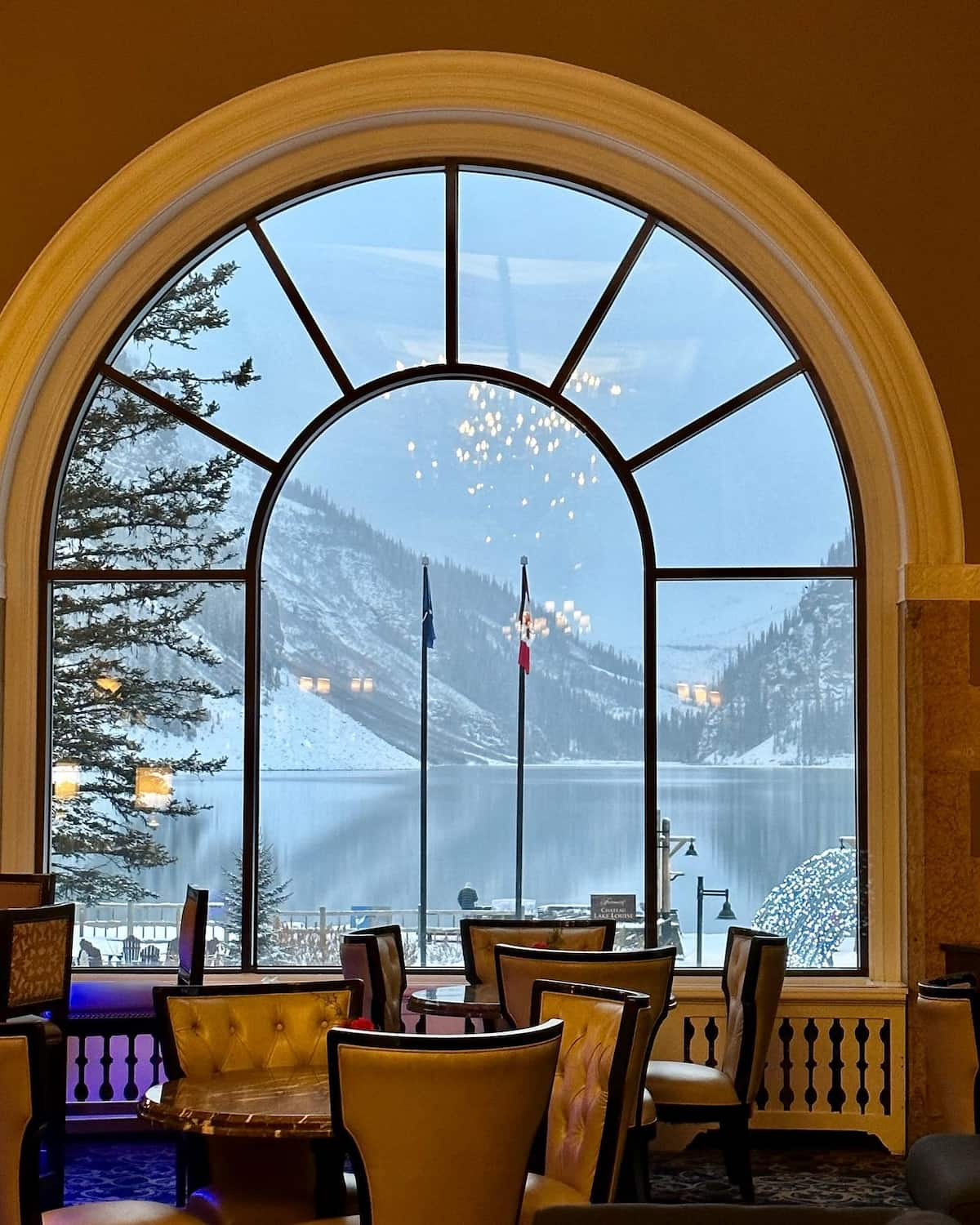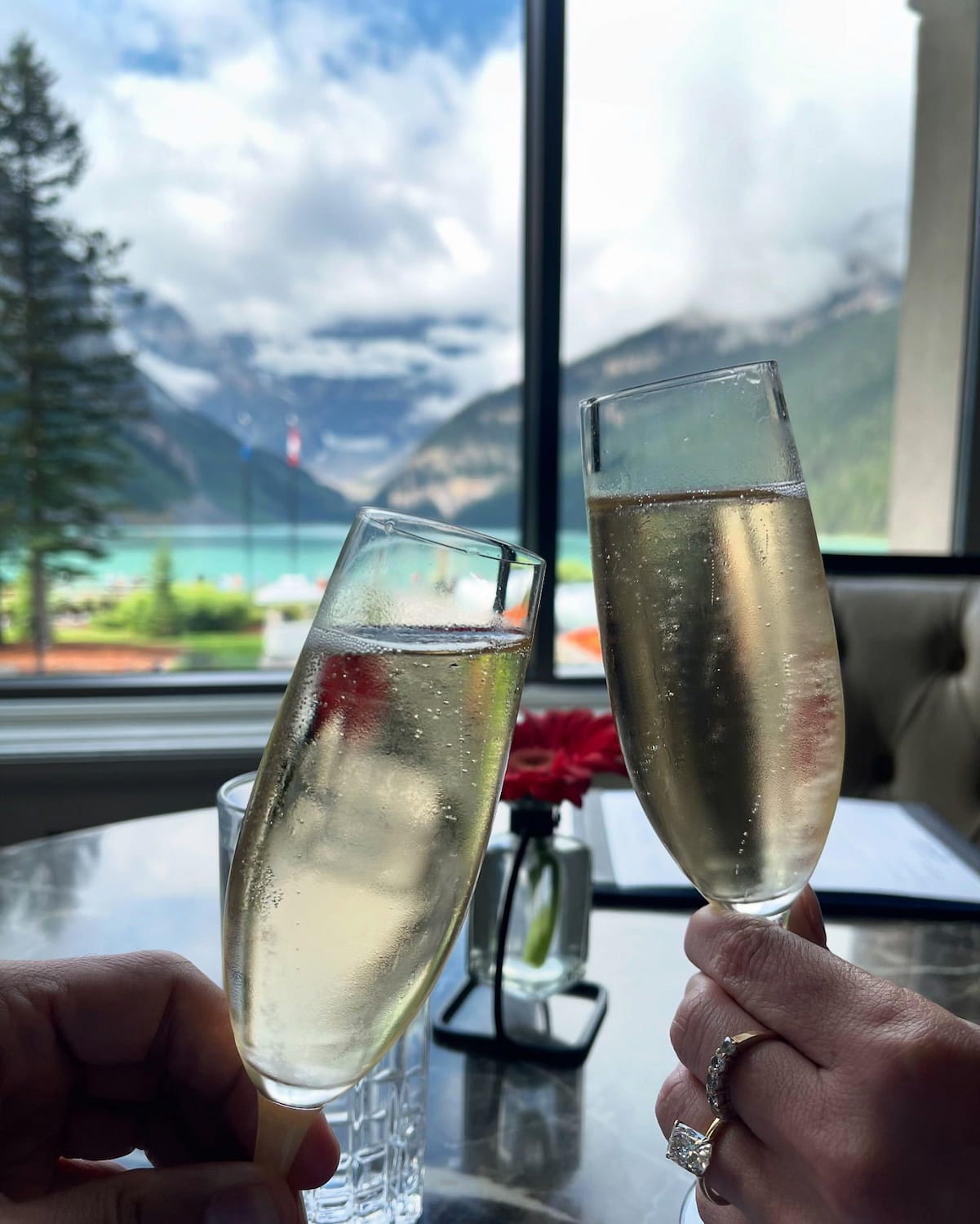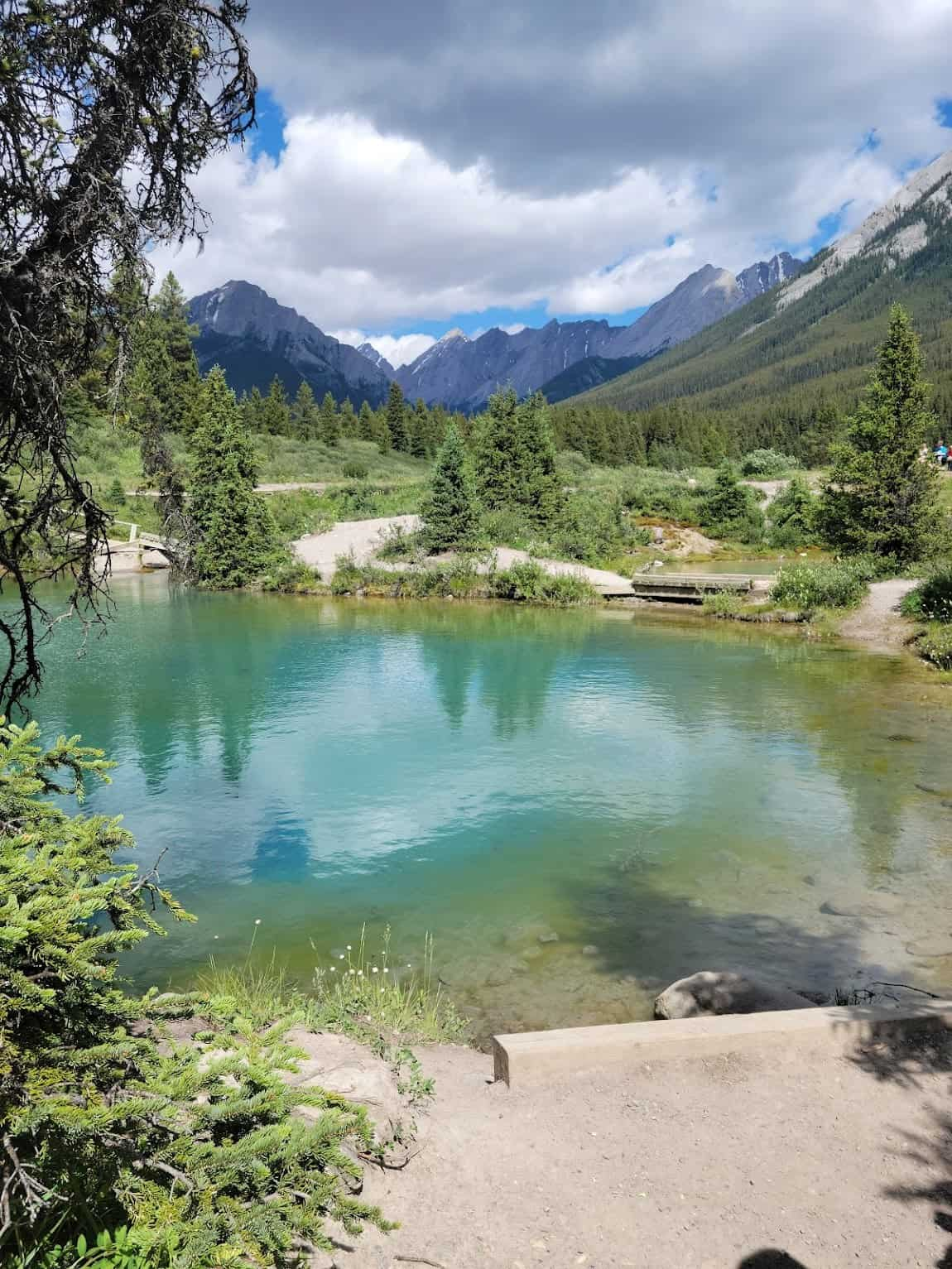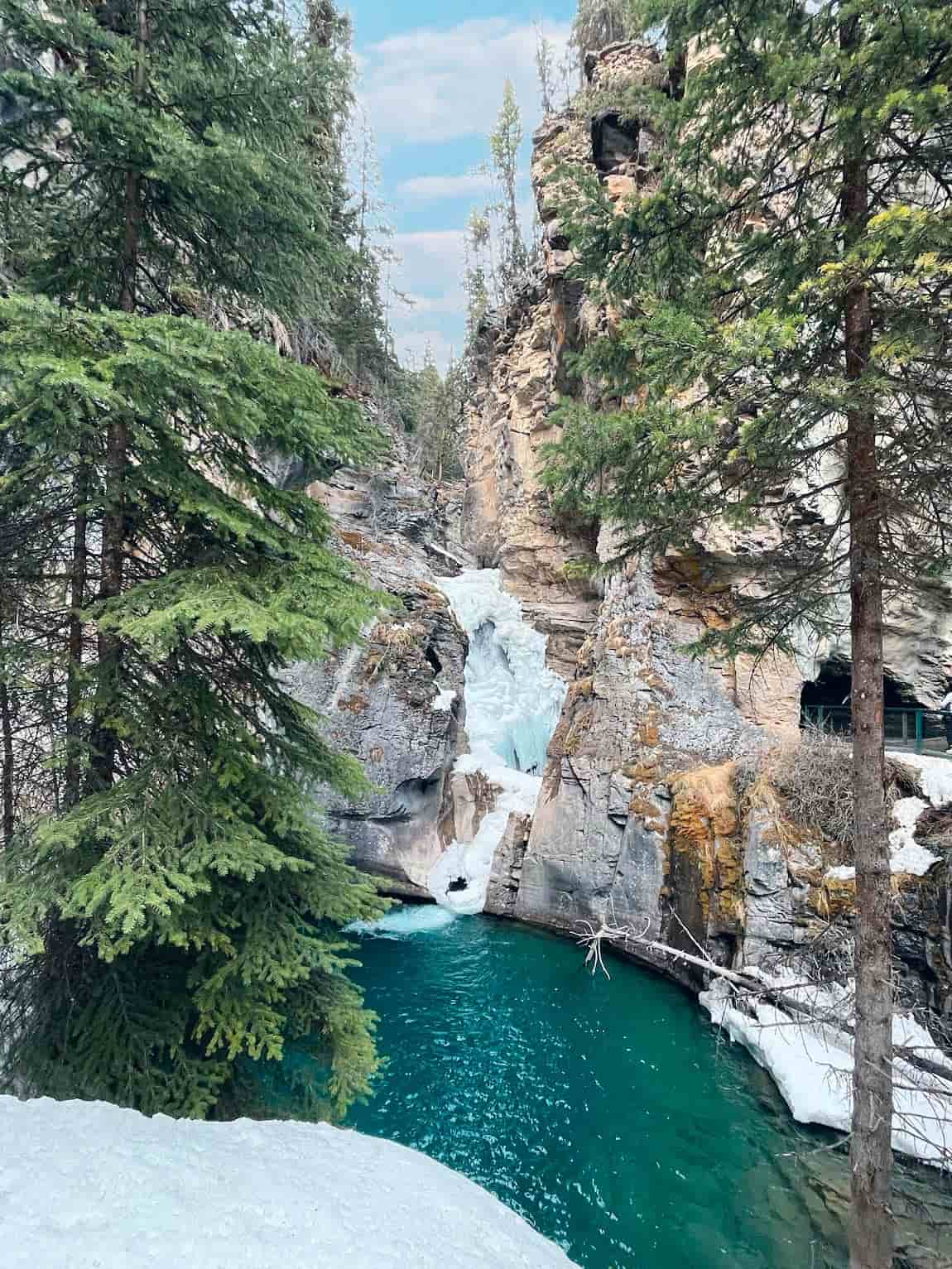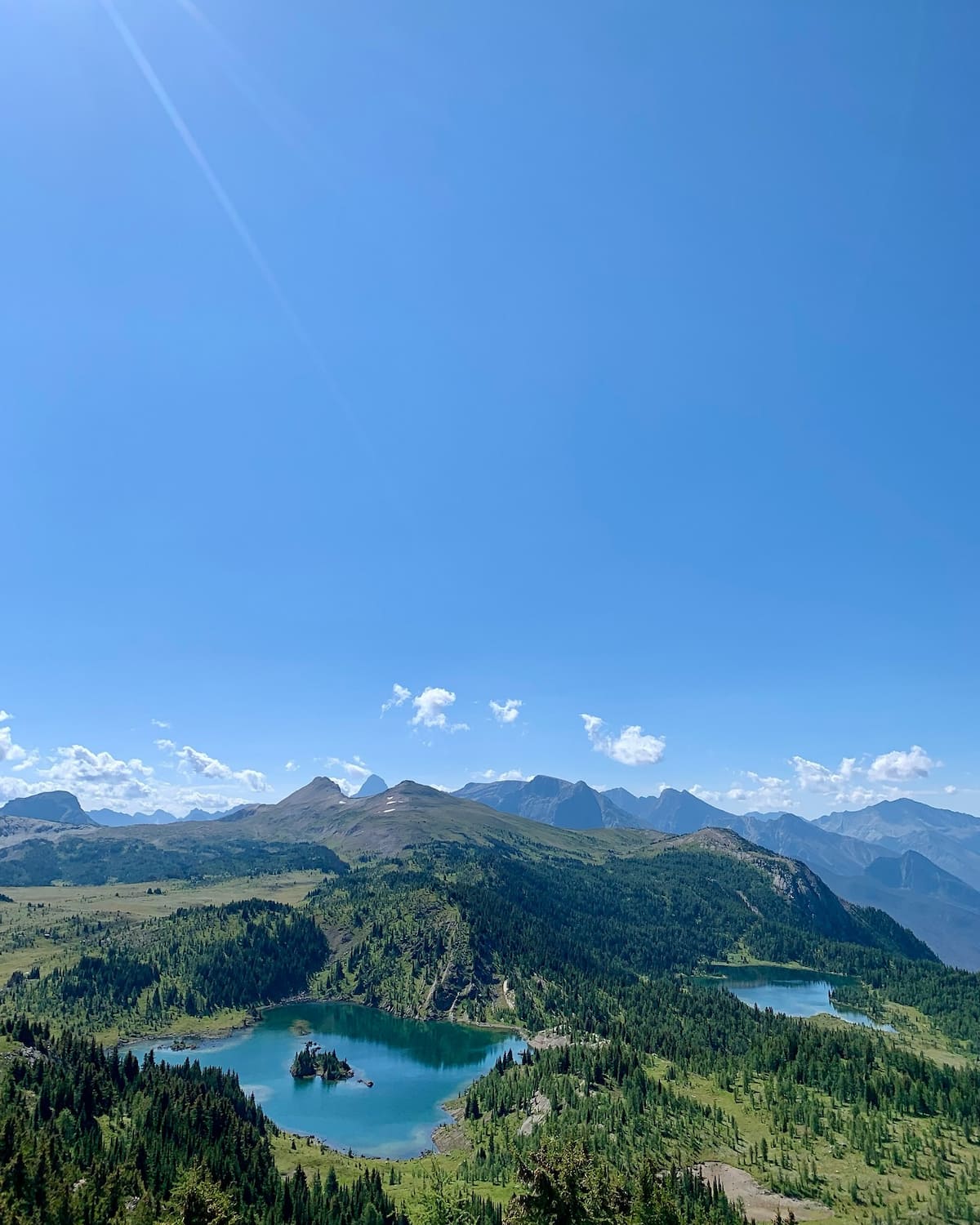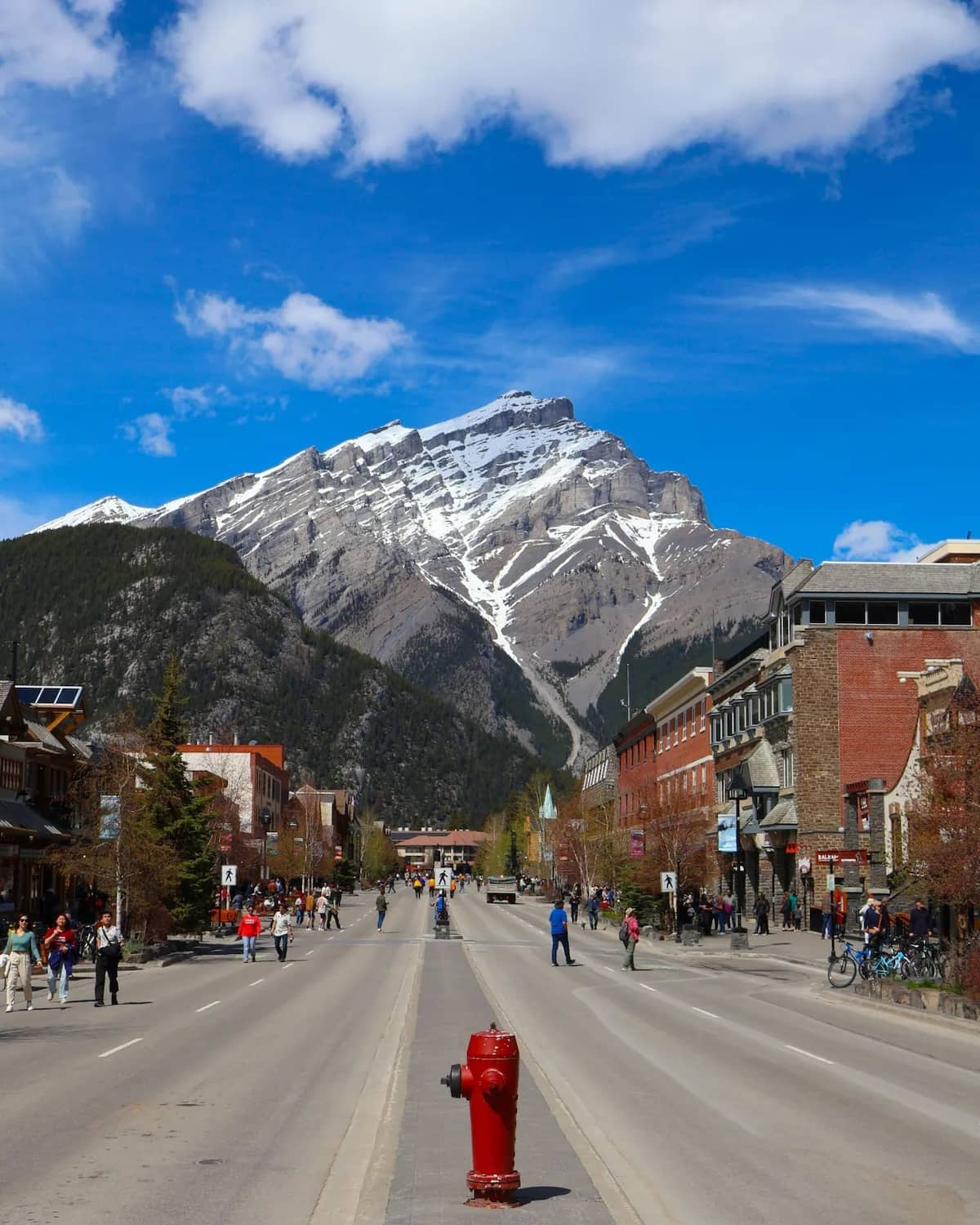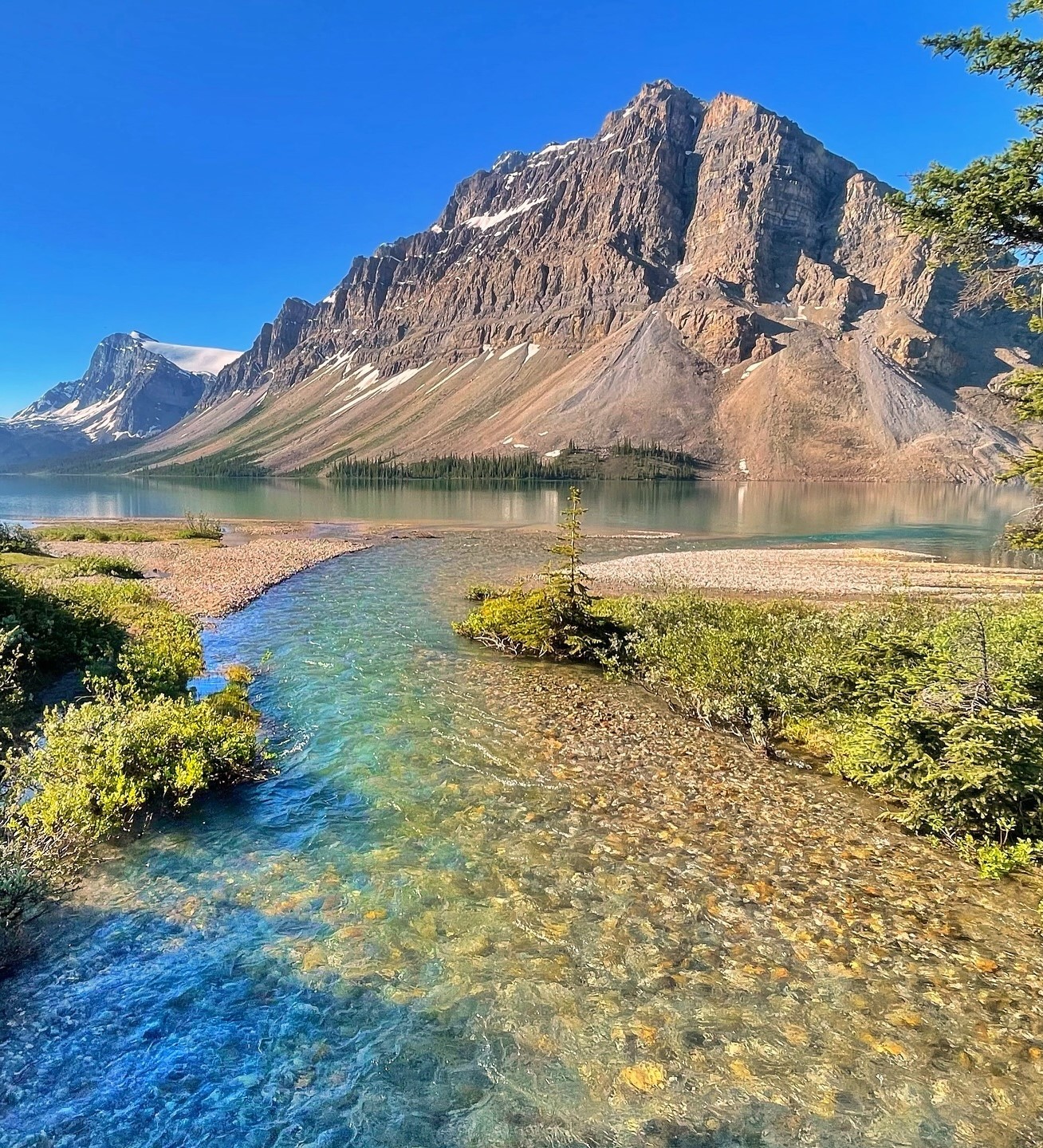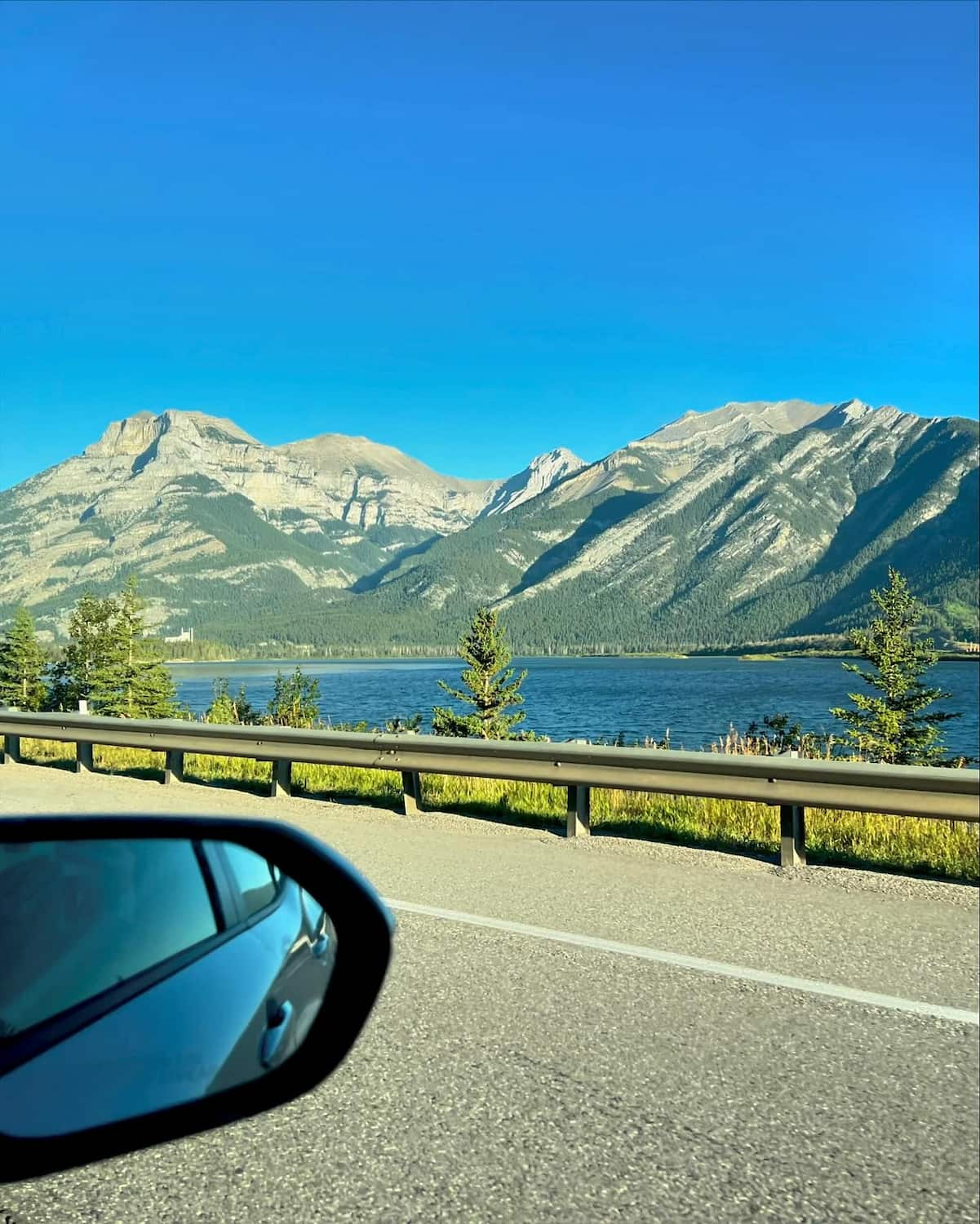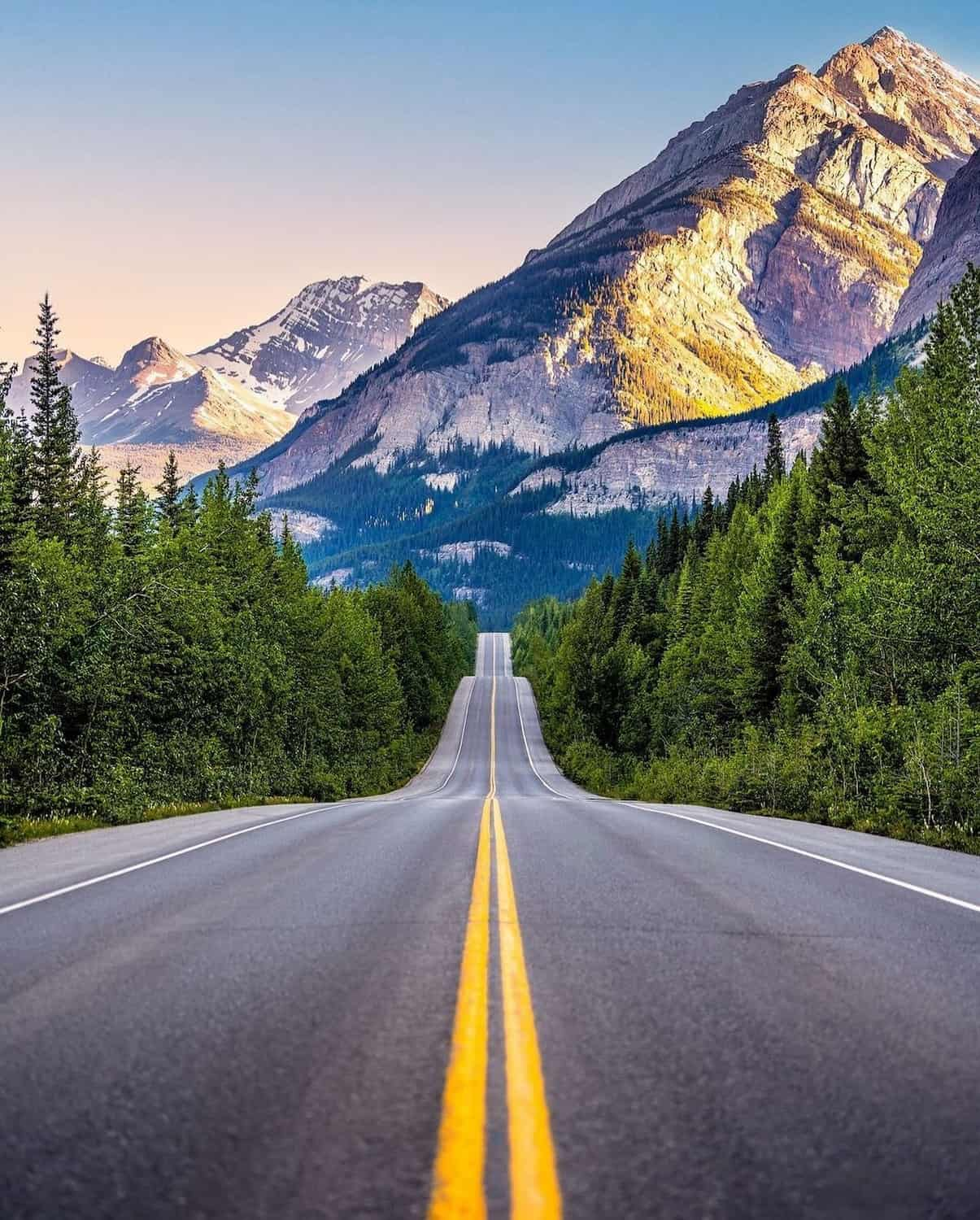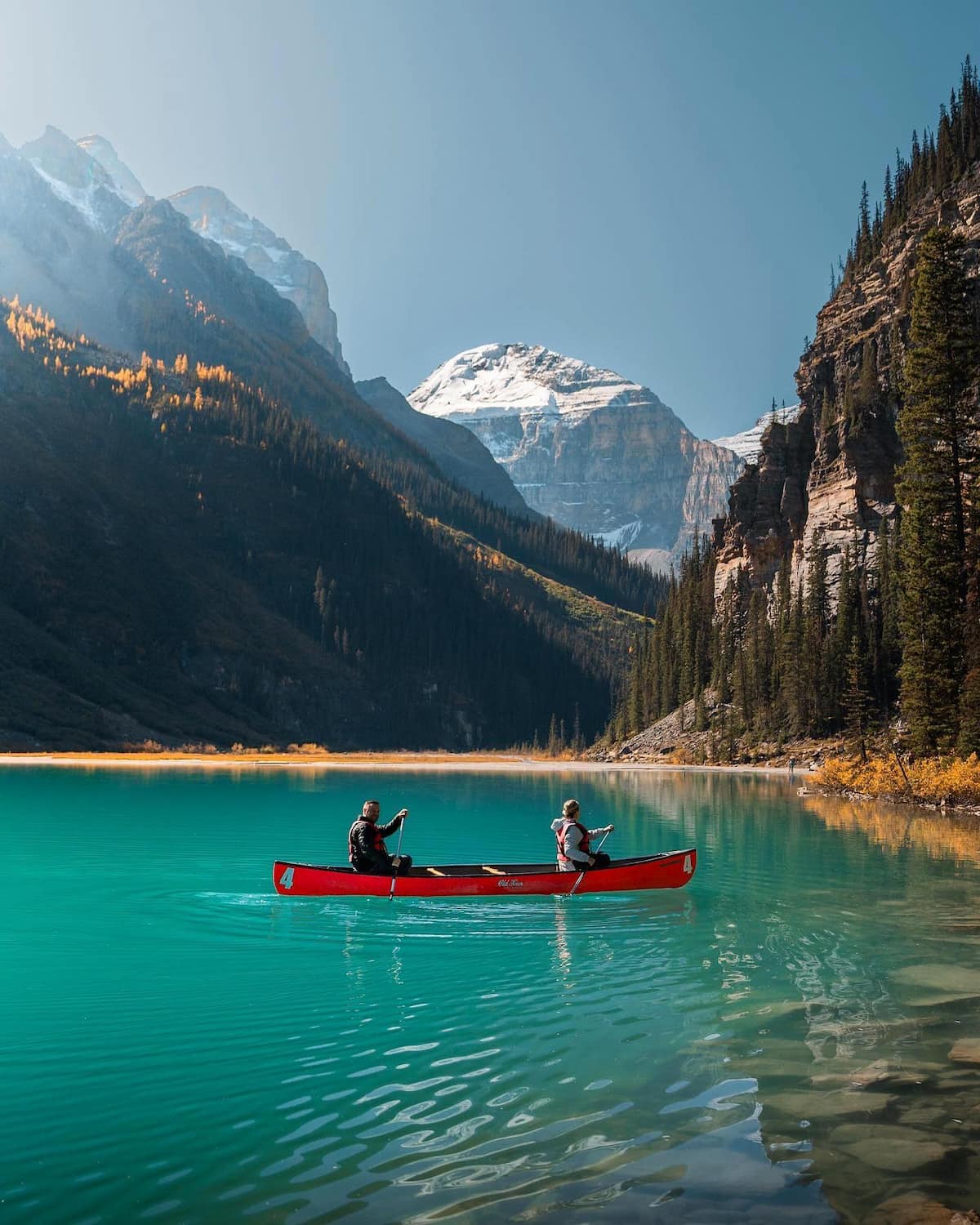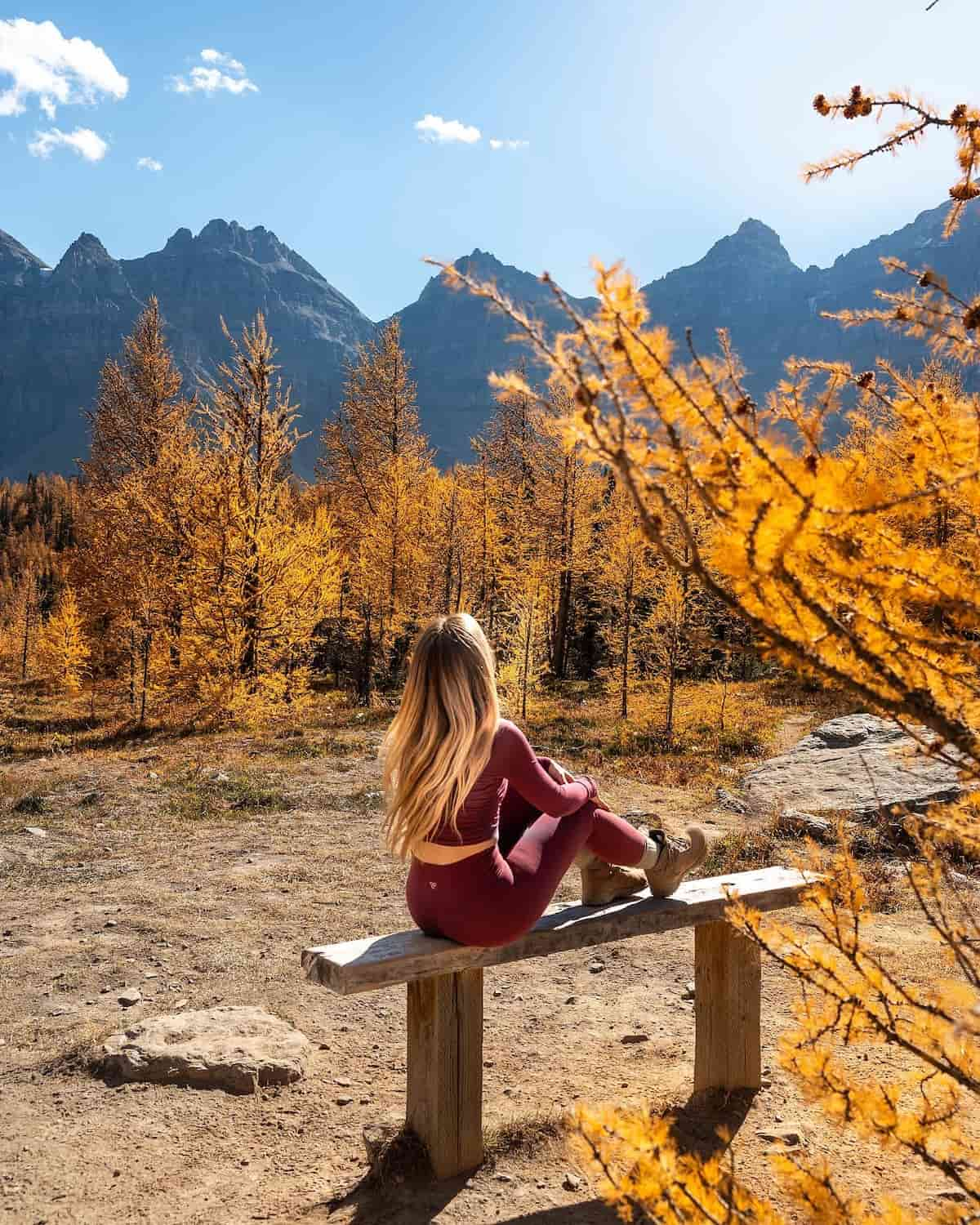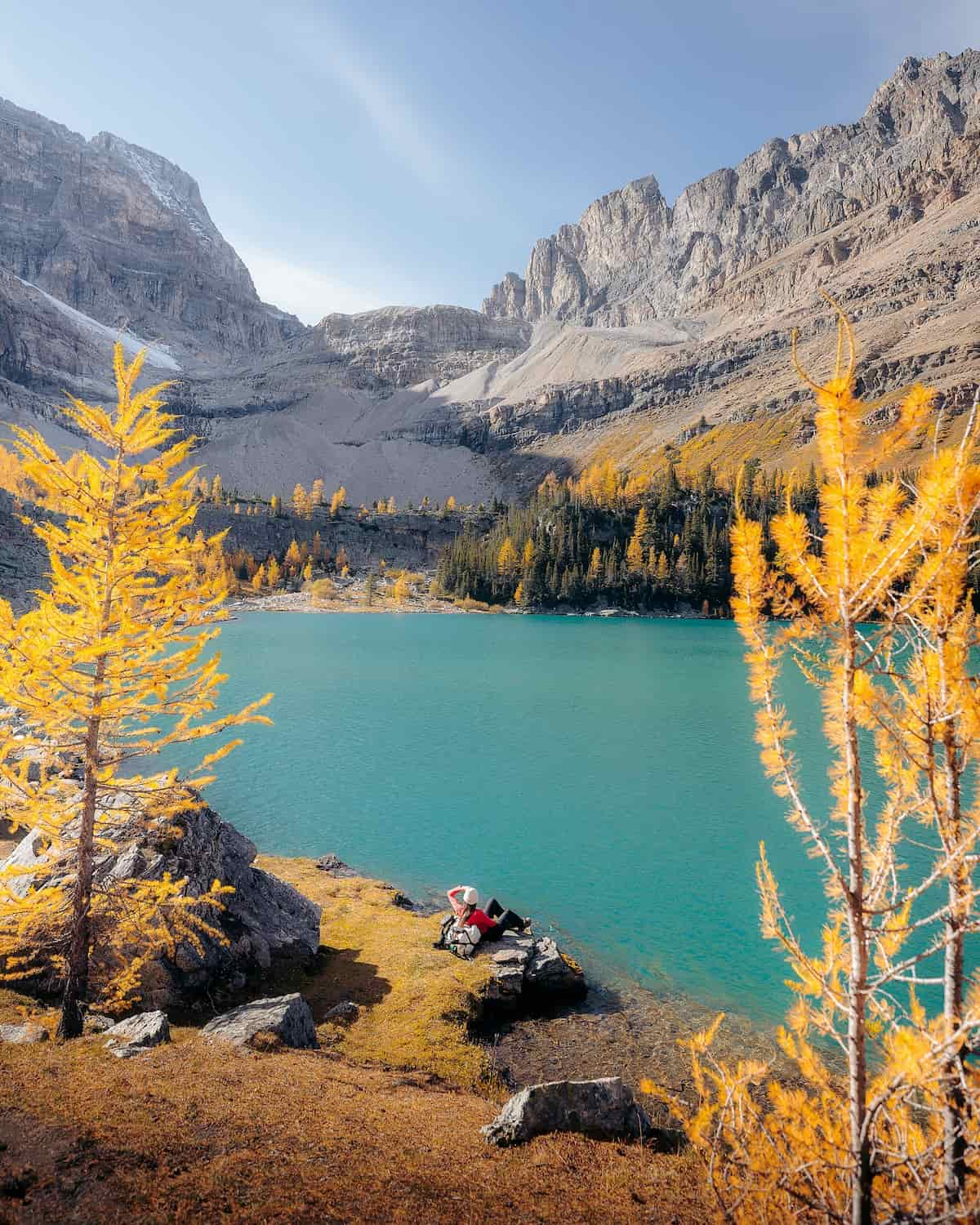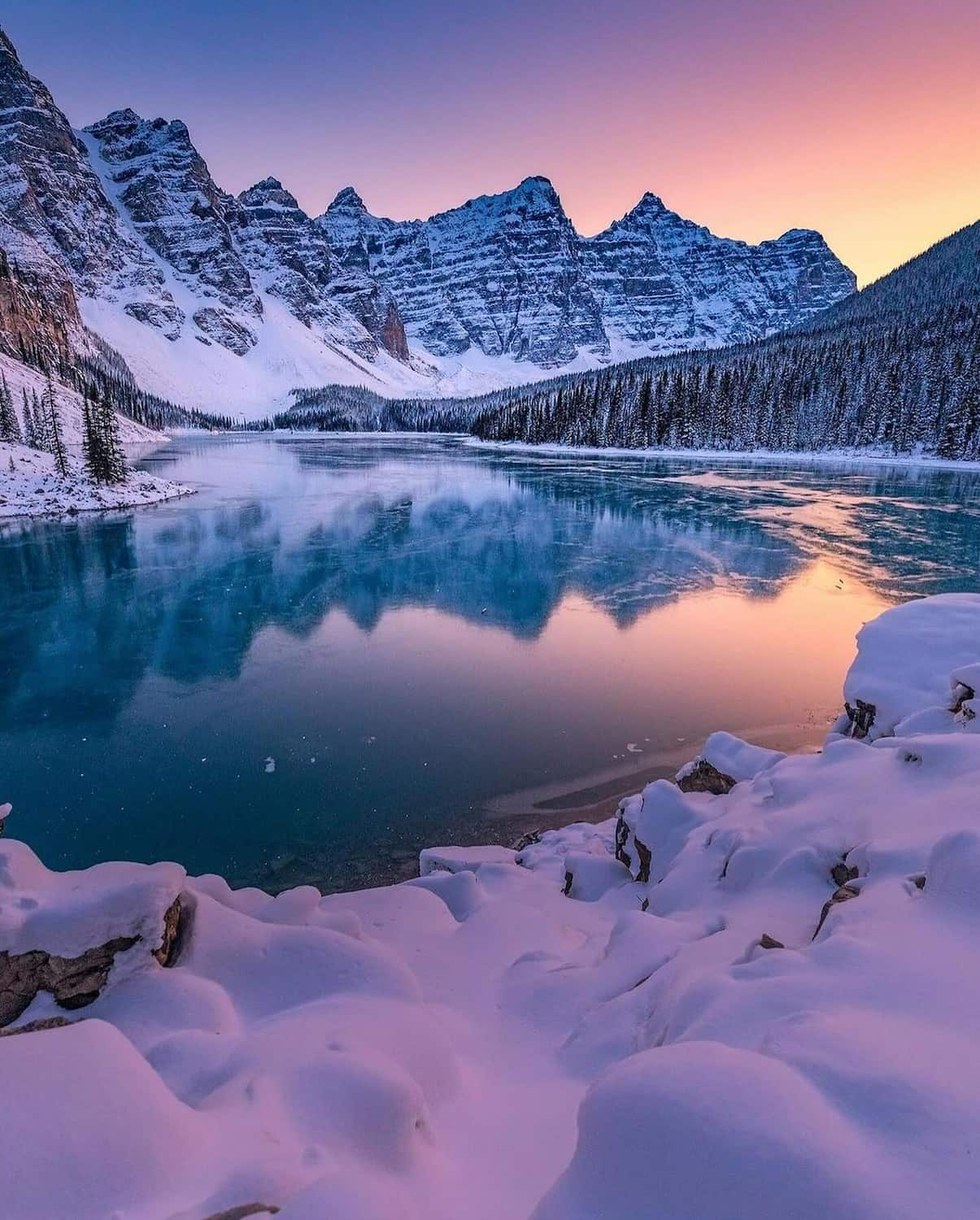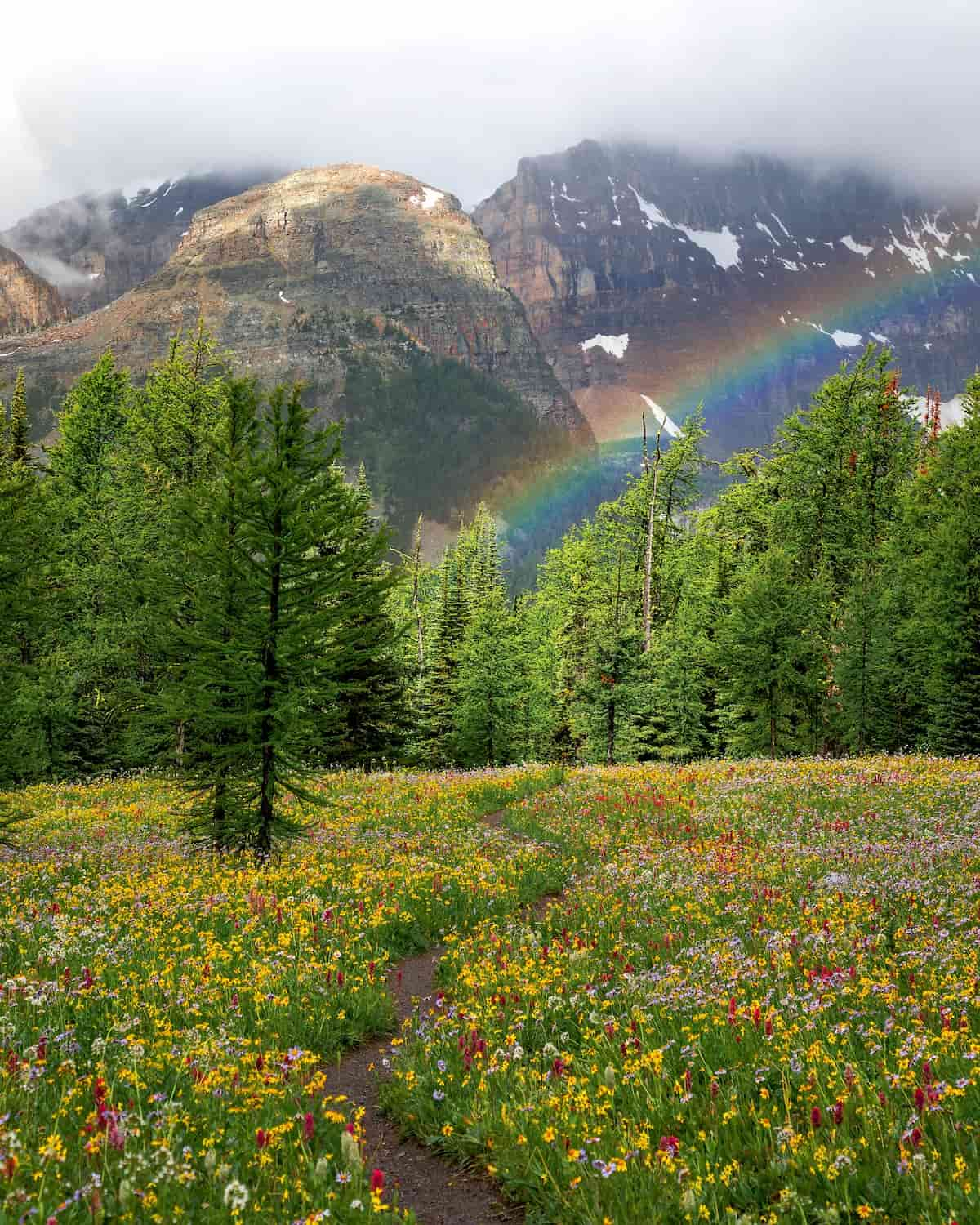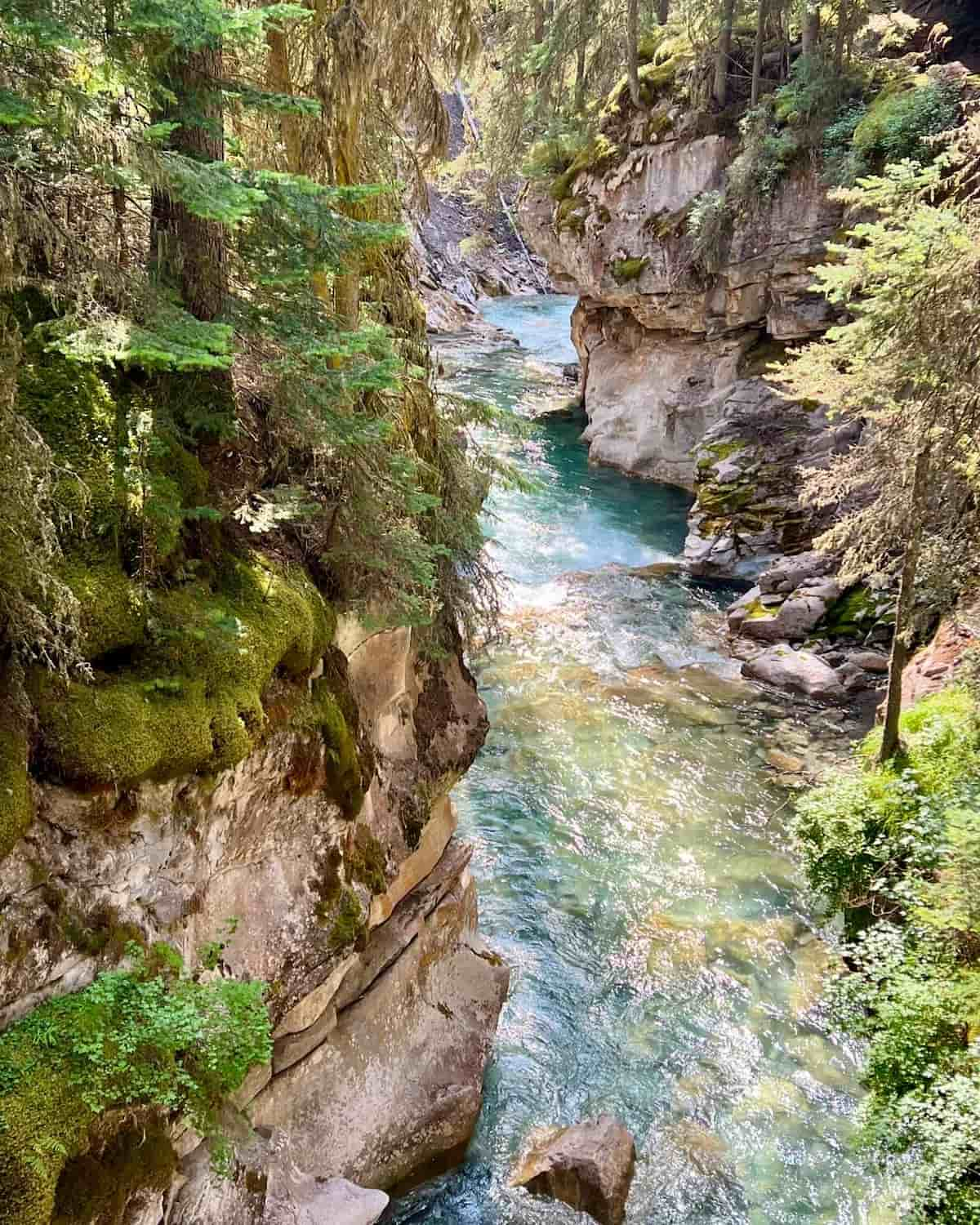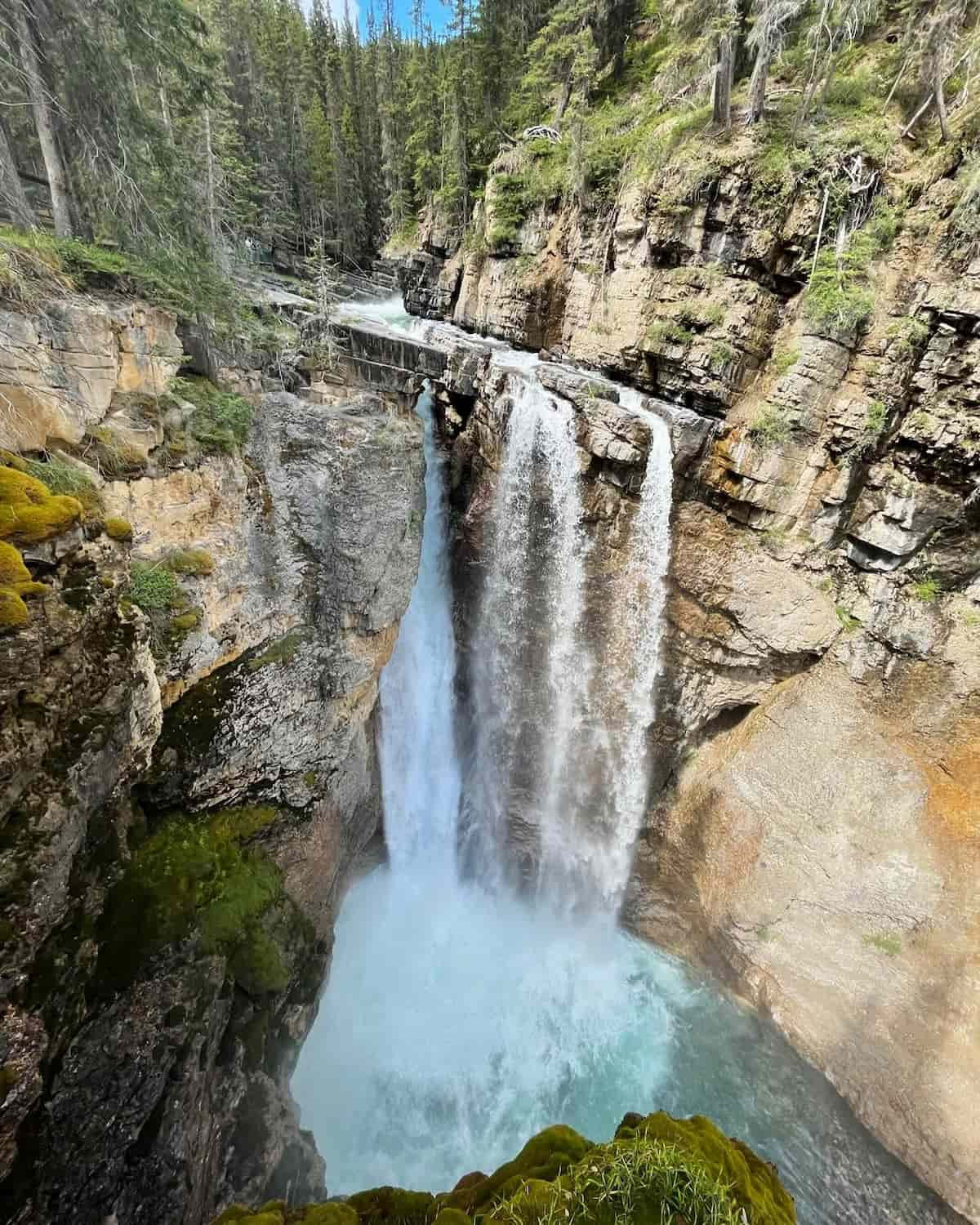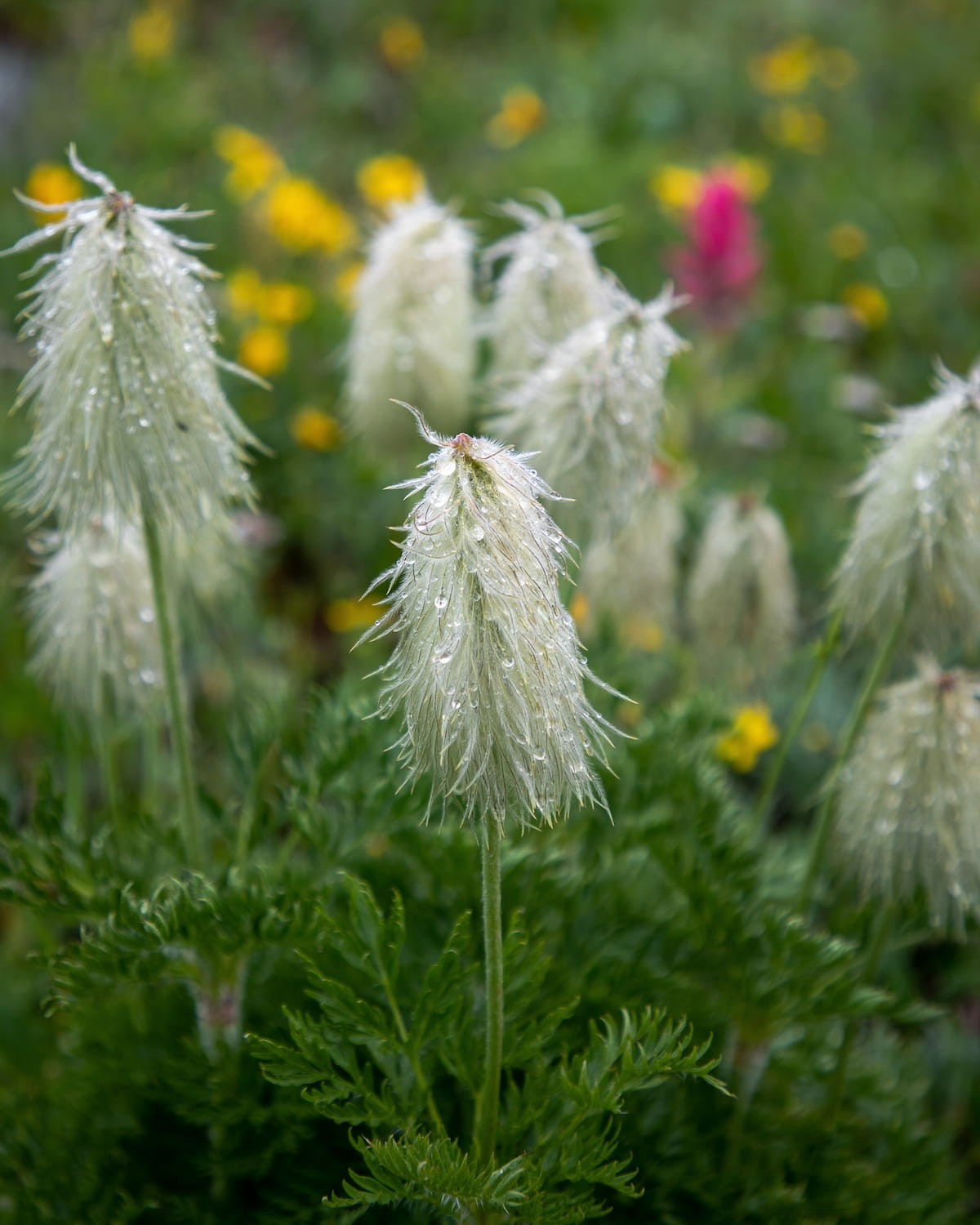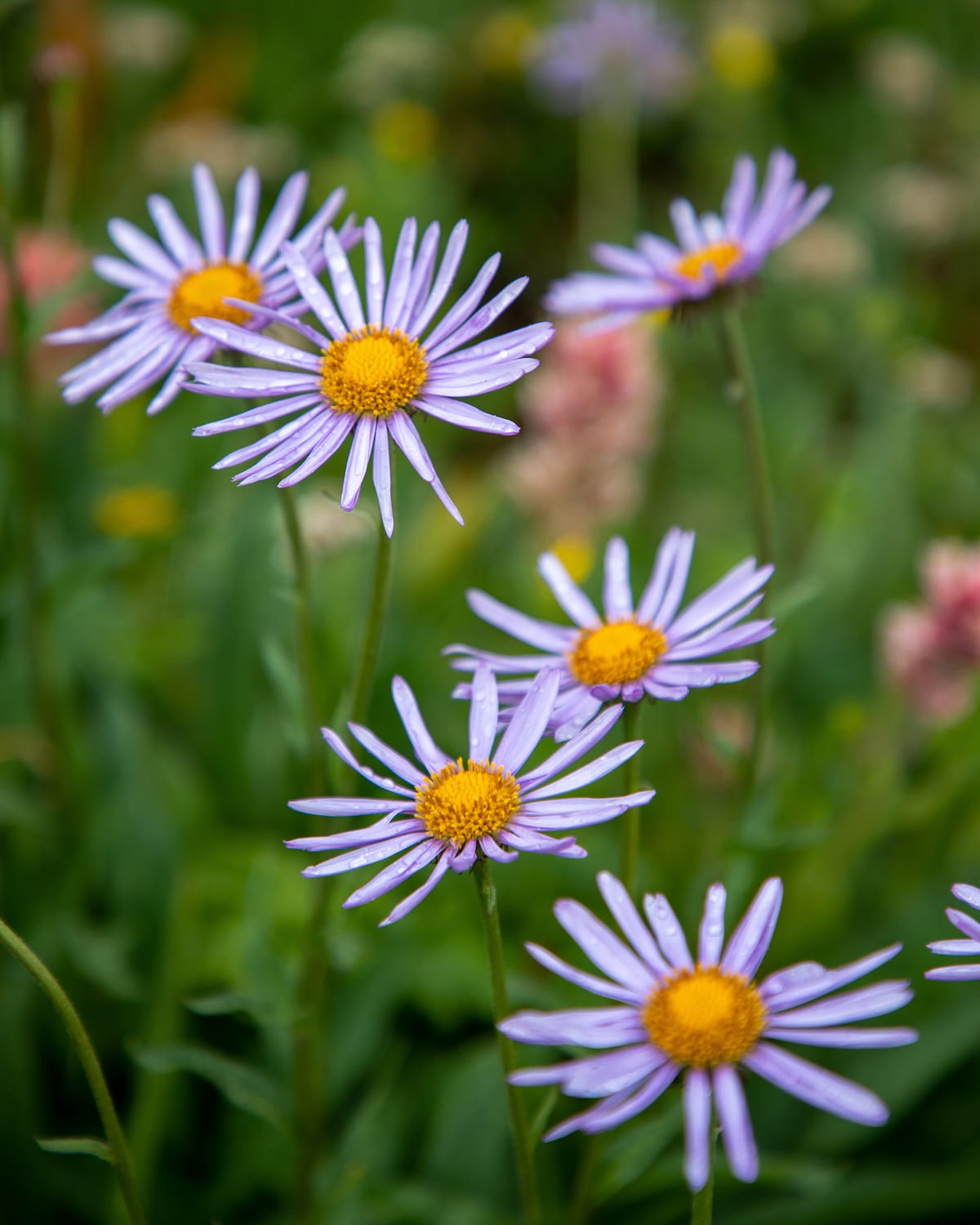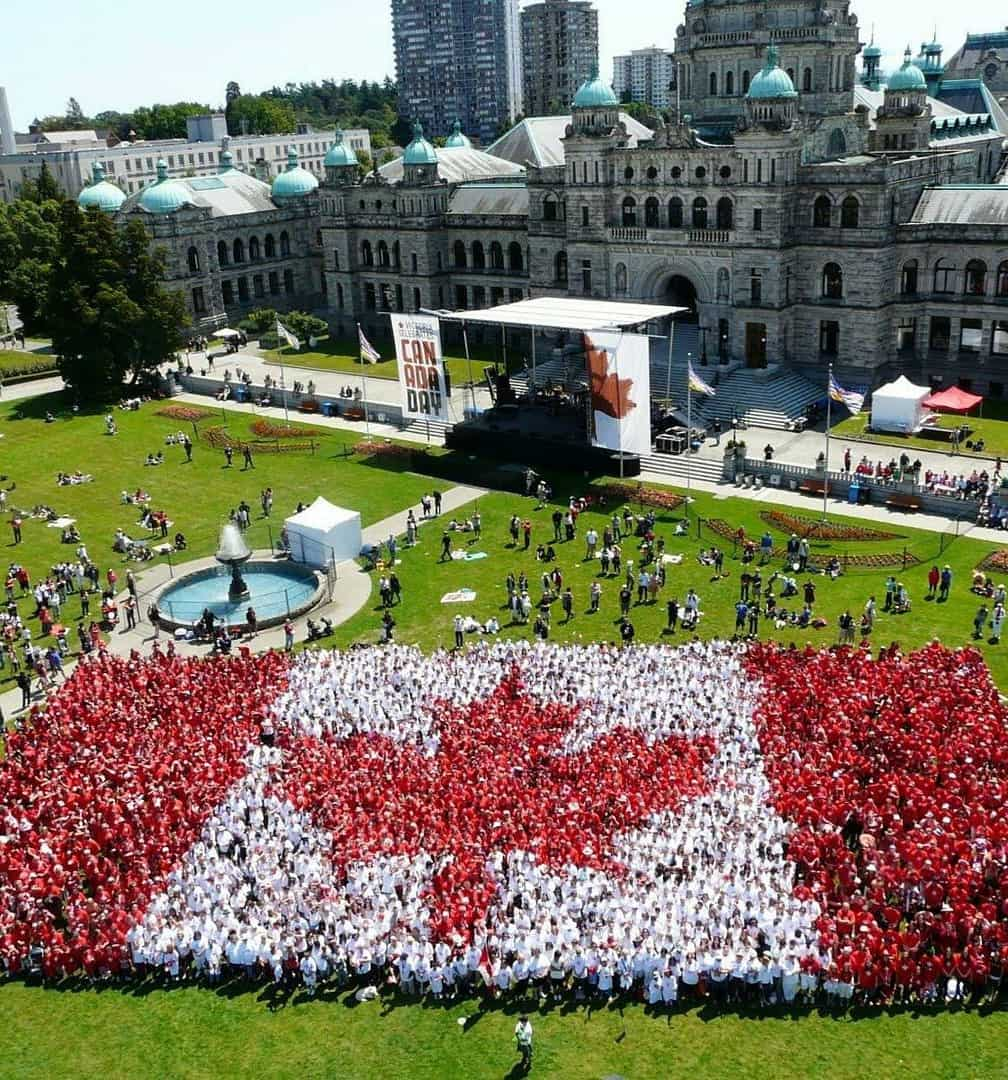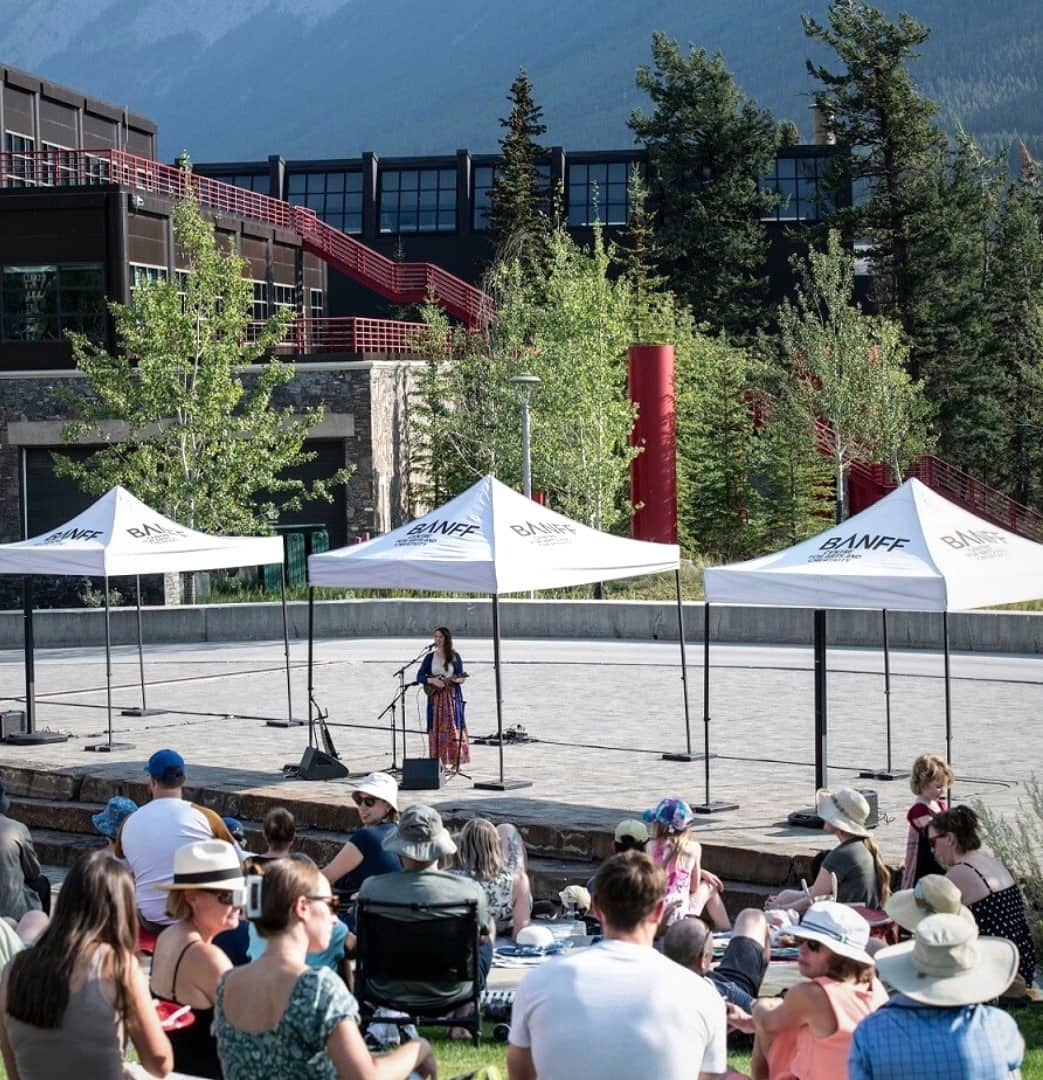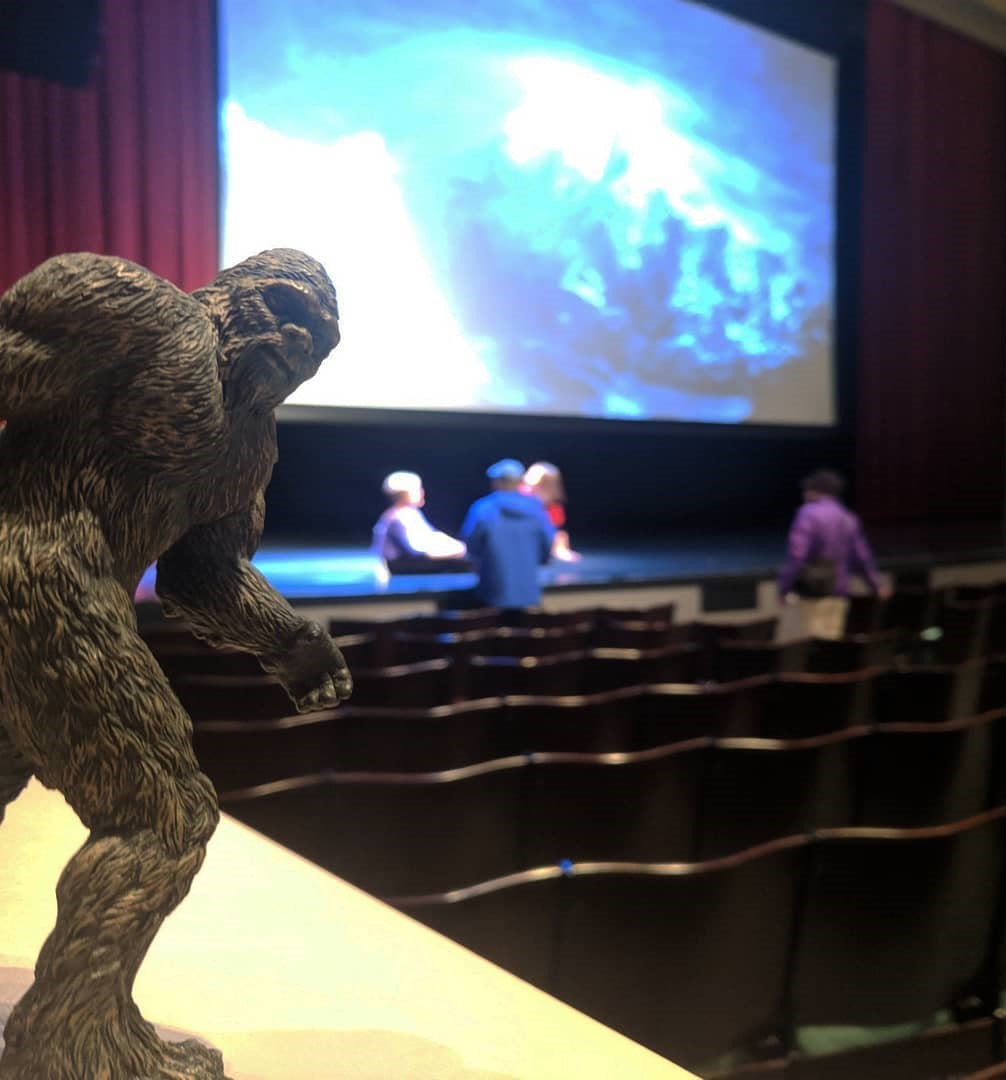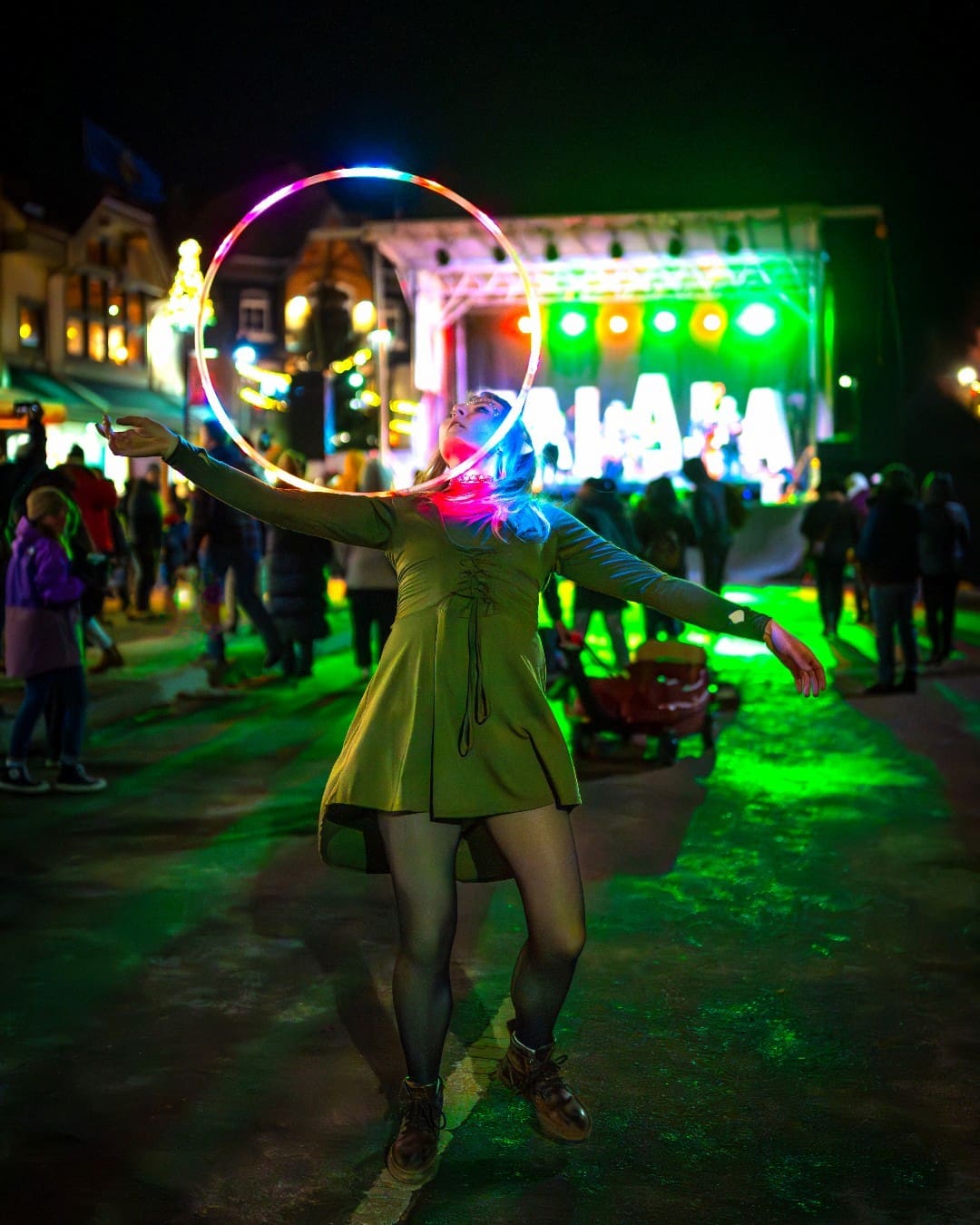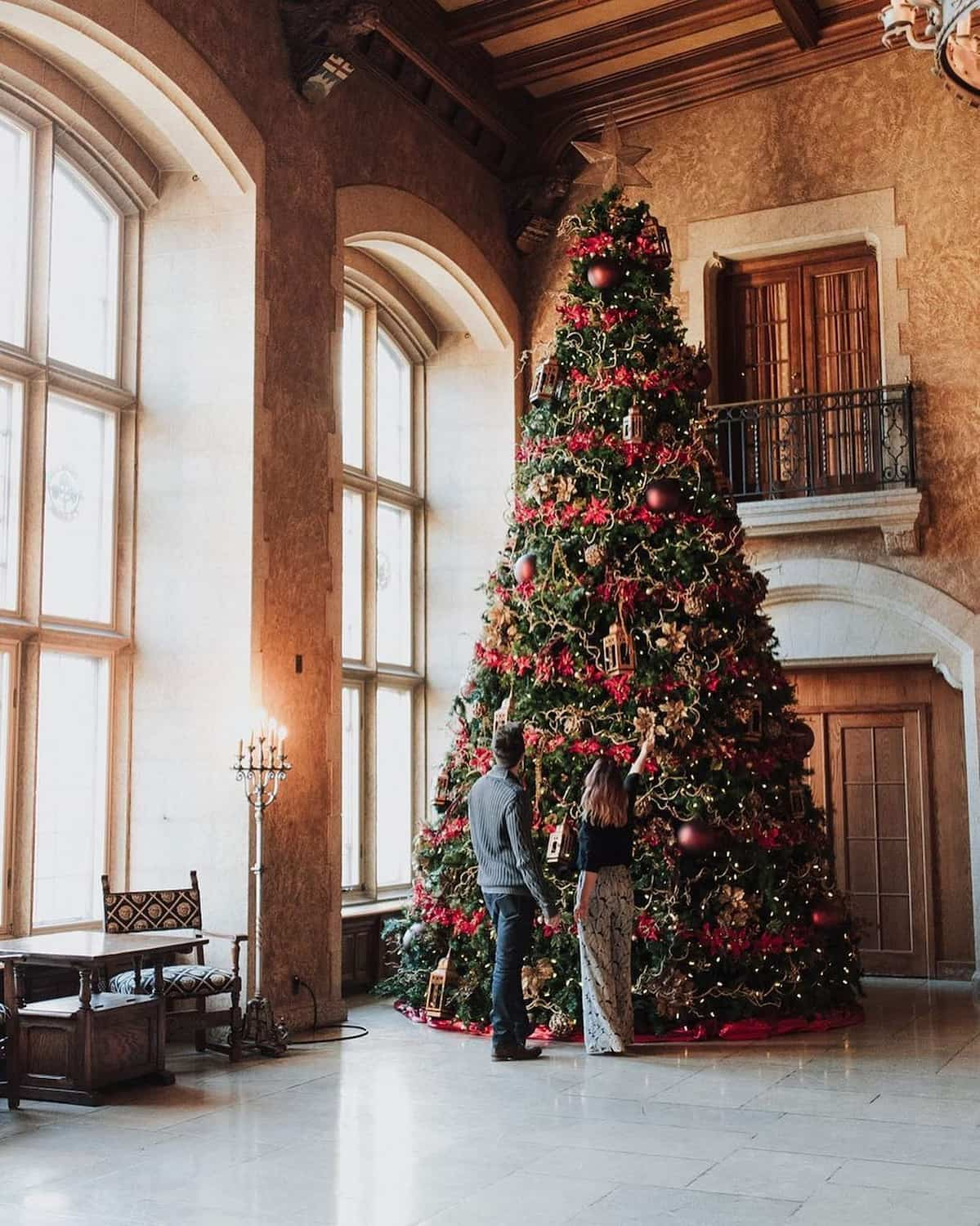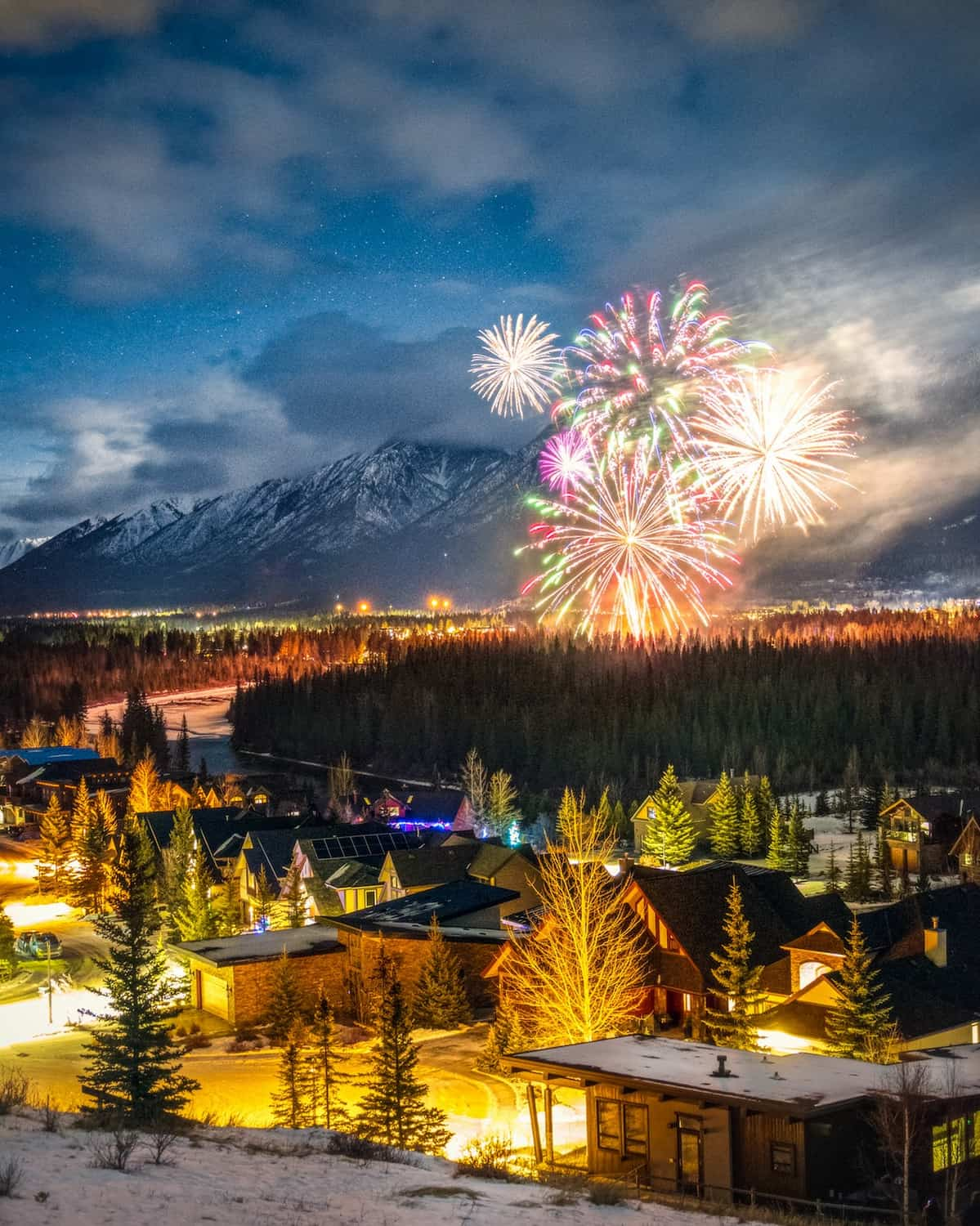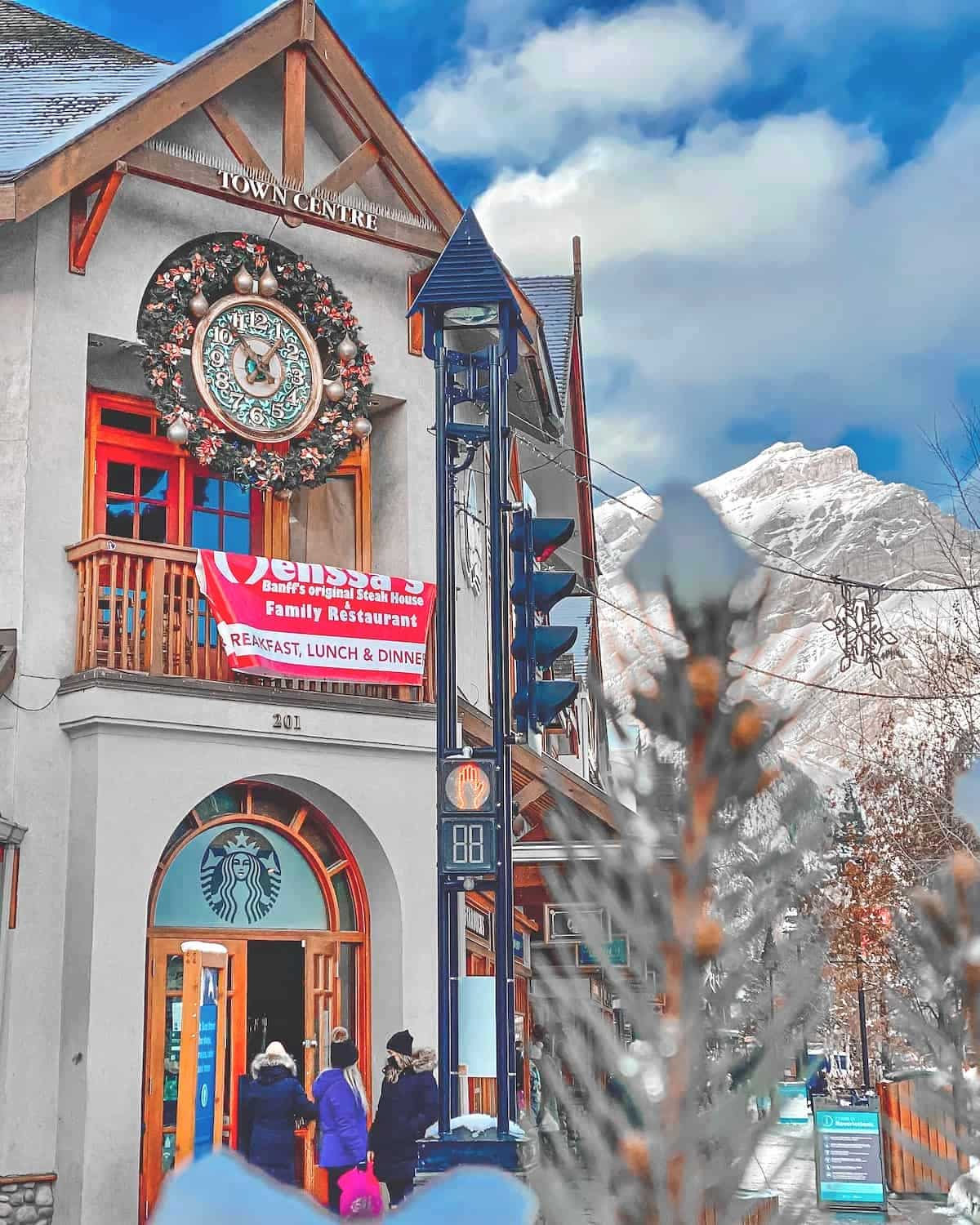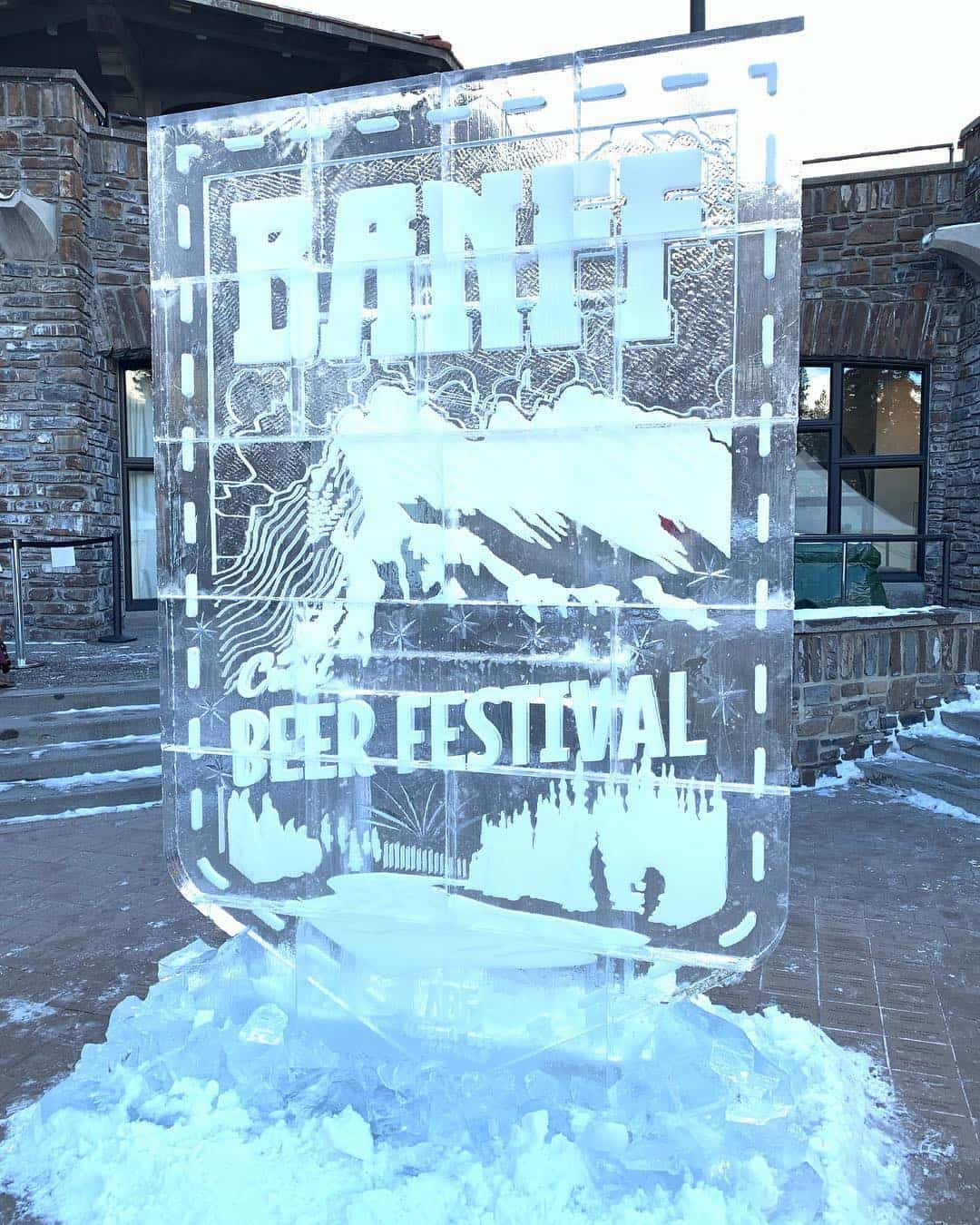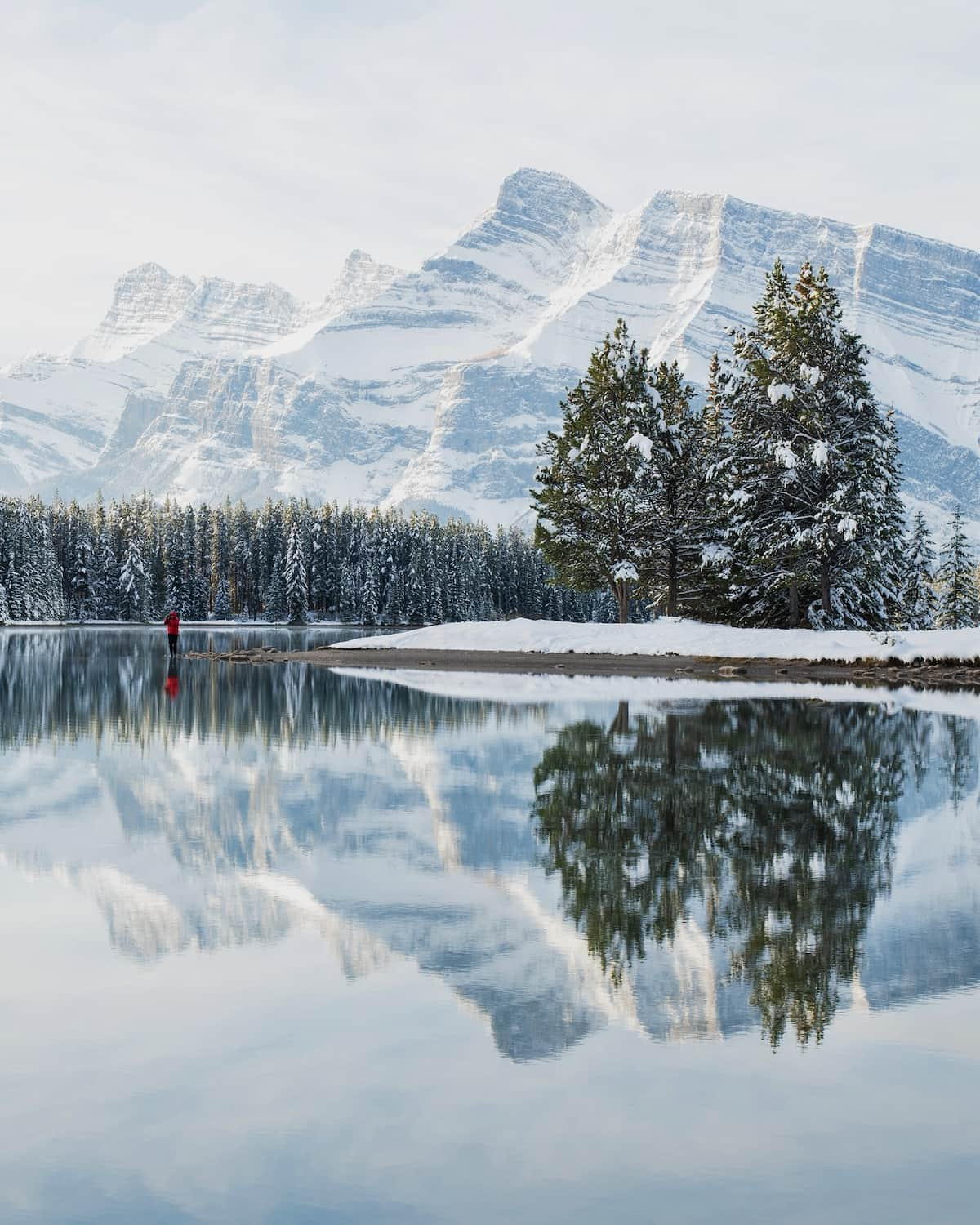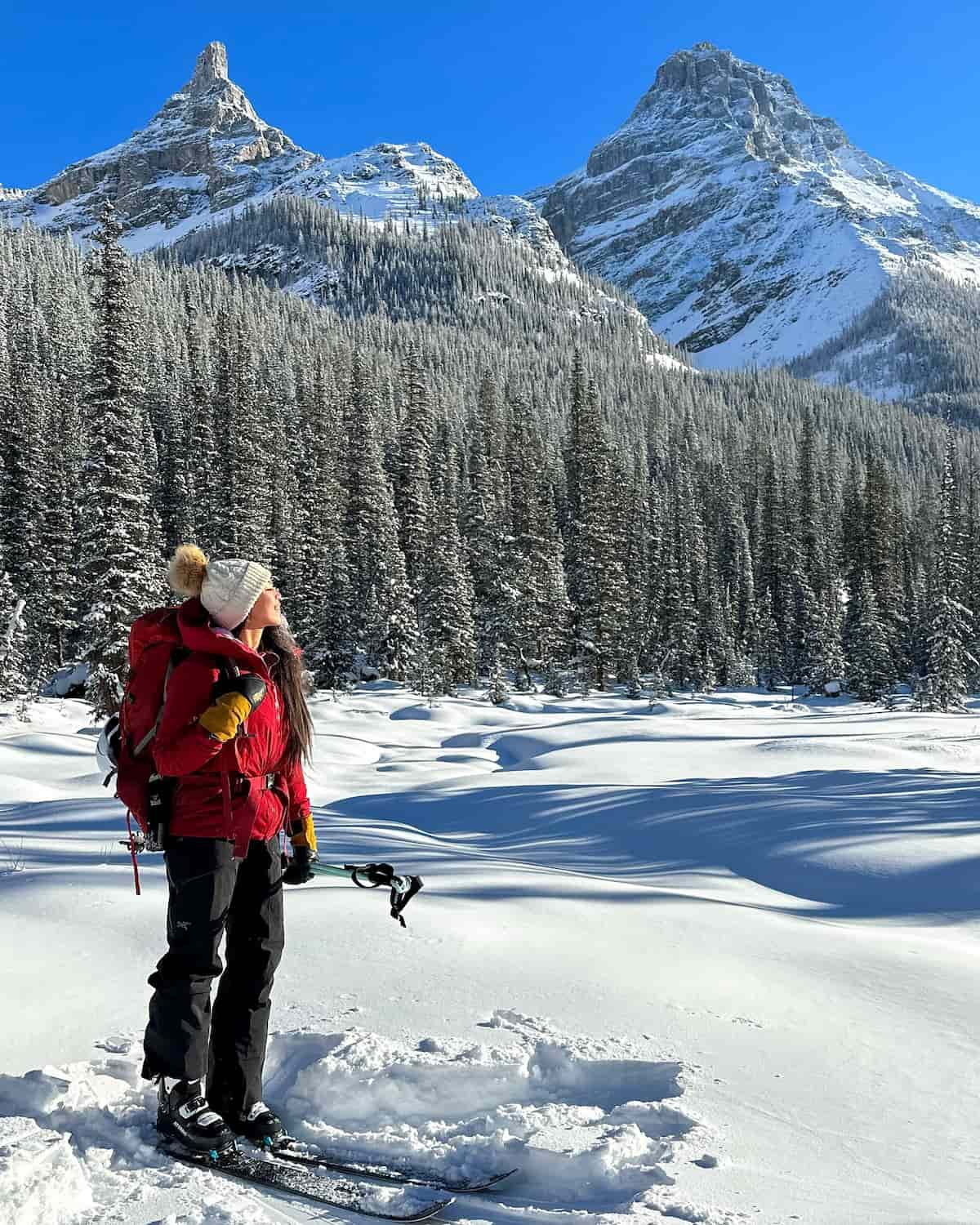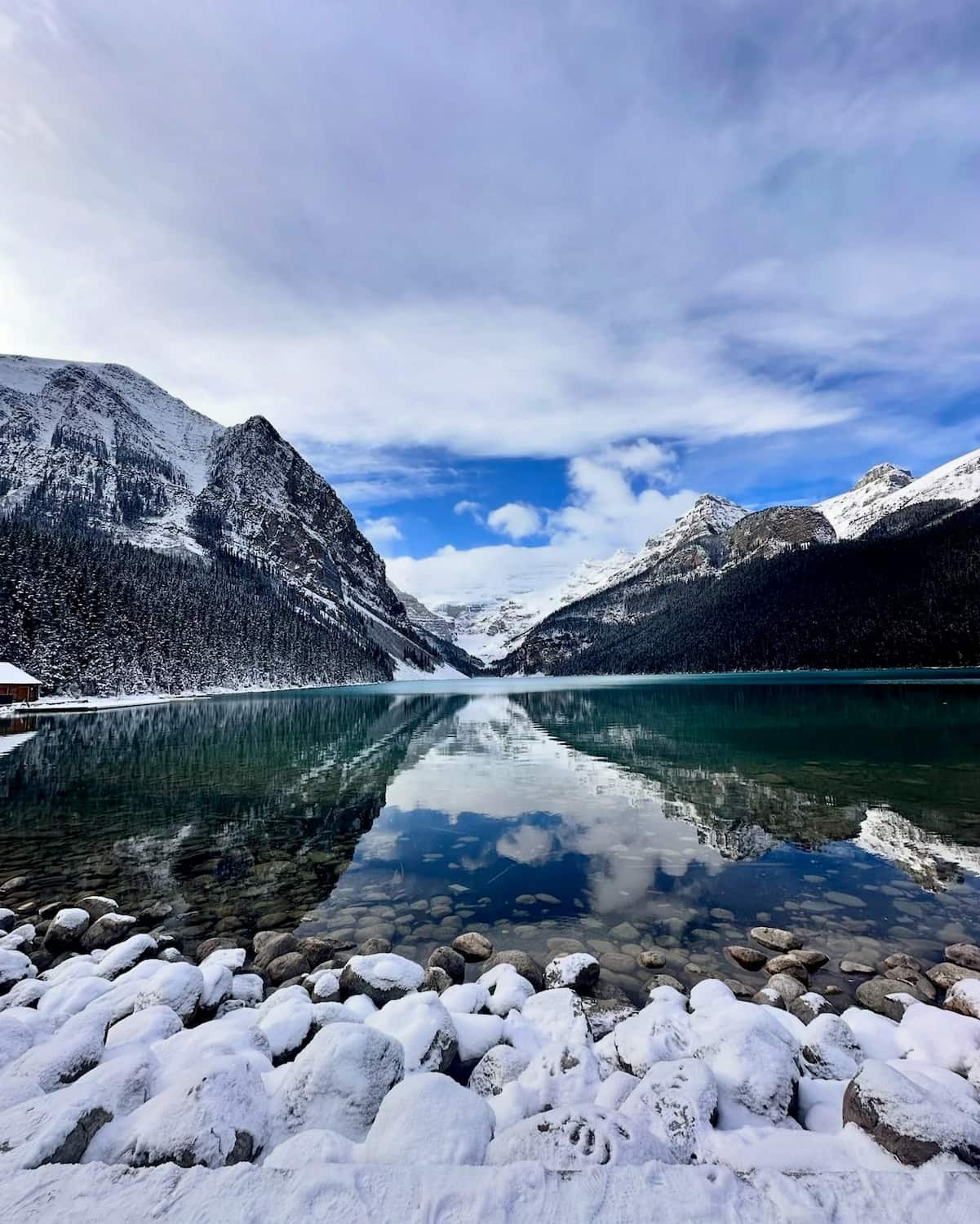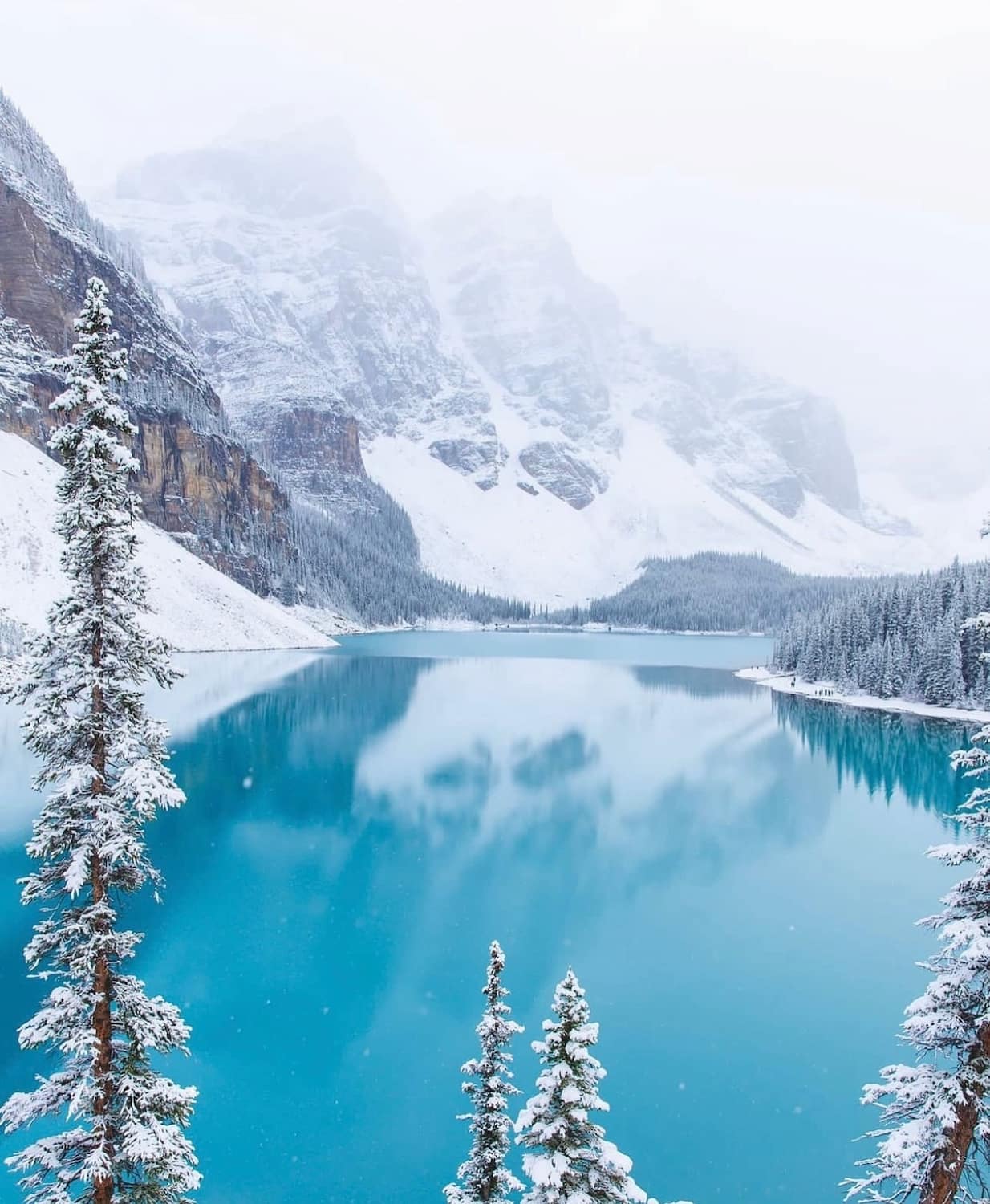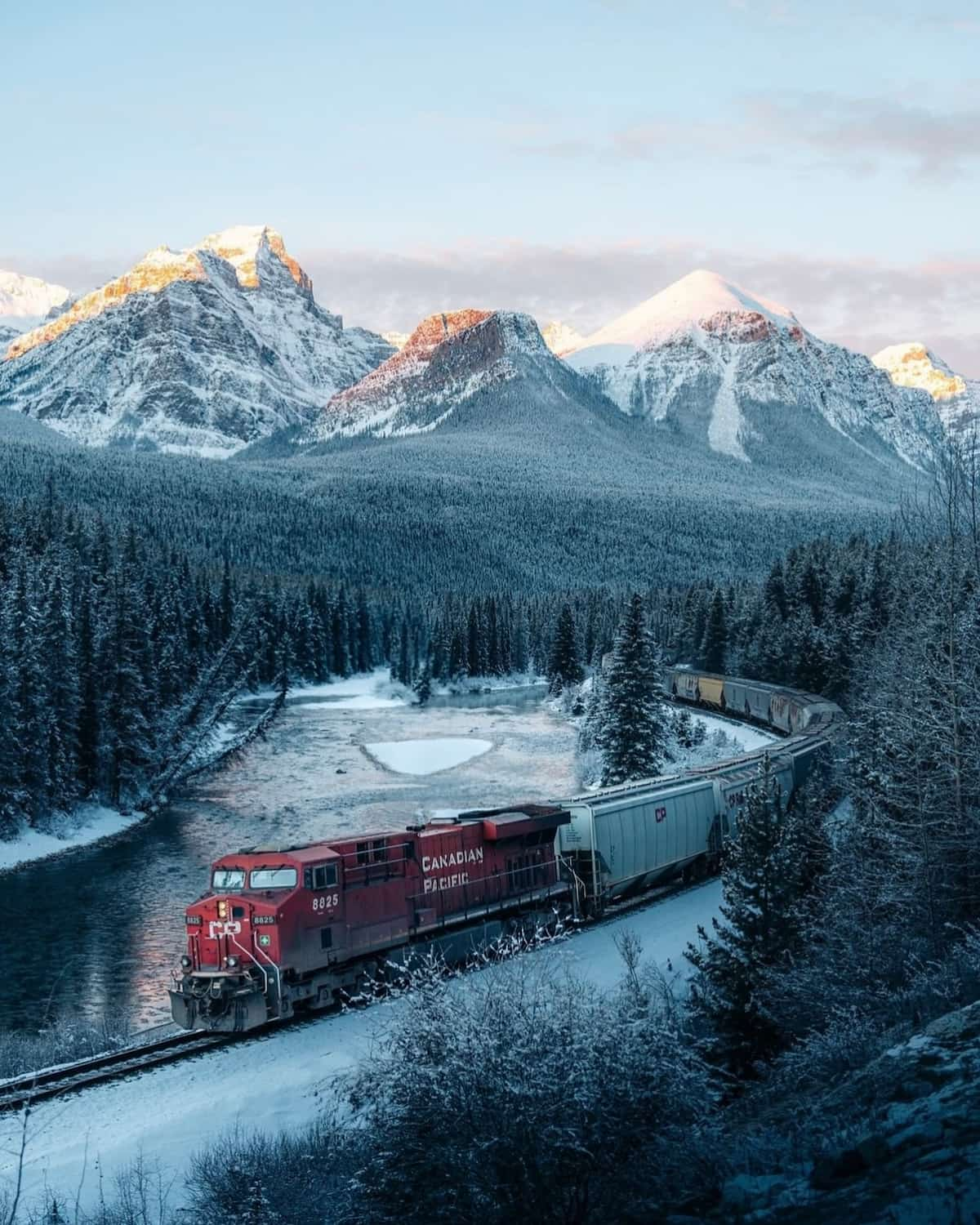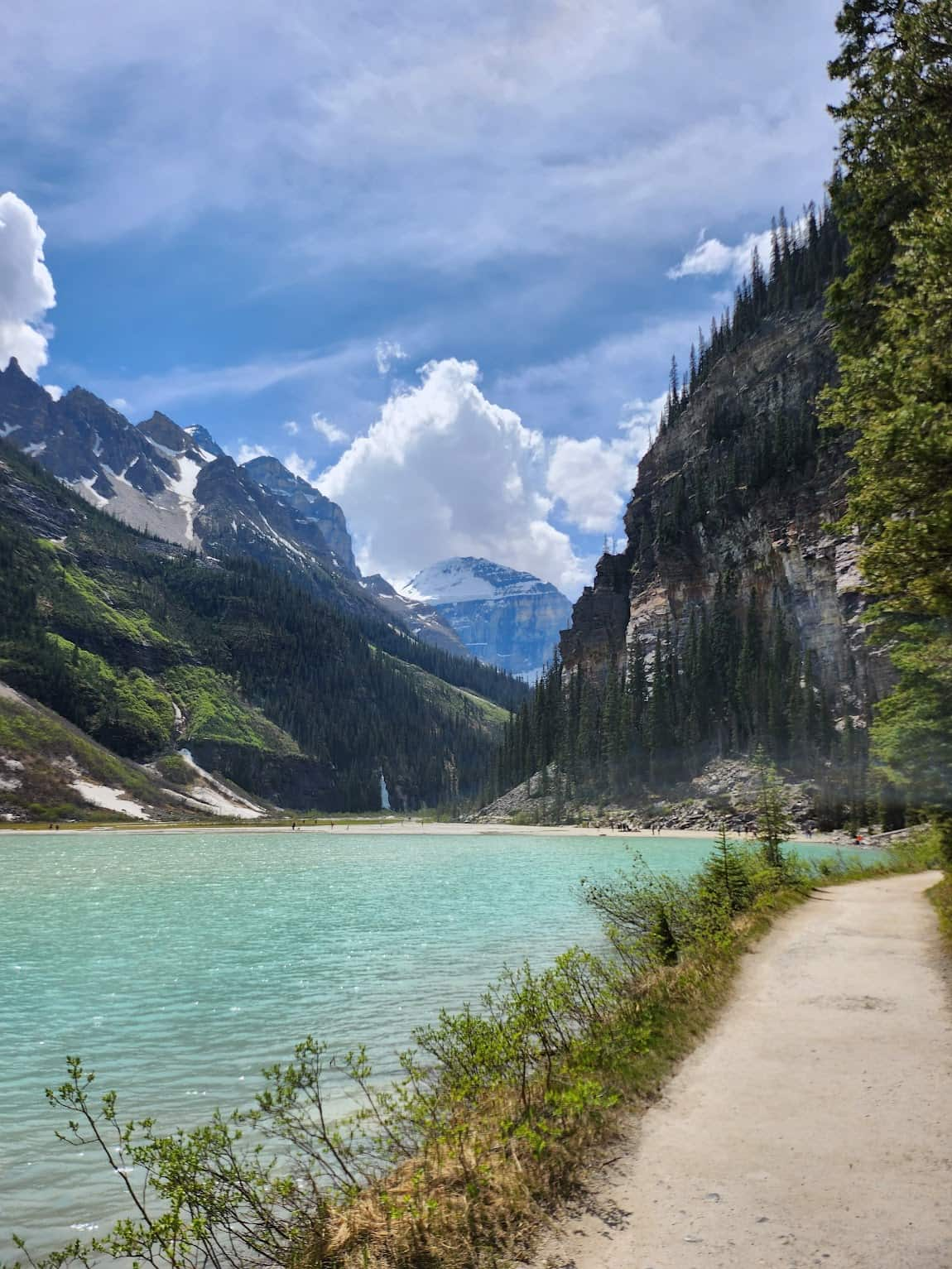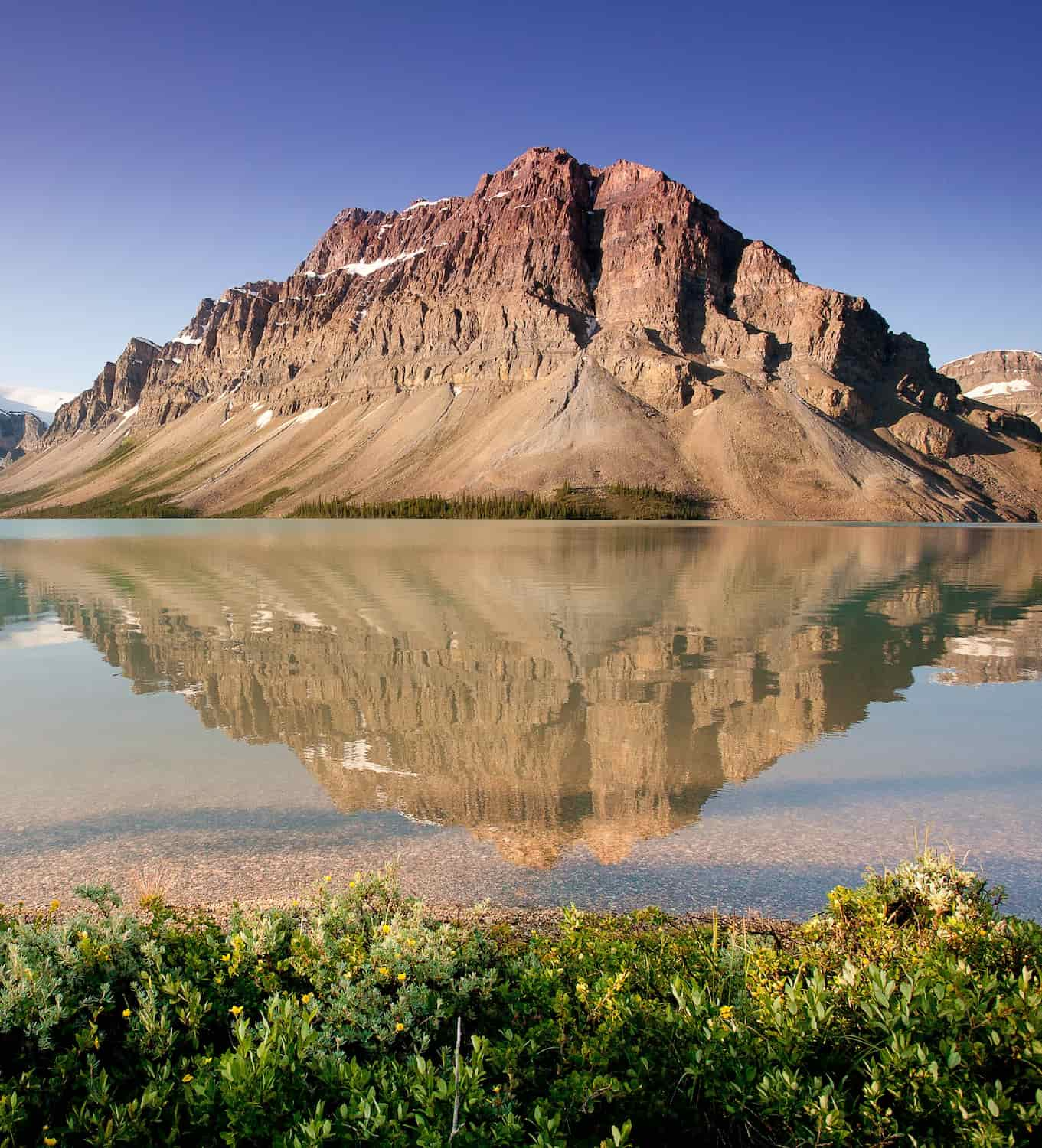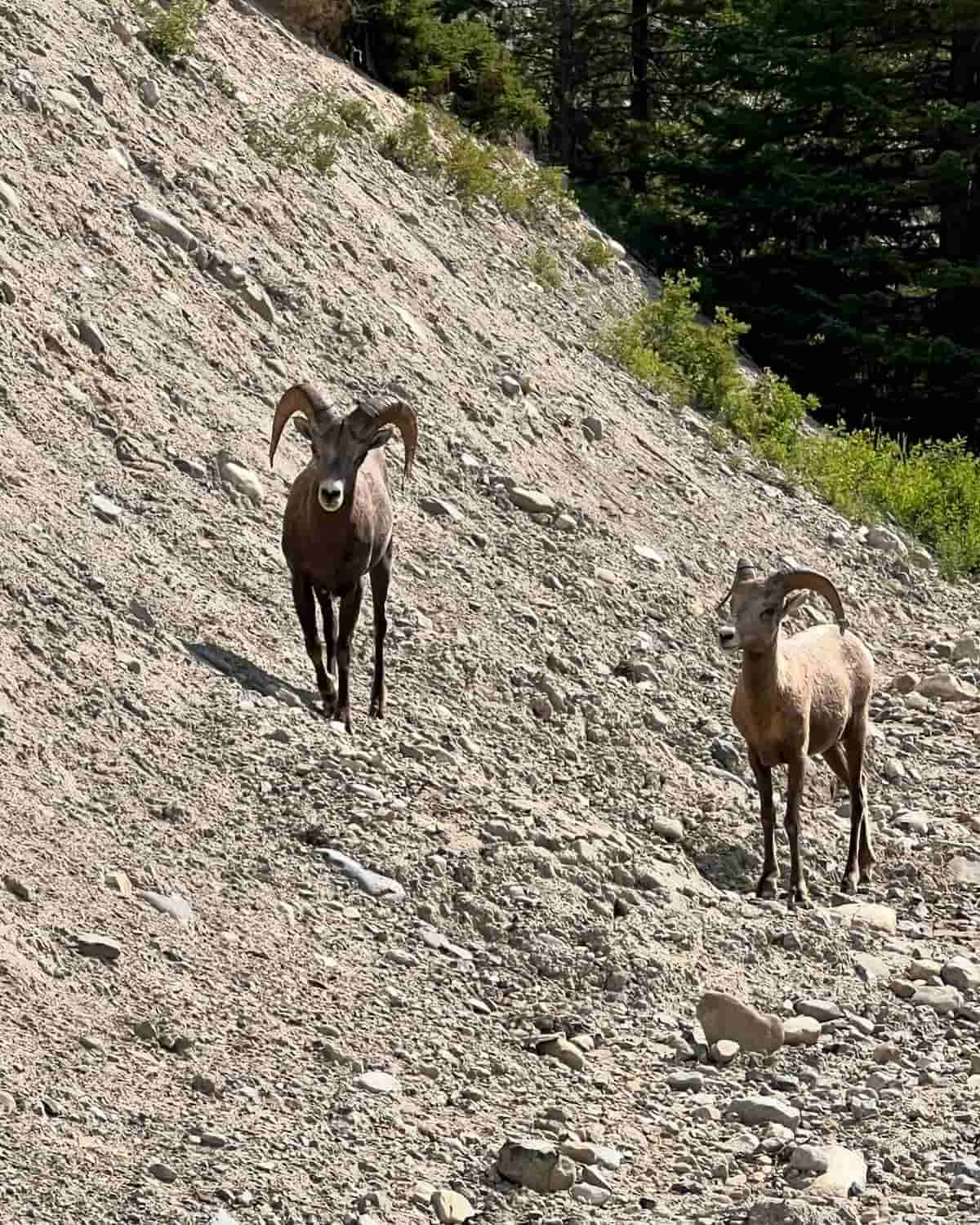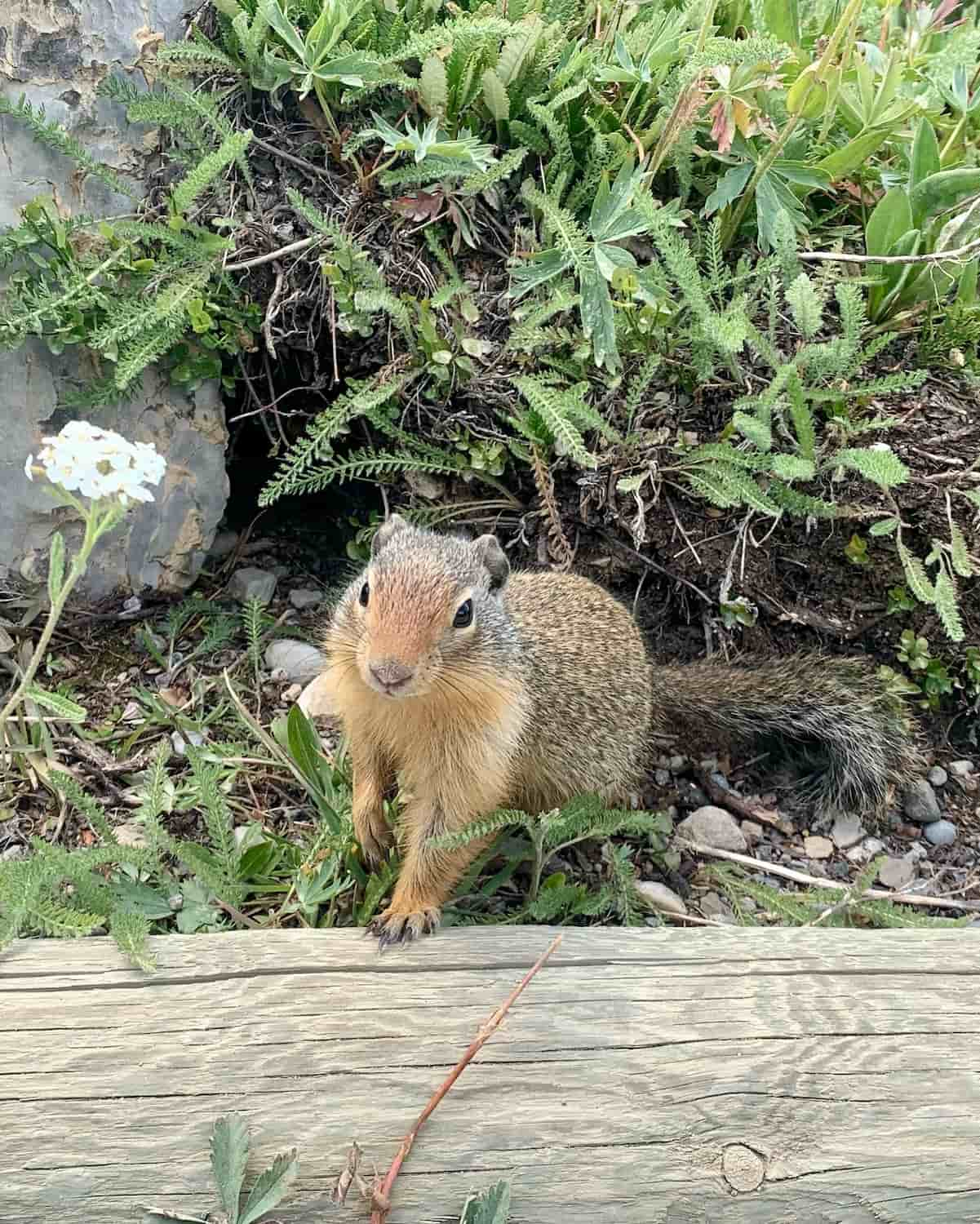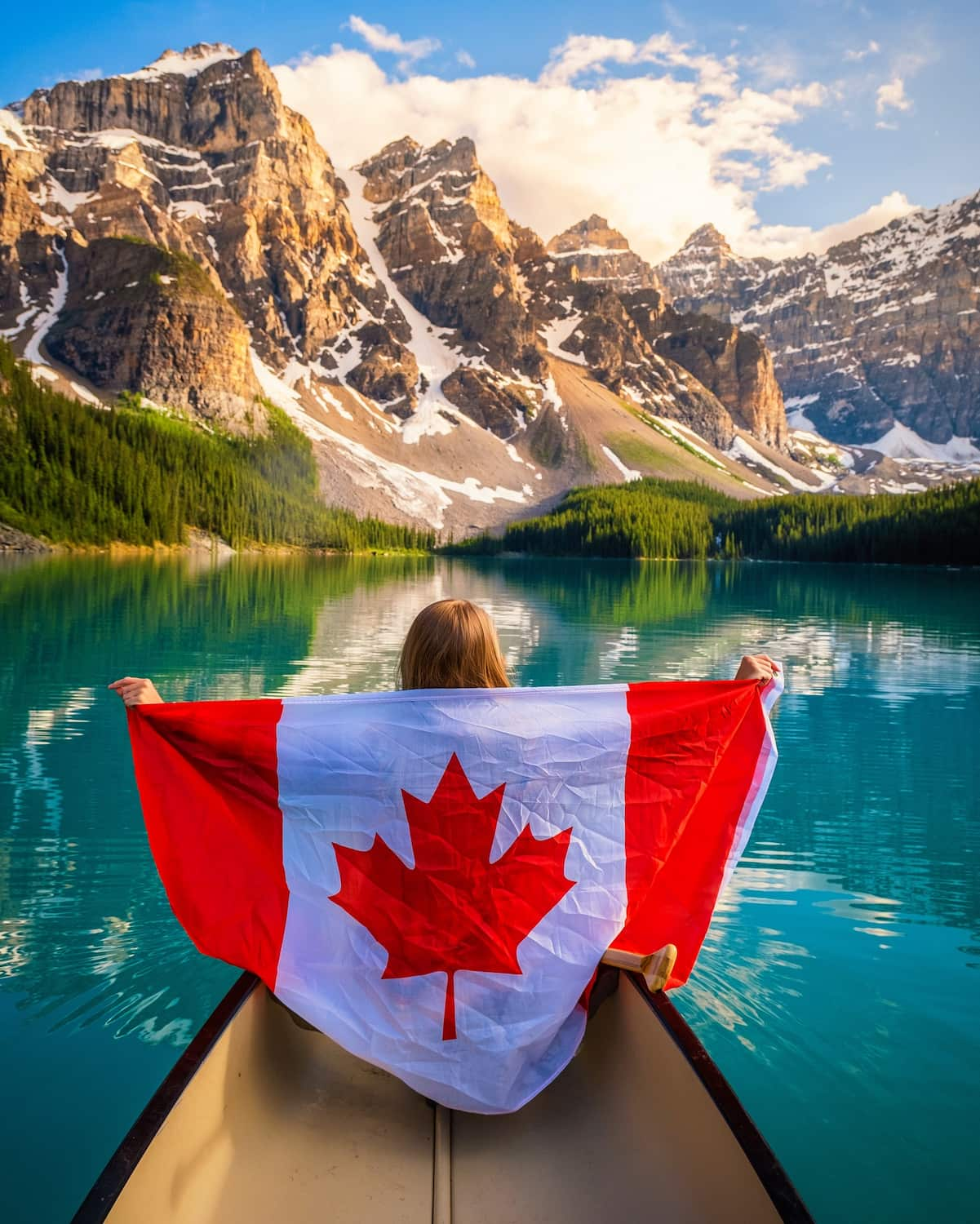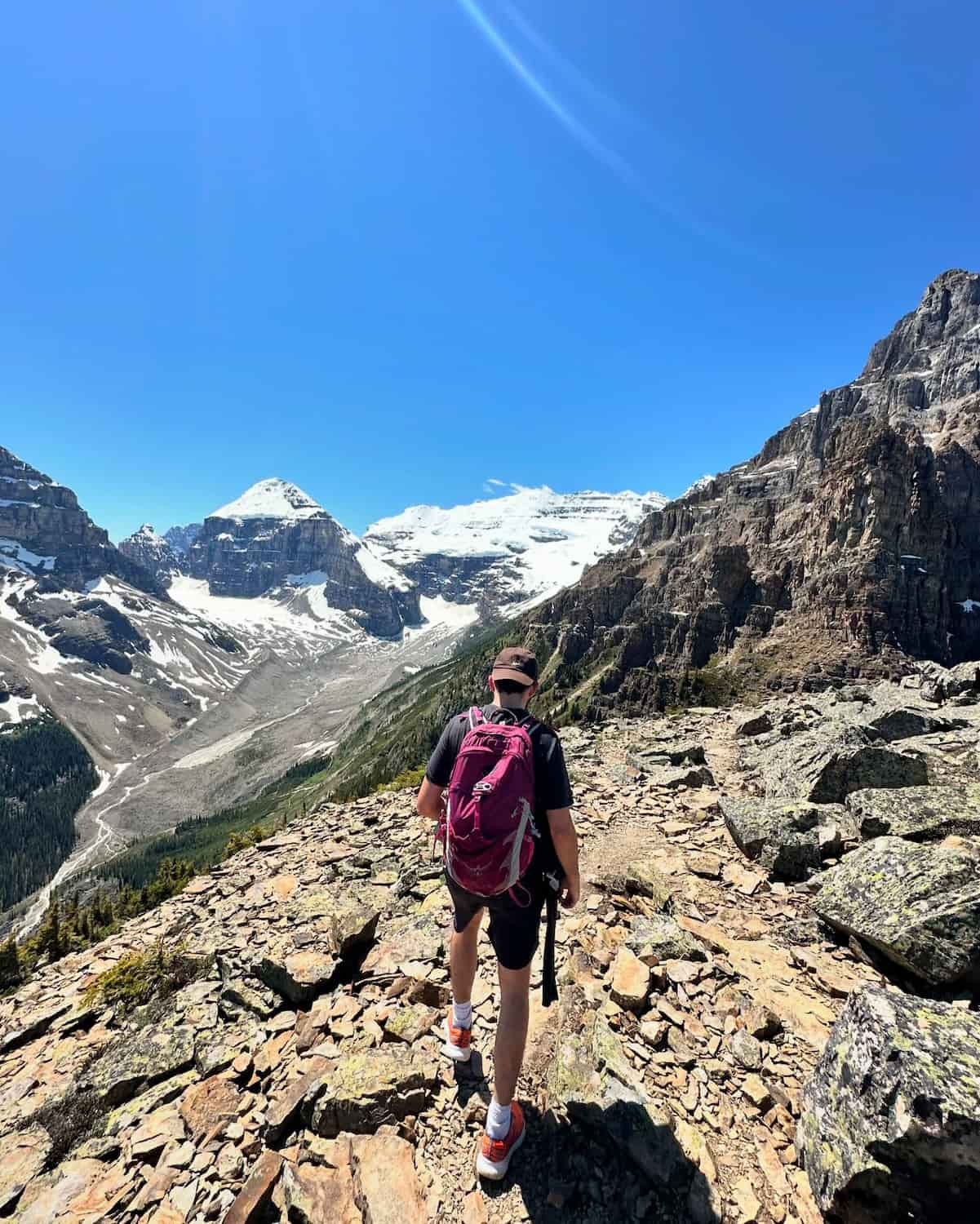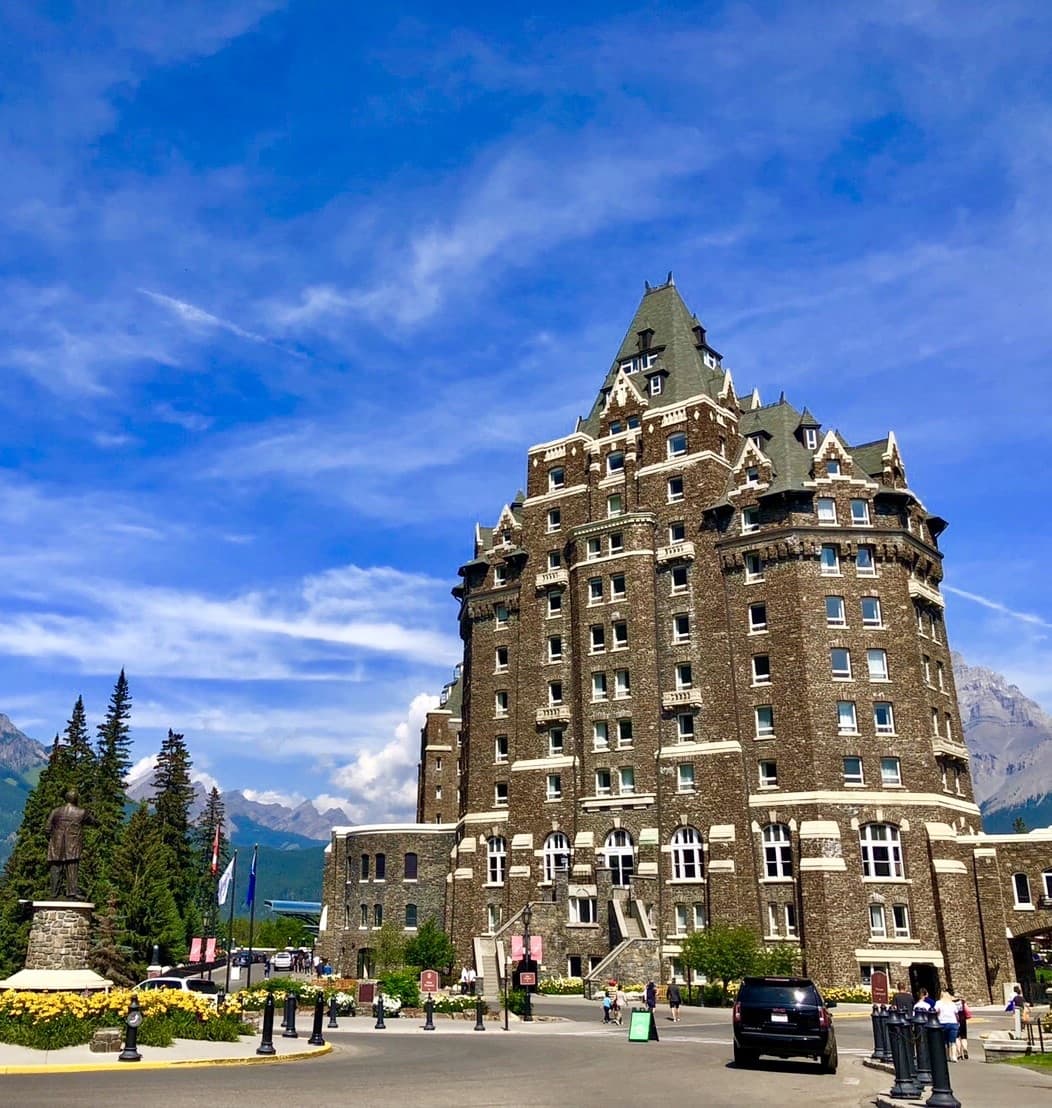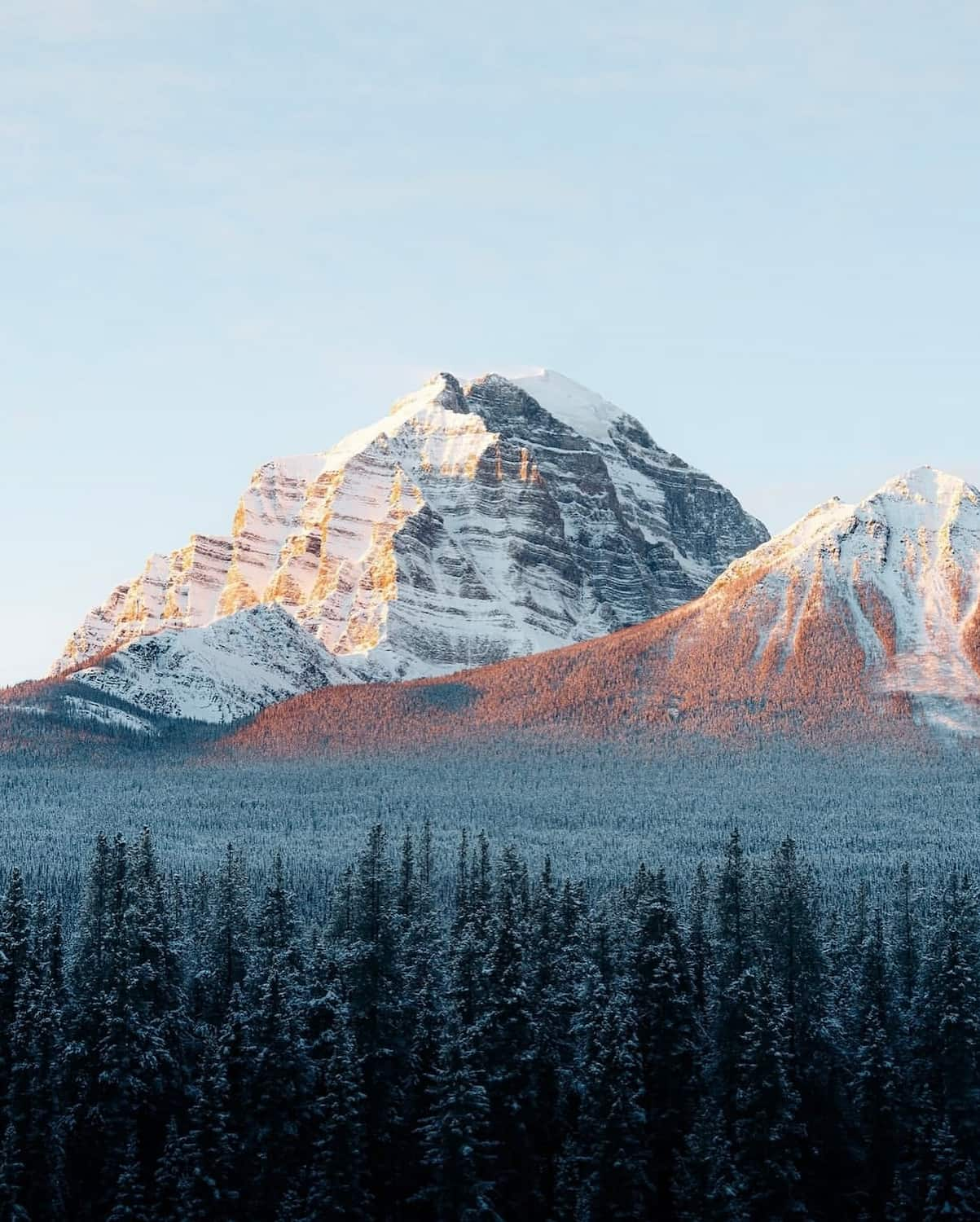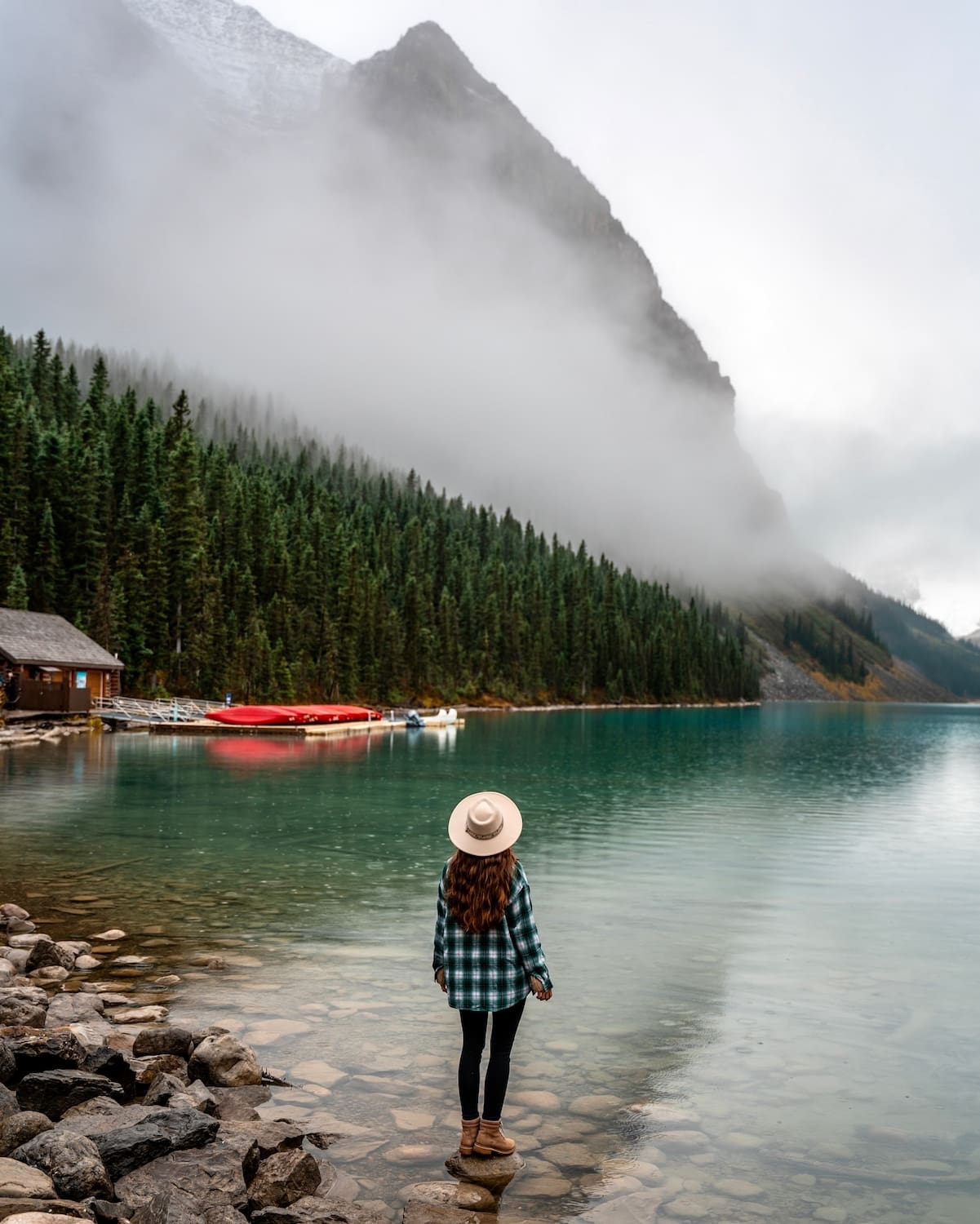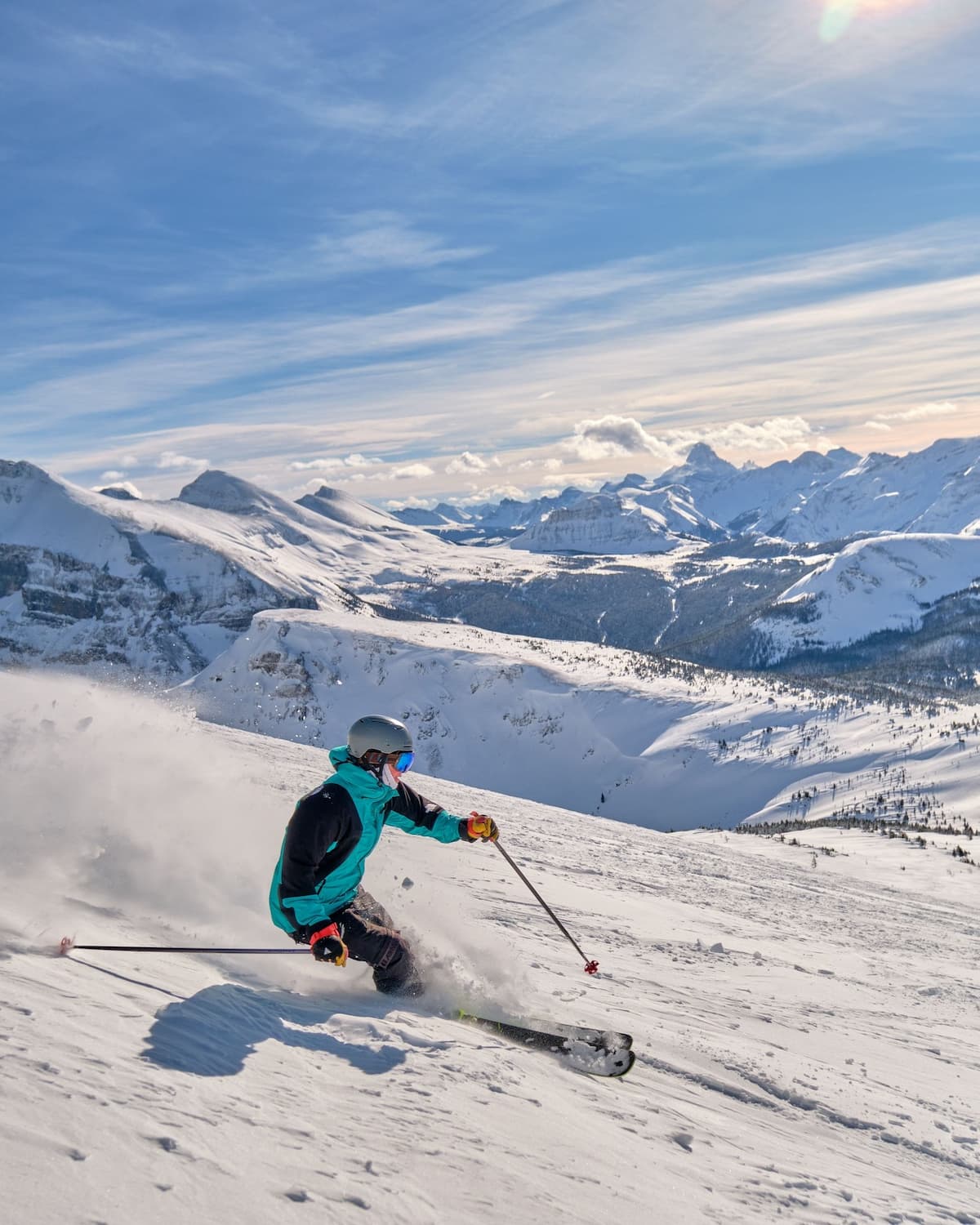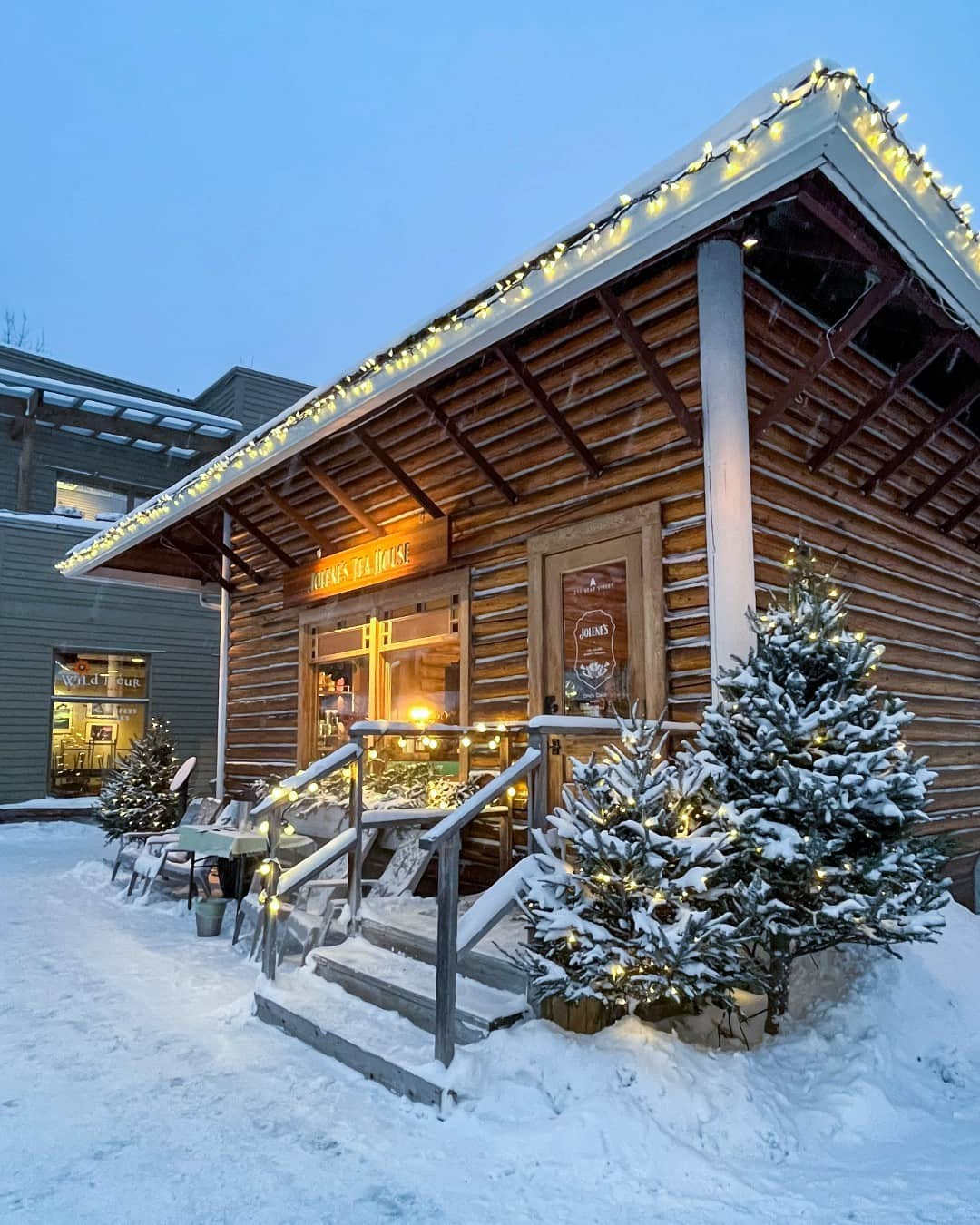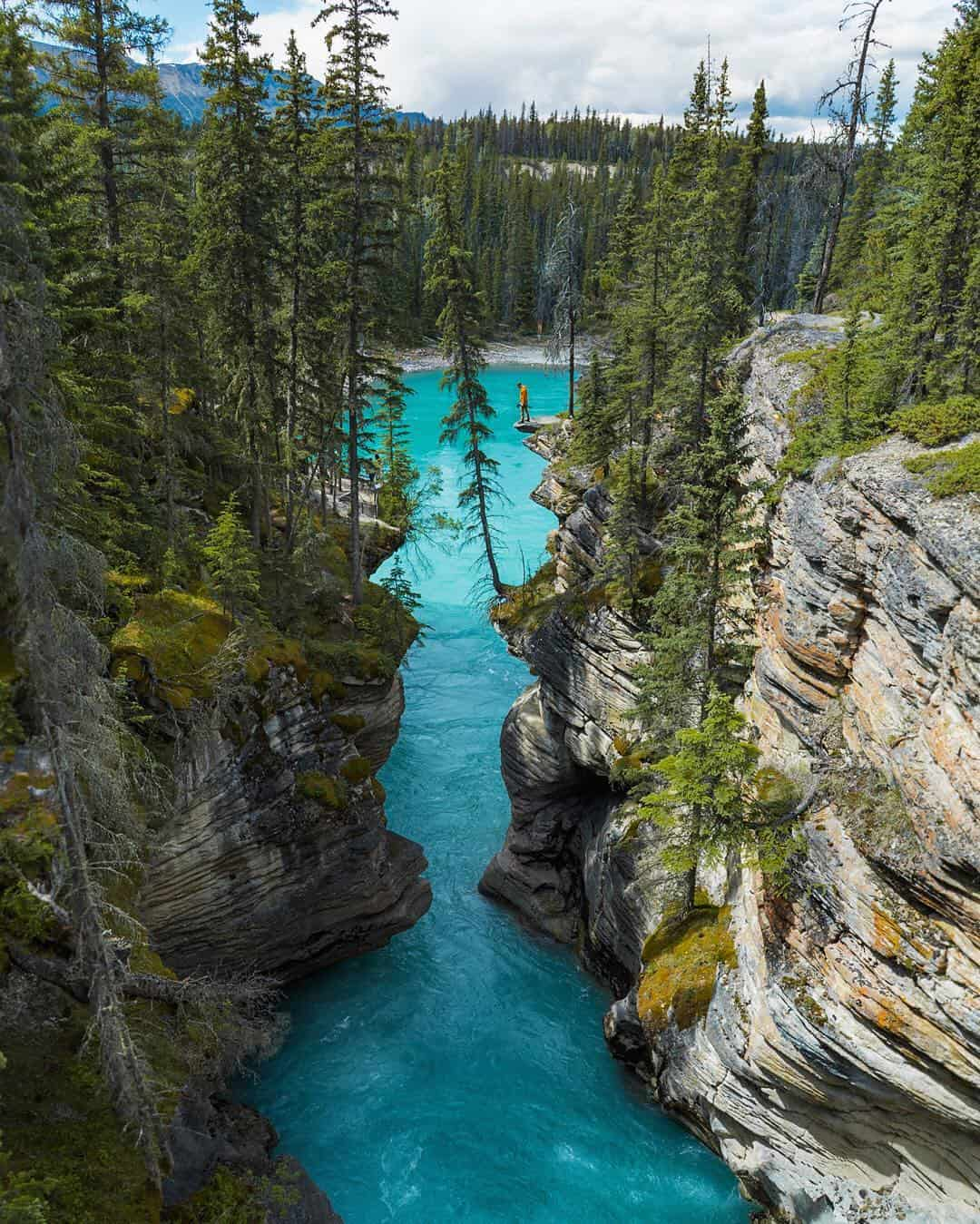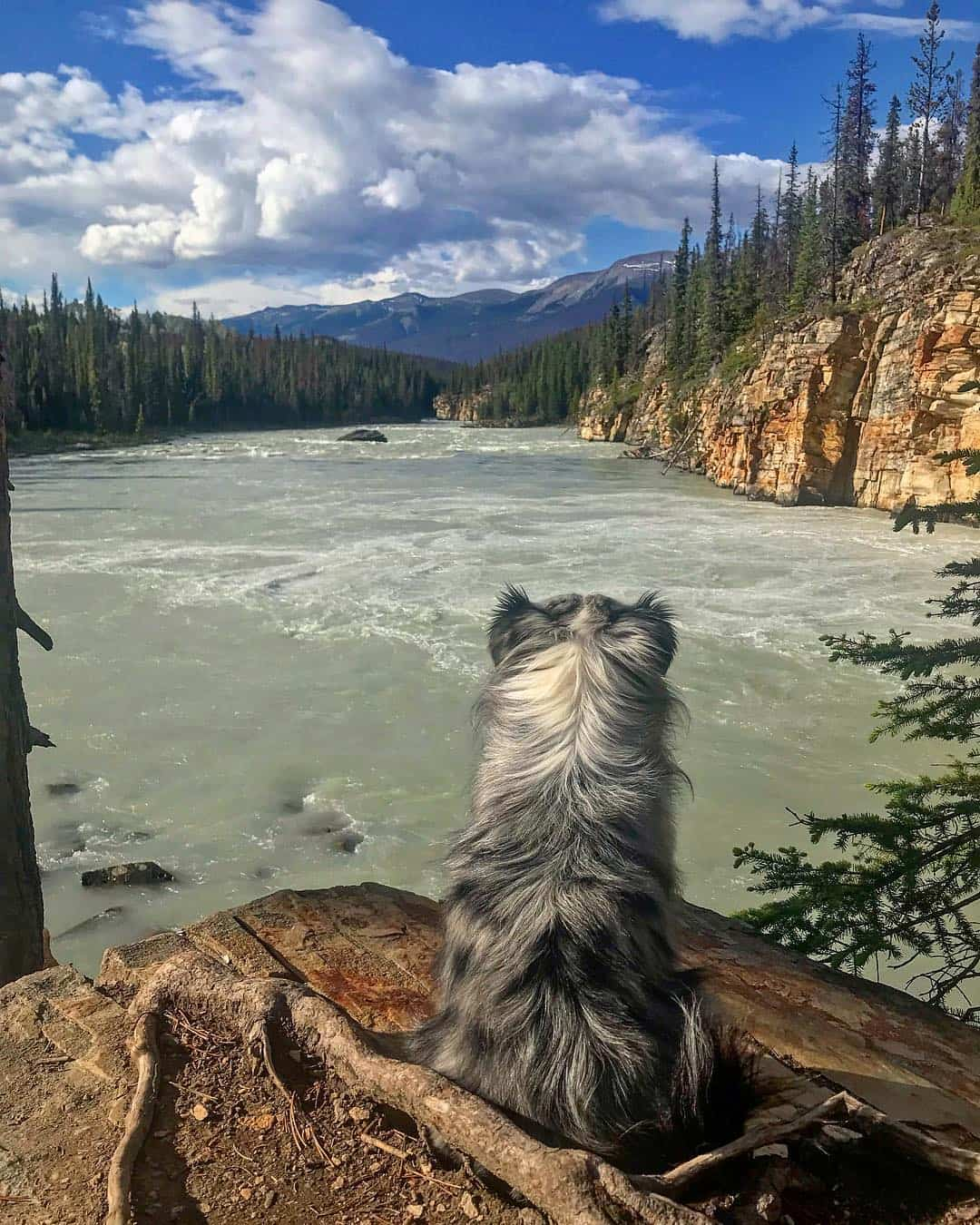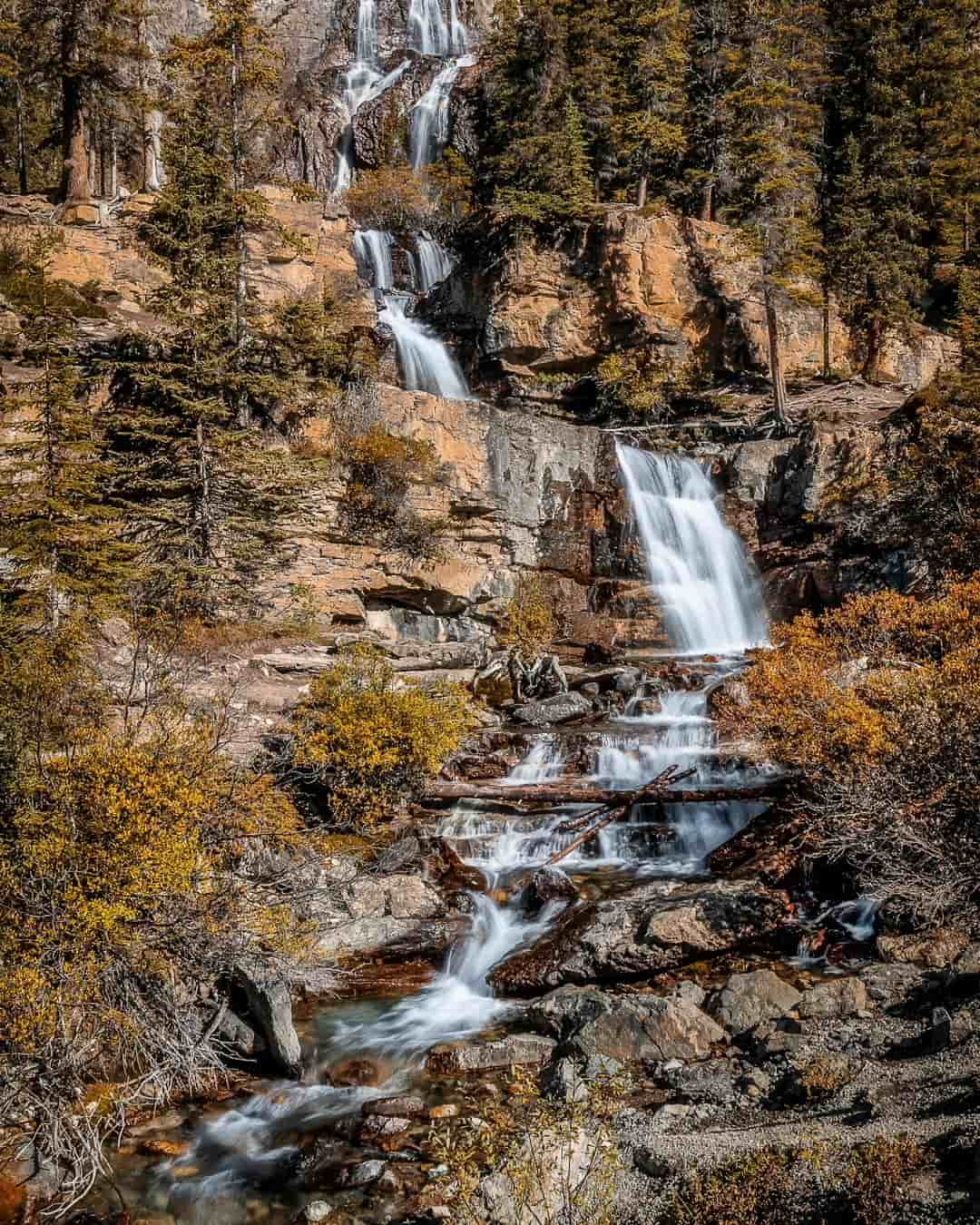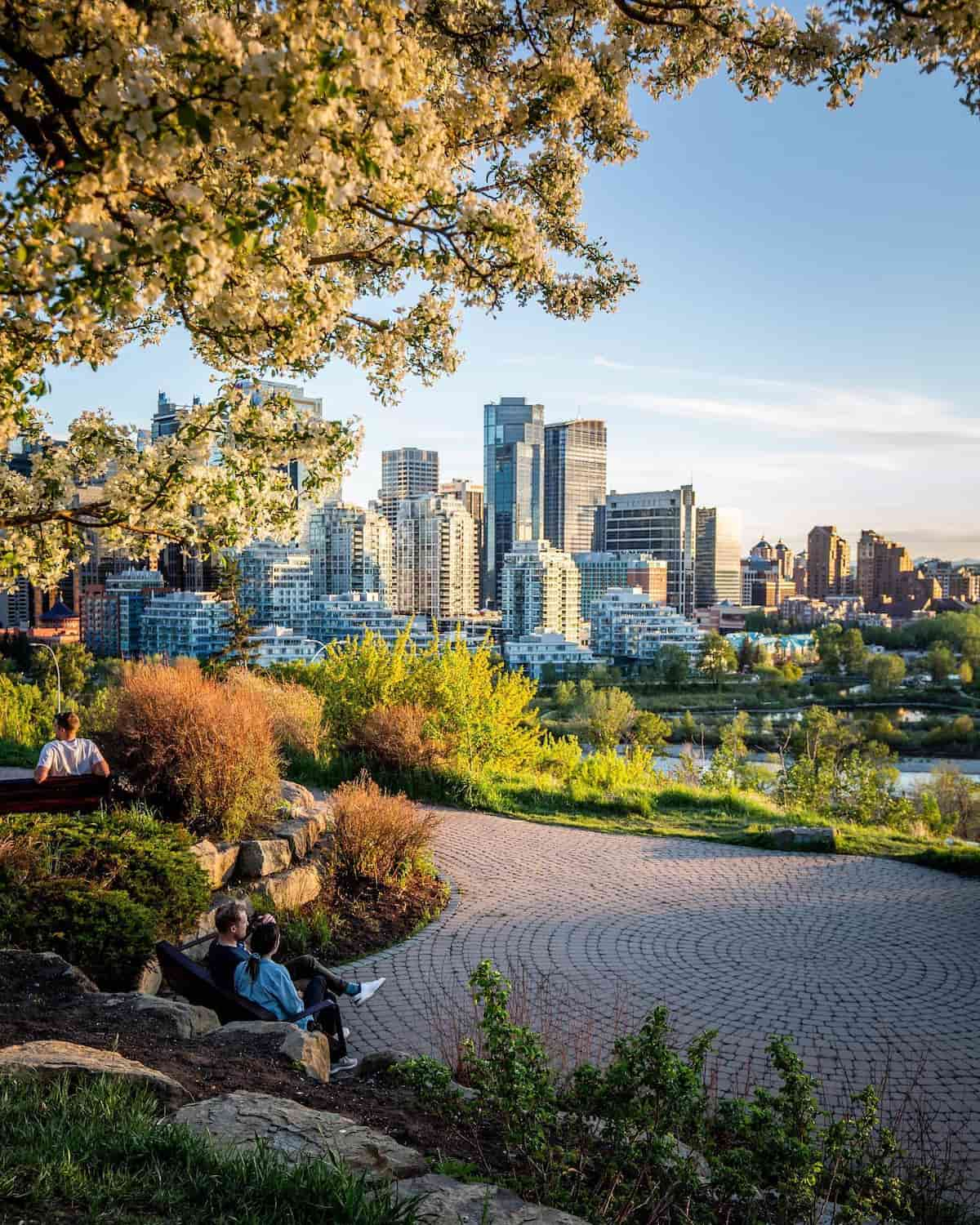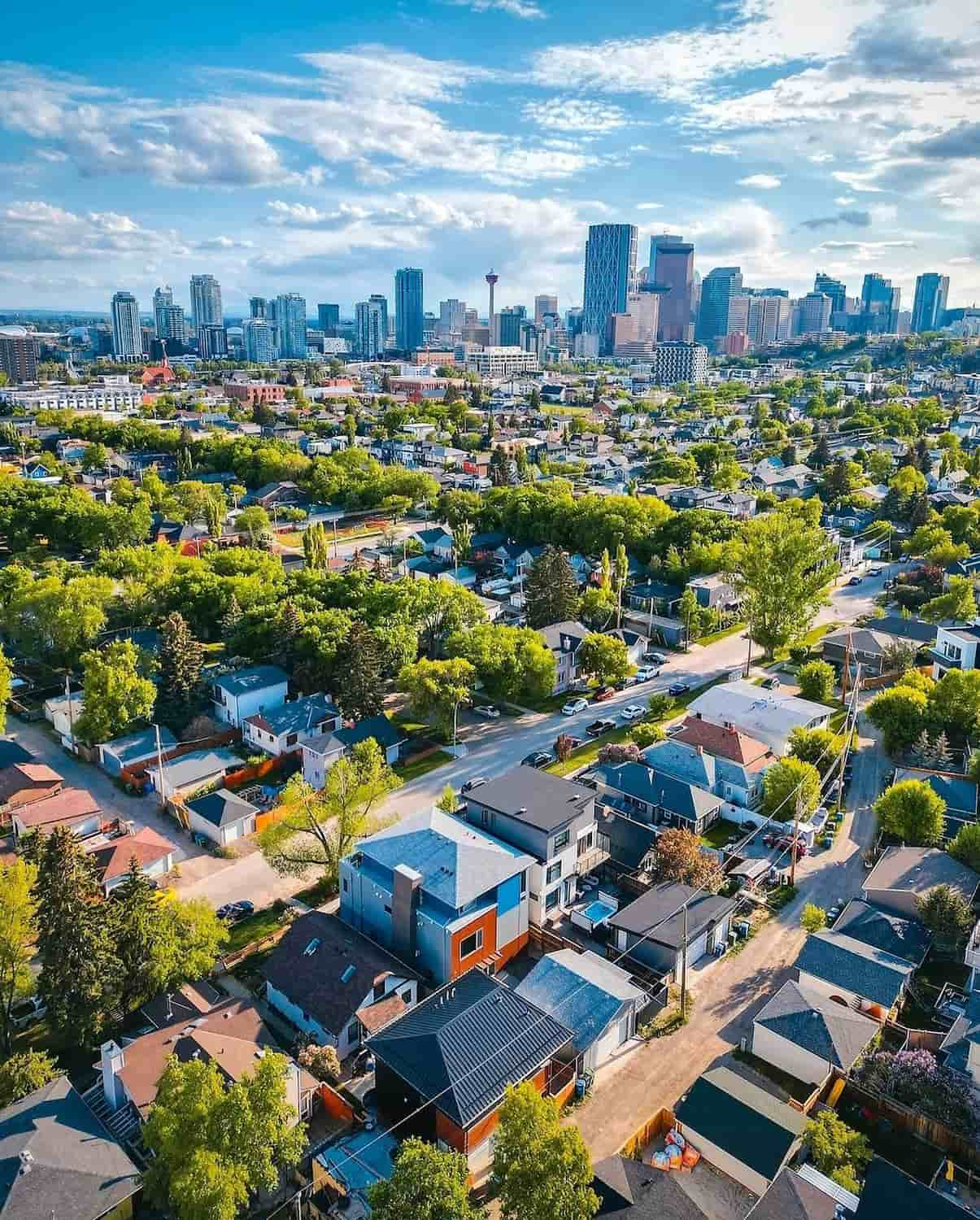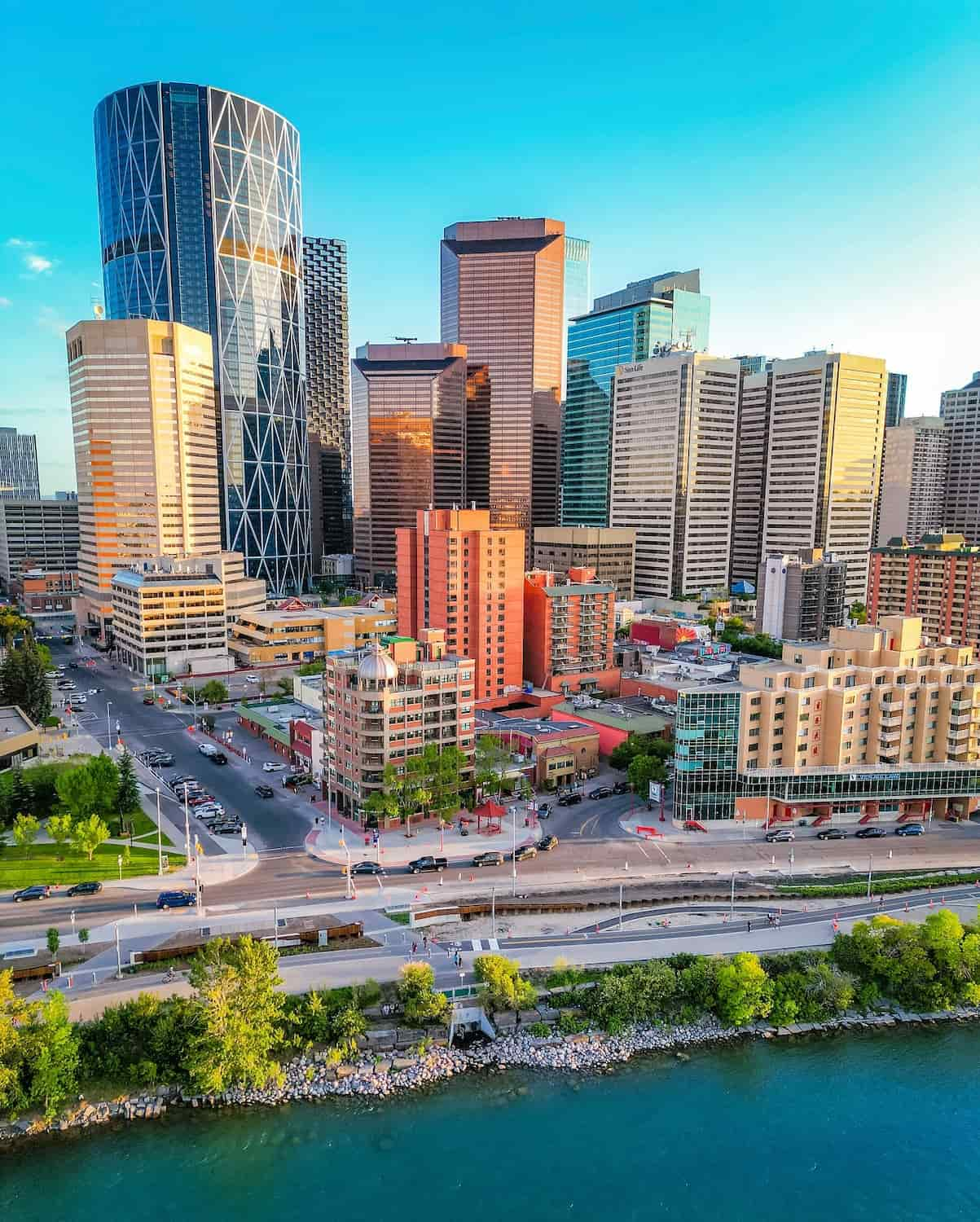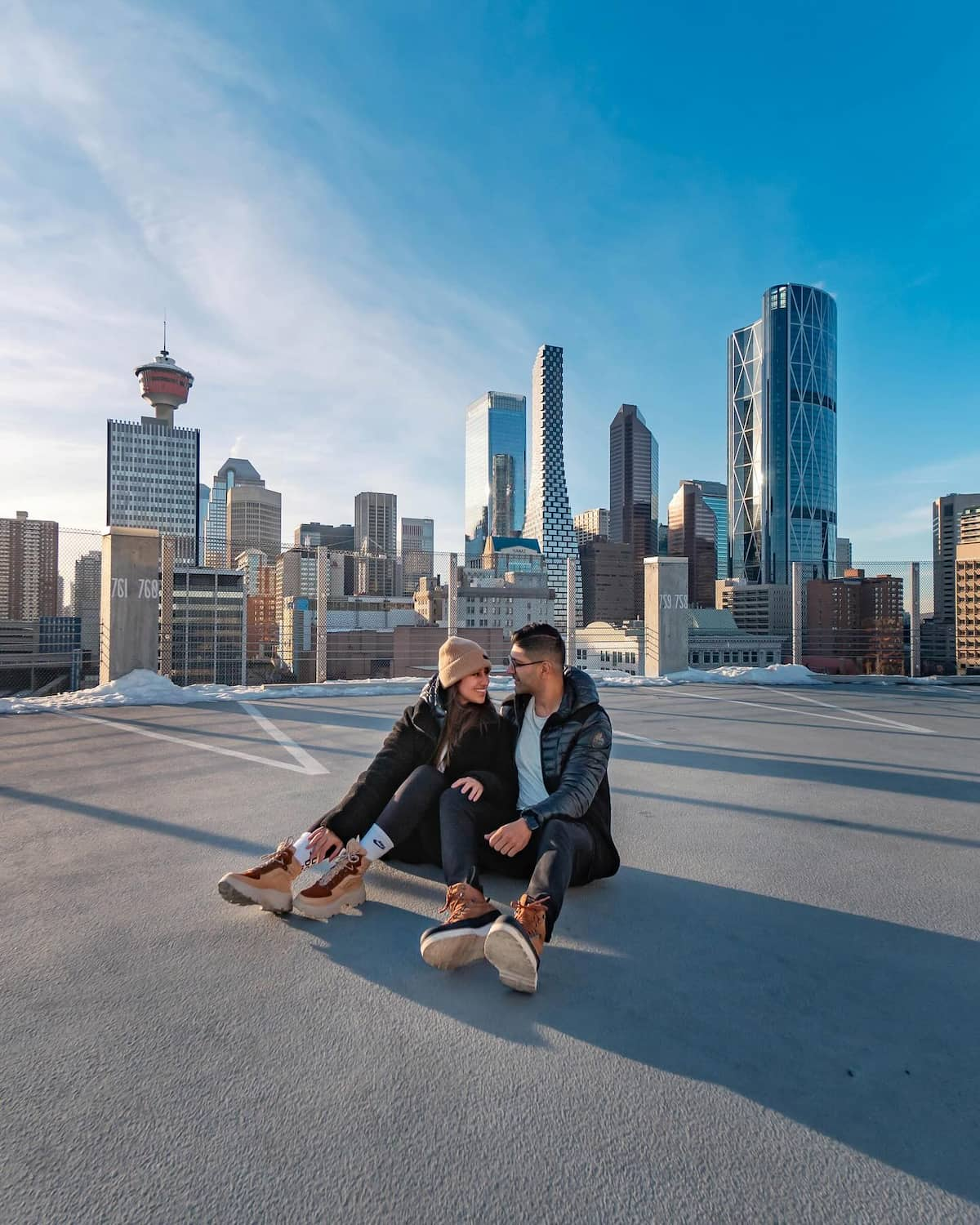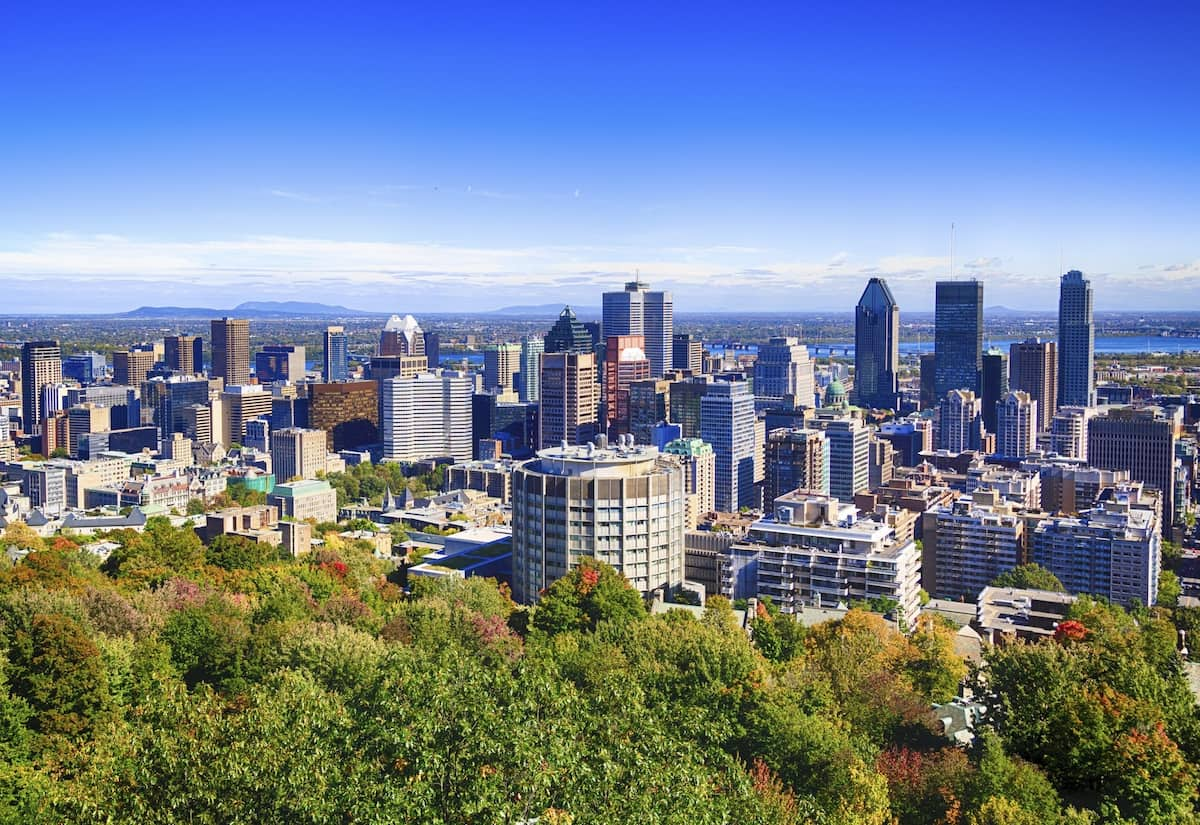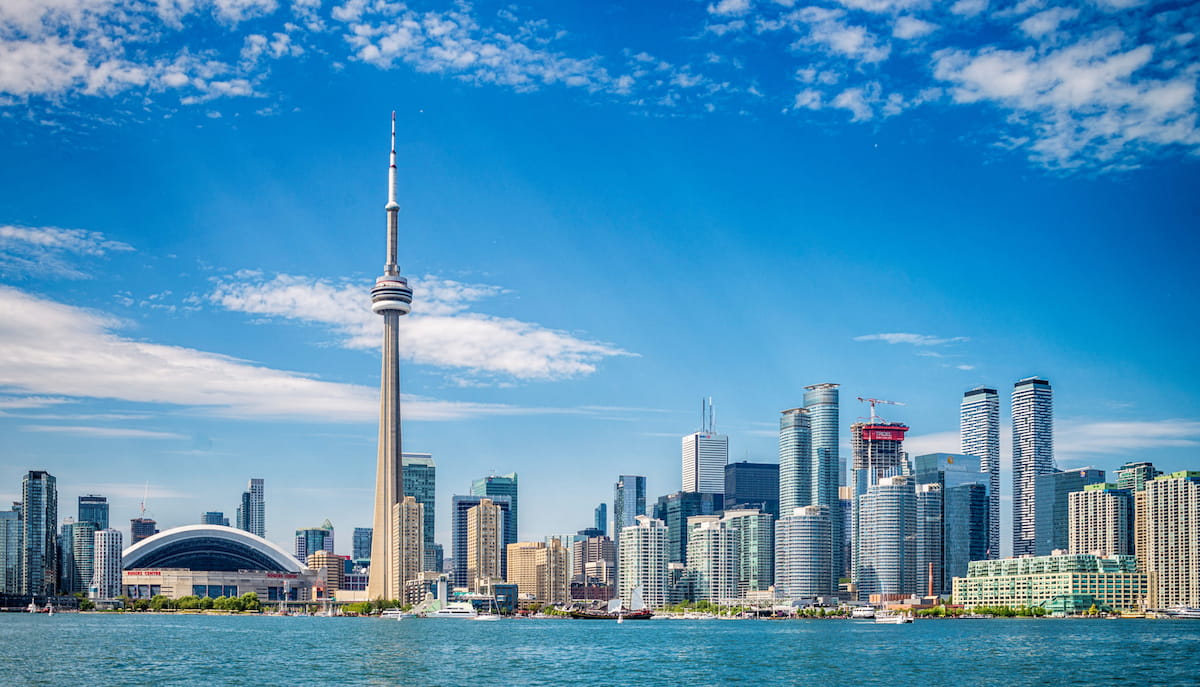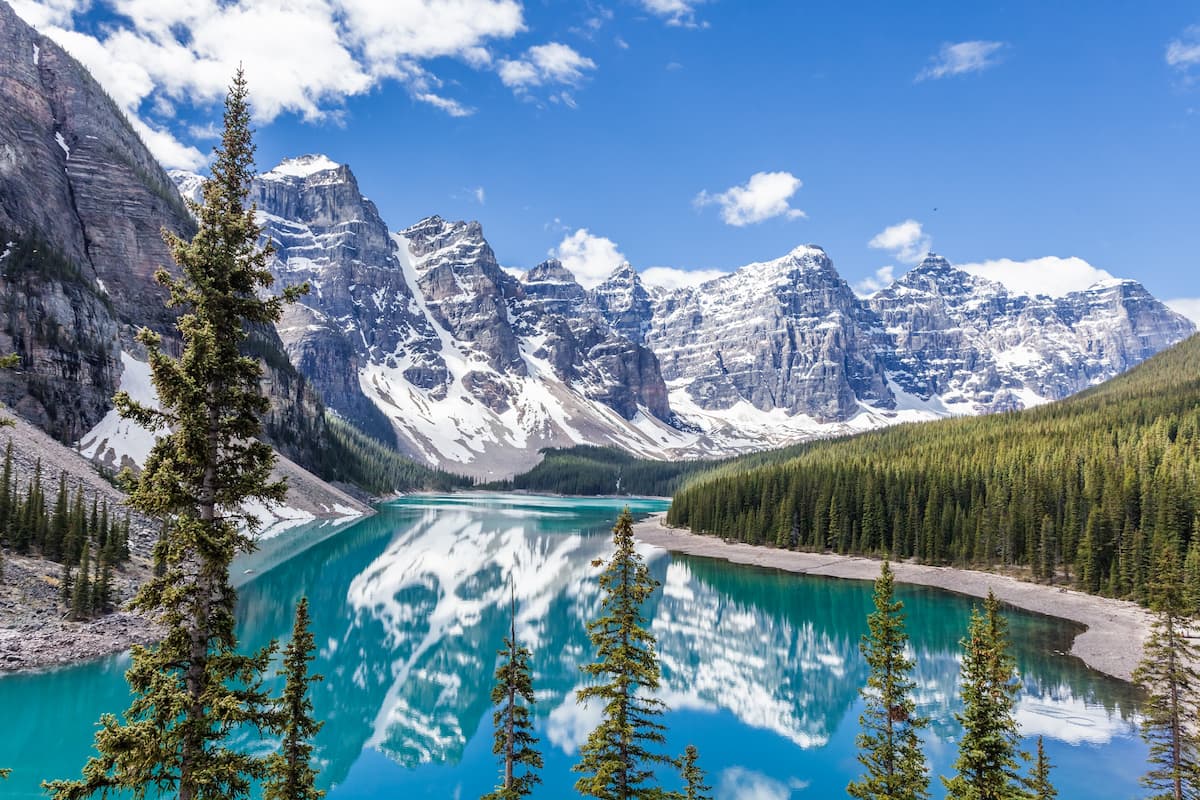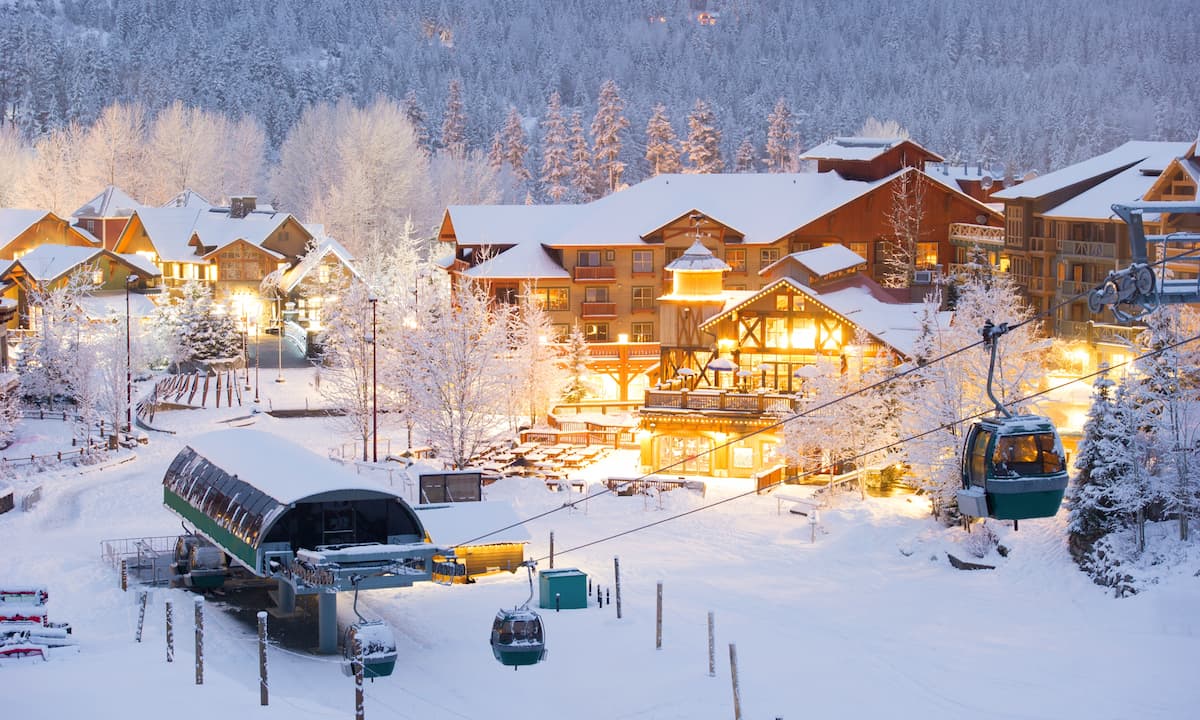Nestled in the heart of the Canadian Rockies, Banff National Park is a year-round paradise for nature lovers and adventure seekers. With its stunning turquoise waters of Lake Louise, majestic peaks, and abundant wildlife, it’s no wonder that visitors flock to this pristine wilderness throughout the year. However, the best time to visit Banff and Lake Louise largely depends on your interests and the experiences you’re seeking.
Summer is the best time to visit Banff for many, with peak season running from June to August. During these months, the weather in Banff is warm and pleasant, making it the perfect time for hiking, canoeing, and exploring the park’s iconic attractions. The road to Moraine Lake reopens, granting access to one of the most photographed scenes in the Canadian Rockies. It’s also an ideal time to ride the Banff Gondola to the top of Sulphur Mountain for breathtaking panoramic views. However, keep in mind that this is also the most popular time to visit Banff, so expect larger crowds and higher prices.
🏡 Where to Stay in Banff
- 💎 Luxury Hotel: Fairmont Banff Springs
- ✨ 5-Star: The Rimrock Resort Hotel
- 🏨 4-Star: Moose Hotel & Suites
- 🛏️ 3-Star: Brewster Mountain Lodge
- 💸 Cheap: Canalta Lodge
- 🏢 Apartment: Banff Rocky Mountain Resort
- 👨👩👧👦 For Families: Buffalo Mountain Lodge
- 🏩 For Couples: Sunshine Mountain Lodge
👩🏫 Top-Rated Banff Tours
- Banff Gondola Ride Admission: This popular tour offers breathtaking views of the Canadian Rockies from the Sulphur Mountain summit. Visitors can enjoy panoramic vistas, interactive exhibits, and dining options at the top. https://www.viator.com/tours/Banff/Banff-Gondola-Ride-Admission/d611-3026P46
- Columbia Icefield Tour with Glacier Skywalk: Experience the stunning Columbia Icefield and walk on the glass-floored Glacier Skywalk. This tour combines natural beauty with thrilling adventure, providing unique perspectives of the Athabasca Glacier. https://www.viator.com/tours/Banff/Ice-Explorer-Glacier-Tour-and-Glacier-Skywalk/d611-3026P48
- Moraine Lake & Lake Louise Tour from Calgary/Banff/Canmore: Explore two of Banff National Park’s most iconic lakes on this guided tour. Witness the turquoise waters of Moraine Lake and the majestic beauty of Lake Louise, surrounded by towering mountains. https://www.viator.com/tours/Alberta/Best-of-Banff-Lake-Louise-Moraine-Lake-1-Day-Tour-from-Calgary/d260-467609P1
- Lake Louise and the Icefield Parkway Full-Day Tour: This comprehensive tour takes you along the scenic Icefield Parkway, showcasing the region’s natural wonders. Highlights include stops at Lake Louise, Bow Lake, and the Columbia Icefield. https://www.viator.com/en-GB/tours/Banff/Lake-Louise-and-the-Icefield-Parkway-sightseeing-tour/d611-47552P2
- Banff National Park Tour with Lake Louise and Moraine Lake: Discover the best of Banff National Park on this guided tour, featuring visits to Lake Louise and Moraine Lake. Learn about the area’s history, geology, and wildlife from knowledgeable guides. https://www.viator.com/tours/Banff/Lake-Louise-and-Moraine-Lake-Tour/d611-3827LL_M
- Johnston Canyon Icewalk from Banff: Experience the winter wonderland of Johnston Canyon on this guided icewalk. Explore frozen waterfalls, ice formations, and stunning scenery while learning about the area’s unique ecosystem. https://www.viator.com/tours/Banff/Johnston-Canyon-Evening-Icewalk/d611-3827P30
- Evening Wildlife Safari in Banff National Park: Embark on a wildlife-spotting adventure in the early evening hours. Increase your chances of seeing elk, deer, bears, and other local fauna in their natural habitat. https://www.viator.com/tours/Banff/Evening-Wildlife-Safari/d611-3827EWS
1. Best Seasons to Visit Banff
Spring (March to May)
🌱 Nature awakens: Spring in Banff is a hidden gem. The crowds are thin, and the park is waking up from its winter slumber. I love hitting the trails this time of year – the wildflowers are just starting to bloom, and you might spot some wildlife emerging from hibernation.
Top Tip: Pack layers! The weather can be unpredictable, swinging from sunny and warm to chilly and snowy in a heartbeat.
Spring highlights:
- Fewer crowds.
- Wildflower blooms.
- Wildlife spotting opportunities.
- Lower accommodation rates.
Summer (June to August)
☀️ Peak adventure: Summer is the best time to go to Banff for many visitors, offering warm temperatures and long daylight hours. It’s the perfect time for hiking, canoeing, and exploring the turquoise waters of Lake Louise. The road to Moraine Lake reopens, allowing access to this iconic destination. While it’s the most popular time to visit Banff, the park’s beauty is in full display, making it worth braving the crowds.
Insider Tip: To beat the crowds, hit popular spots like Lake Louise early in the morning or late in the evening. The light is magical, and you’ll have more space to yourself.
Fall (September to November)
🍁 Golden wonderland: Fall is my favorite time to visit Banff. The landscape transforms into a golden wonderland, and the crisp air is perfect for hiking. Plus, the summer crowds have thinned out, giving you more space to enjoy the park’s beauty.
Don’t miss:
- Larch Valley hike for stunning fall colors.
- Wildlife viewing as animals prepare for winter.
- Banff Craft Beer Festival in November.
Winter (December to February)
❄️ Winter magic: Winter in Banff is a magical experience. The snow-covered peaks and frozen lakes create a real-life winter wonderland. If you’re into winter sports, this is your time to shine. Banff Sunshine and Lake Louise Ski Resort offer world-class skiing and snowboarding.
Even if you’re not a skier, there’s plenty to do:
- Soak in the Banff Upper Hot Springs.
- Try ice skating on Lake Louise.
- Take a magical horse-drawn sleigh ride.
- Chase the Northern Lights on clear nights.
Time Saver: The SkiBig3 pass gives you access to all three major ski resorts in the area – Banff Sunshine, Lake Louise, and Mt. Norquay. It’s a great way to experience all the slopes without the hassle of buying separate tickets.
🏞️ Year-round beauty: No matter when you choose to visit, Banff National Park is sure to leave you in awe. Each season offers its own unique charm and experiences. So pack your bags, and get ready for an unforgettable adventure in one of Canada’s most stunning natural wonders!
2. Regions
Lake Louise Area
🏔️ Alpine paradise: The Lake Louise area is the crown jewel of Banff National Park. I never tire of the stunning turquoise waters framed by towering peaks. In summer, I love to rent a canoe and paddle across the glassy surface. Come winter, the lake transforms into a magical ice skating rink.
Natural Beauty and Outdoor Activities:
- Hiking: Some of my favorite trails are here. The Lake Agnes Trail leads to a charming tea house, perfect for a mid-hike break. The Plain of Six Glaciers Trail offers spectacular views of glaciers and peaks.
- Skiing: In winter, the Lake Louise Ski Resort is a top destination for skiing and snowboarding. With world-class slopes and a long ski season, it’s a must-visit for winter sports enthusiasts.
- Canoeing: Renting a canoe on Lake Louise during the warmer months is a serene way to experience the lake’s beauty up close. The calm waters reflect the surrounding peaks, creating picture-perfect moments.
Insider Tip: Visit early in the morning or late in the evening to enjoy the lake with fewer crowds and catch the best light for photos.
Cultural and Historical Attractions:
🏰 Historic charm: Beyond natural beauty, Lake Louise offers rich cultural experiences:
- Fairmont Chateau Lake Louise: This iconic hotel is not just a place to stay but also a historical landmark. Built in the early 20th century, it offers stunning views and a taste of luxury in the heart of nature.
- Cultural Events: Throughout the year, Lake Louise hosts various cultural festivals and events that celebrate local traditions and heritage. The Ice Magic Festival in January is particularly popular, featuring impressive ice sculptures and competitions.
Banff Town and Vicinity
🏙️ Mountain town charm: Banff town is where the action happens. Strolling down Banff Avenue, you’ll find a mix of shops, restaurants, and galleries. I always make time for a ride on the Banff Gondola – the panoramic views from the top of Sulphur Mountain are unbeatable.
🎨 Cultural Hotspots: Banff is rich in cultural experiences. The Whyte Museum of the Canadian Rockies offers a glimpse into the area’s history and art. Meanwhile, the Banff Centre hosts a variety of cultural events throughout the year, making it a celebrated arts venue. Don’t forget to check out the public art scattered throughout town, including contemporary pieces like the inuksuk.
🚠 Scenic Views: For breathtaking views of the surrounding mountains, take a ride on the Banff Gondola. This 8-minute journey to the summit of Sulphur Mountain provides stunning 360-degree vistas. Once at the top, you can explore hiking trails or dine at the award-winning Sky Bistro.
Don’t miss:
- Whyte Museum for local history and art.
- Park Distillery for locally-made spirits.
- Banff Springs Hotel, even if just for a peek at its grandeur.
Icefields Parkway
🛣️ Scenic drive: The Icefields Parkway connecting Banff to Jasper is hands-down one of the most beautiful drives I’ve ever experienced. It’s best tackled in summer or early fall when the road conditions are optimal. Make sure to stop at Peyto Lake – its vivid blue color looks almost unreal!
Highlights Along the Parkway:
- Peyto Lake: Known for its iconic wolf-head shape, Peyto Lake offers one of the most stunning views along the parkway. It’s a must-stop for photographers and nature lovers alike.
- Bow Lake: This glacier-fed lake provides breathtaking views of Bow Glacier and Crowfoot Glacier. It’s a perfect spot for a picnic or a leisurely walk along its shores.
- Columbia Icefield Skywalk: A thrilling glass-floor walkway that extends over the Sunwapta Valley, offering breathtaking views of glaciers and mountains. It’s an experience that shouldn’t be missed.
- Athabasca Glacier: One of the most accessible glaciers in the world, where you can take guided tours to walk on the ice or ride in massive Ice Explorer vehicles.
Tips for Traveling the Icefields Parkway:
- Plan Your Stops: With long stretches without gas stations or rest stops, it’s essential to plan your journey carefully. The only gas station along the parkway is at Saskatchewan River Crossing, so fuel up beforehand.
- Wildlife Encounters: Keep an eye out for wildlife such as deer, mountain goats, and bears. Always maintain a safe distance and never feed the animals.
- Driving Conditions: Weather can be unpredictable, especially in winter. Ensure your vehicle is equipped with winter tires and check road conditions before setting off.
- Photography Opportunities: The parkway is dotted with countless photo stops. Allow plenty of time to explore and capture the natural beauty of this incredible region.
3. Best Times for Specific Experiences
Avoiding Crowds
🍂 Embrace the shoulder seasons: May and September are my favorite times to visit Banff. The weather is generally pleasant, and you can enjoy popular spots without jostling for space. Plus, you might catch some beautiful wildflowers in spring or stunning fall colors in autumn.
🏔️ Explore hidden gems: While Lake Louise is breathtaking, don’t overlook lesser-known spots. I love Vermilion Lakes for stunning sunsets and sunrises. For a real local experience, try canoeing there instead of just viewing from the shore.
🚗 Take the road less traveled: The Bow Valley Parkway (Highway 1A) is a scenic alternative to the main highway. It’s a wildlife hotspot and perfect for a leisurely bike ride or walk. In 2020, a section was even closed to vehicles, making it even more peaceful.
✨ Night owl adventures: Most tourists clear out by evening, but that’s when some of the magic happens. I had an unforgettable experience stargazing at Lake Minnewanka. The expansive sky surrounded by mountains is truly awe-inspiring.
🏞️ Venture beyond the hotspots: While Banff town is charming, it can get crowded. I found staying just outside of Banff gave us more peace and quiet, plus easier access to some less-visited areas.
Ideal Weather
🌞 Summer sweet spot: In my opinion, July and August offer the most ideal weather for general sightseeing and outdoor activities. Average daytime temperatures hover around a comfortable 22°C (72°F). This is perfect for hiking, canoeing, and exploring the stunning turquoise lakes without freezing or overheating.
Key benefits of summer weather:
- Long daylight hours (up to 16 hours).
- Warm temperatures for outdoor activities.
- Lakes are ice-free and at their most vibrant blue.
- Wildflowers in bloom.
🍁 Autumn allure: If you prefer slightly cooler temperatures and don’t mind a bit of variability, September can be magical. Daytime temperatures range from 5°C to 15°C (41°F to 59°F). The fall colors are spectacular, especially the golden larches, and the crowds thin out after Labor Day.
However, keep in mind that mountain weather is notoriously unpredictable. Even in summer, nighttime temperatures can drop close to freezing. Always pack layers, regardless of when you visit.
💡 Insider Tip: If you want to avoid peak crowds but still enjoy pleasant weather, aim for late May or early September. You’ll get milder temperatures and a good chance of sunny days, but with fewer tourists than the height of summer.
Cultural Events and Festivals
🎭 Banff Centre Mountain Film and Book Festival: This is one of my absolute favorites! Held annually in late October to early November, it’s a celebration of mountain culture and adventure. The festival showcases films, books, and speakers from around the world. I love how it brings together outdoor enthusiasts, filmmakers, and authors in one inspiring event.
🎨 Banff Summer Arts Festival: Running from June to August, this festival transforms Banff into a hub of creativity. I’ve seen everything from dance performances and concerts to art exhibitions and literary events. It’s a great way to experience world-class art against the backdrop of the stunning Rocky Mountains.
❄️ SnowDays Festival: If you’re visiting in January, don’t miss this winter celebration. The highlight for me is always the impressive snow sculptures scattered throughout town. There’s also an ice carving competition at Lake Louise called Ice Magic that’s truly spectacular.
🍺 Banff Craft Beer Festival: Held in November, this event showcases some of Alberta’s best craft breweries. It’s a fun way to taste local flavors and mingle with fellow beer enthusiasts. The historic Cave and Basin National Historic Site serves as a unique venue, adding to the experience.
🎄 Christmas in Banff: The holiday season in Banff is magical. From mid-November through December, there are various festive events including the Santa Claus Parade of Lights, Christmas markets, and the enchanting “In Search of Christmas Spirit” storytelling walk.
🍁 Canada Day Celebrations: July 1st is always a big day in Banff. The town goes all out with parades, live music, and fireworks. It’s a great time to experience Canadian culture and patriotism in one of the country’s most iconic settings.
4. Month-by-Month Guide
❄️ Winter Wonderland: January is peak winter in Banff, with plenty of snow for skiing and snowboarding. The SnowDays Festival in Banff town features stunning snow sculptures and winter-themed art. It’s a magical time to ice skate on Lake Louise with mountain backdrops.
⛷️ Prime Skiing: February is the heart of winter, perfect for skiing and snowboarding at nearby resorts like Sunshine Village and Lake Louise Ski Resort. The days start to get longer, giving you more time for winter activities like ice walks and tubing.
🌨️ Spring Snow: March often sees the biggest snowfall of the year, making it a fantastic time for skiing. As temperatures warm slightly, it’s also a great time to enjoy cozy evenings by the fireplace after a day on the slopes.
🌸 Hidden Gem: April is a transitional month with moderate temperatures ranging from 2°C to 10°C. Skiing conditions remain excellent, but you can also start enjoying some early spring hikes as the snow begins to melt.
🌿 Spring Awakens: In May, the frozen lakes thaw, and rivers flow again. More hiking trails open up, and wildlife becomes more active. It’s a picturesque shoulder season perfect for exploring without the summer crowds.
🏞️ Summer Begins: June marks the transition to summer with stunning turquoise lakes and rising temperatures. It’s an ideal time for hiking, picnics, and water sports like kayaking and rafting as locals embrace the long days.
🍃 Canada Day Celebrations: July is bustling with activity as Banff celebrates Canada Day with parades and festivities. It’s the busiest month, perfect for canoeing and hiking, but be prepared for higher rates and larger crowds.
☀️ Peak Season: August is prime time in Banff with everything open and nature at its most impressive. Long sunny days are perfect for lake cruises, horseback riding, and exploring the vibrant landscapes.
🍁 Fall Colors: September brings cooler temperatures and fewer crowds. It’s the best time to see golden larches and enjoy world-class hiking with wildlife often more visible as tourists dwindle.
🎃 Cultural Festivities: October sees temperatures drop but offers bright sunshine. Events like Banff Pride and Banff Springs Food and Wine Festival add cultural richness to your visit.
🏂 Ski Season Starts: November marks the start of ski season with quieter slopes and better accommodation deals. Events like the Banff Craft Beer Festival make it a great time to visit for skiing enthusiasts.
🎄 Festive Spirit: December is filled with wintery weather perfect for skiing. Banff’s vibrant Christmas markets offer seasonal gifts, making it a popular month for winter tourism despite the cold temperatures.
5. Combining Banff with Other Destinations
Banff and Jasper National Parks
🚗 The Ultimate Road Trip: The drive between Banff and Jasper along the Icefields Parkway is often rated as one of the most beautiful in the world. It’s about 288 kilometers (179 miles) and typically takes around 3.5 hours without stops, but trust me, you’ll want to take your time. The journey is filled with breathtaking vistas, glaciers, and waterfalls.
Must-See Stops:
- Peyto Lake: Known for its vibrant turquoise color, this lake offers stunning views from its overlook.
- Athabasca Falls: A powerful waterfall that showcases the force of nature.
- Columbia Icefield: Take a guided tour onto the Athabasca Glacier for an unforgettable experience.
🏞️ Exploring Banff National Park: Start your journey in Banff, Canada’s first national park. The town of Banff is a lively hub with plenty to see and do.
- Lake Louise: Canoe on its turquoise waters or hike to the Lake Agnes Tea House.
- Moraine Lake: Visit early in the morning for serene views without the crowds.
- Banff Gondola: Ride to the top of Sulphur Mountain for panoramic views.
🌲 Discovering Jasper National Park: Jasper offers a more tranquil experience with its vast wilderness and fewer crowds.
- Maligne Canyon: Explore this deep canyon with its stunning rock formations.
- Spirit Island on Maligne Lake: Take a boat tour to this iconic spot known for its picturesque beauty.
- Jasper SkyTram: Ascend Whistlers Mountain for breathtaking views of the surrounding peaks.
🚍 Travel Tips:
- Transportation: Renting a car gives you flexibility to explore at your own pace. If you prefer not to drive, consider taking a shuttle service like SunDog Tours, which offers convenient travel between Banff and Jasper with stops at key attractions.
- Accommodation: Book well in advance, especially during peak summer months. Options range from luxury hotels like Fairmont properties to campgrounds for those seeking a closer connection with nature.
Banff and Calgary
🛣️ Scenic Drive from Calgary to Banff: The drive from Calgary to Banff is both convenient and picturesque. You have two main routes to choose from:
- Trans-Canada Highway (Highway 1): This is the fastest route, taking about 1.5 hours. It offers stunning mountain views and easy access to Banff National Park.
- Bow Valley Trail (Highway 1A): For a more leisurely drive, take this scenic route through charming towns like Canmore. The views are breathtaking, making it worth the slightly longer travel time.
If you prefer not to drive, there are several shuttle services like Banff Airporter and Brewster Express that offer convenient transfers from Calgary to Banff.
🌆 Exploring Calgary: Calgary is a vibrant city with plenty of attractions and activities to enjoy before or after your time in Banff.
- Cultural Attractions: Visit the Glenbow Museum or explore Studio Bell, home of the National Music Centre. The Calgary Tower offers panoramic views of the city and surrounding mountains.
- Outdoor Activities: Just a short drive from downtown, you can enjoy hiking, kayaking, or mountain biking in nearby areas like Nose Hill Park or Fish Creek Provincial Park.
- Dining and Nightlife: Calgary boasts a lively restaurant scene with diverse culinary options. Whether you’re in the mood for fine dining or casual bites, there’s something for every taste.
🚍 Travel Tips:
- Transportation Options: Renting a car gives you flexibility to explore both destinations at your own pace. Alternatively, shuttles provide a stress-free way to travel between Calgary and Banff.
- Timing Your Visit: Both locations are beautiful year-round. Summer offers ideal conditions for hiking and sightseeing, while winter provides opportunities for skiing and snowboarding.
❓ FAQ
What is the best time to visit Banff?
The best time to visit Banff largely depends on what activities you want to do. The summer months, particularly from June to August, are the most popular due to mild weather and fully accessible trails, lakes, and tourist facilities. This period is ideal for hiking, boating, and wildlife viewing. However, if you prefer fewer crowds and enjoy fall colors, September and early October are also excellent times to visit.
How many days do you need in Banff?
To fully experience Banff National Park, it’s recommended to spend between two to six days. This allows enough time to explore the vibrant town of Banff, enjoy outdoor adventures like hiking and canoeing, and take in the stunning scenery.
What activities are available in Banff National Park?
Banff offers a wide range of activities throughout the year. In summer, popular activities include hiking, boating, canoeing, fishing, and horse riding. The park’s many lakes provide opportunities for water-based enjoyment like kayaking and canoeing. During winter, skiing and snowboarding are major attractions, with access to several ski areas.
Is Banff worth visiting in winter?
Yes, Banff is worth visiting in winter for its stunning snowy landscapes and winter sports opportunities. The resort towns of Lake Louise and Banff provide access to popular ski areas as well as other winter activities like ice skating and snowshoeing. Winter also offers the chance to see the northern lights.
Do I need a National Park Pass for Banff?
Yes, a valid National Park Pass is required to visit Banff National Park. Passes can be purchased online or at park entry points. Options include a day pass or a Discovery Pass, which grants access to all Canadian national parks for one year. These fees contribute to conservation efforts and park maintenance.
